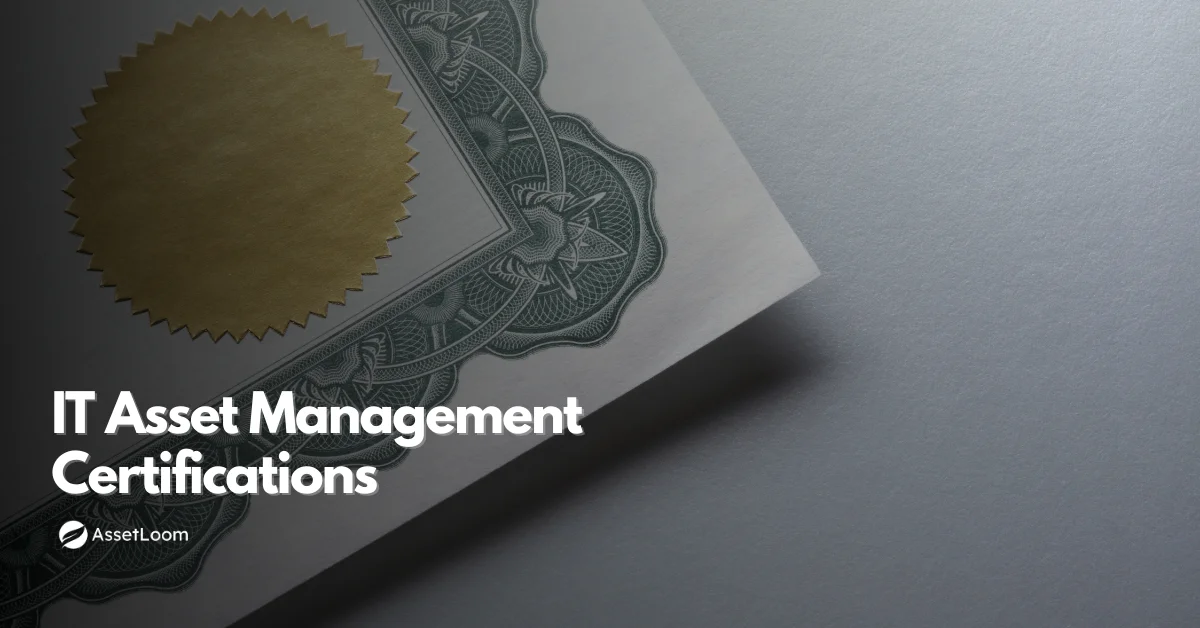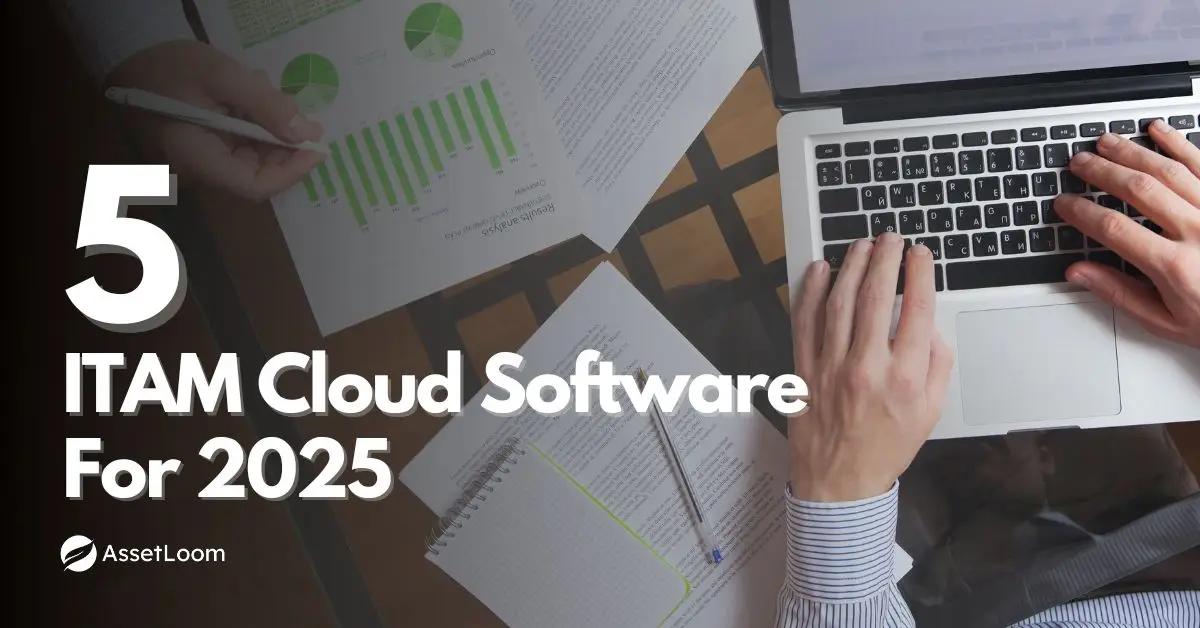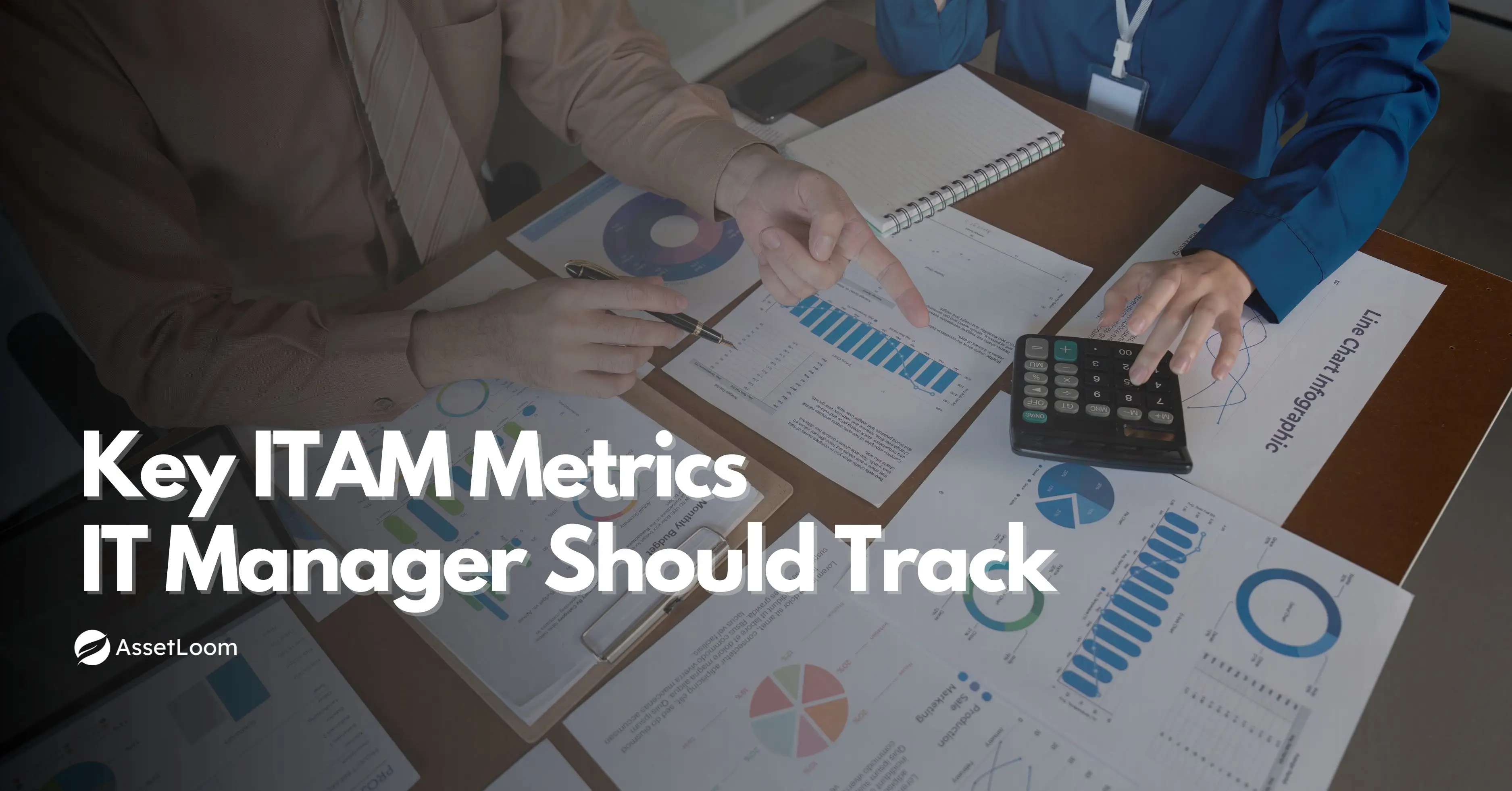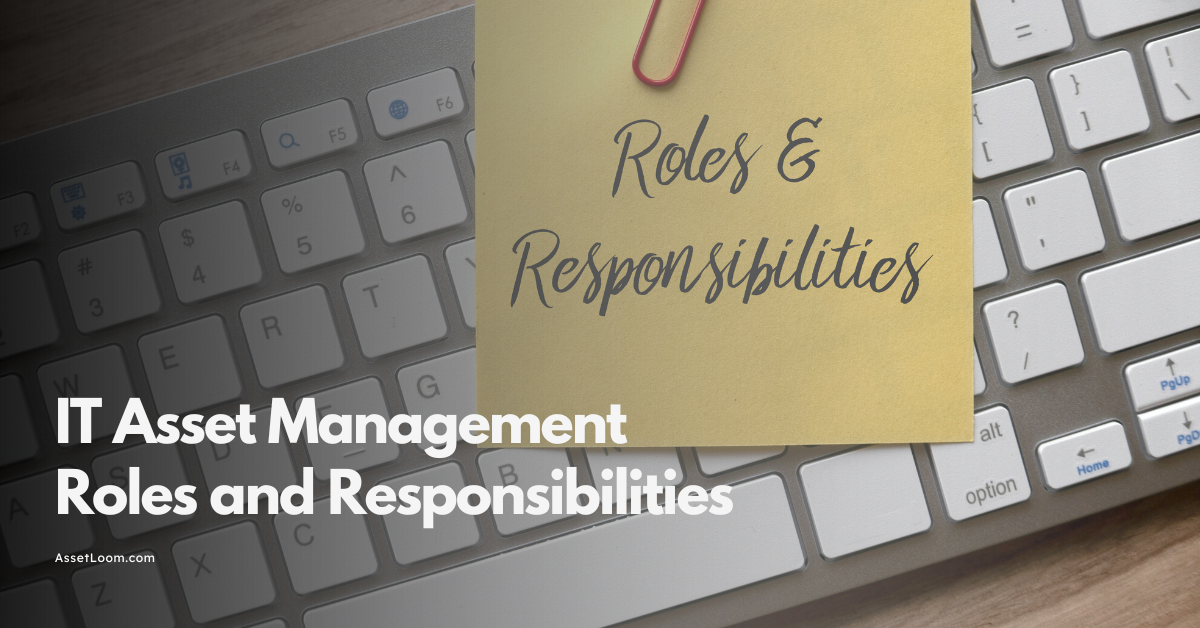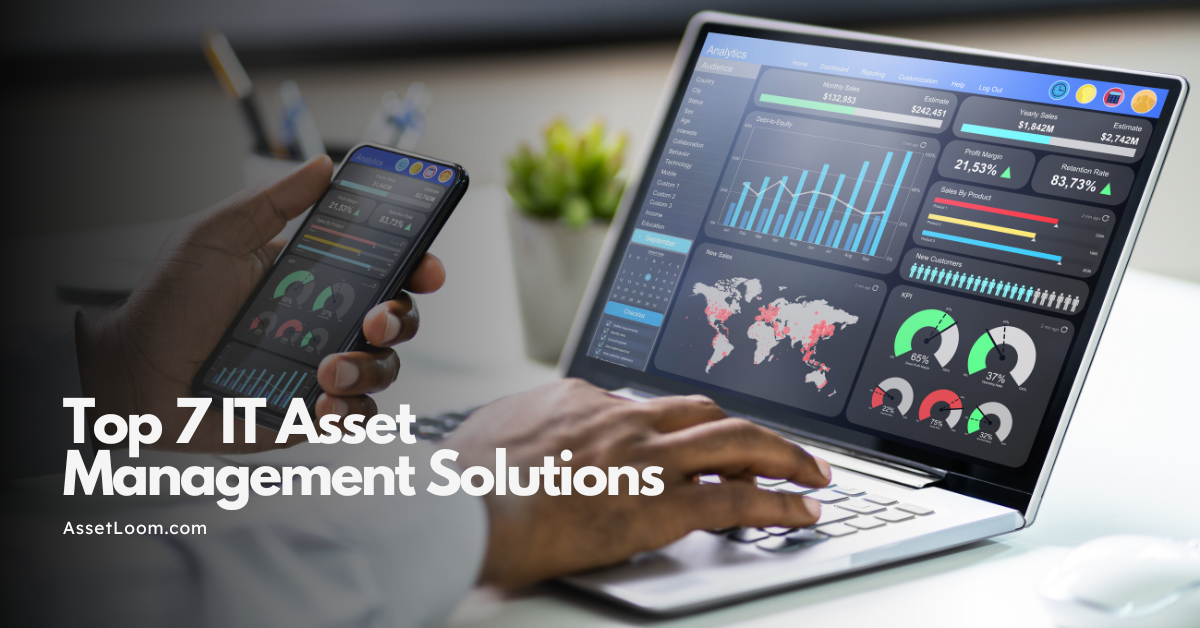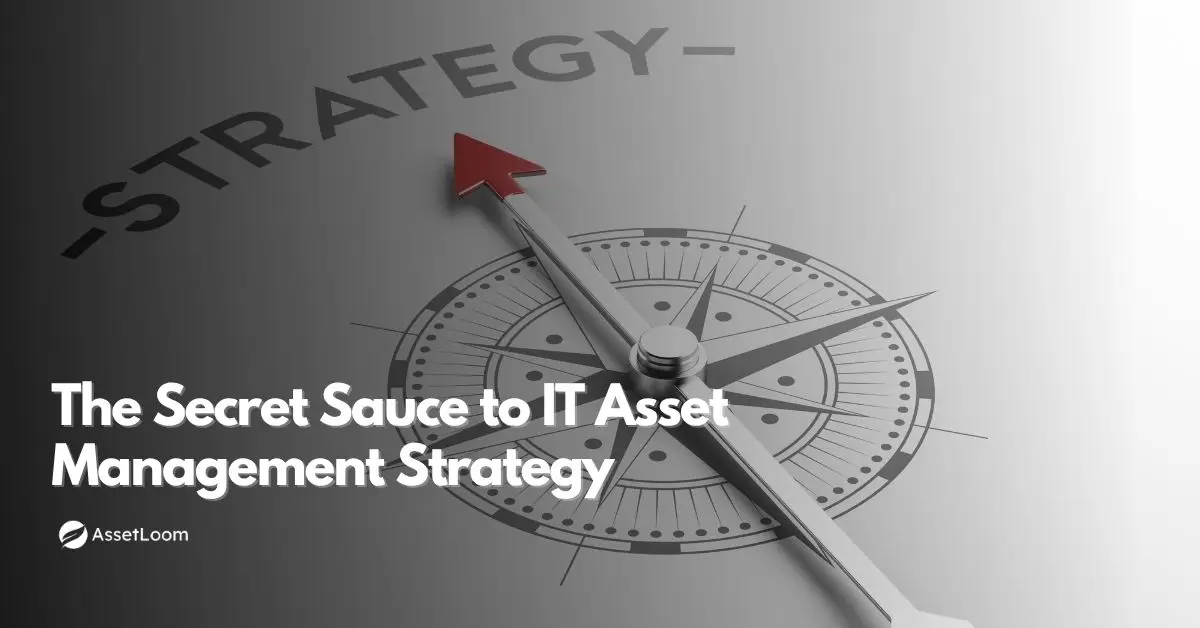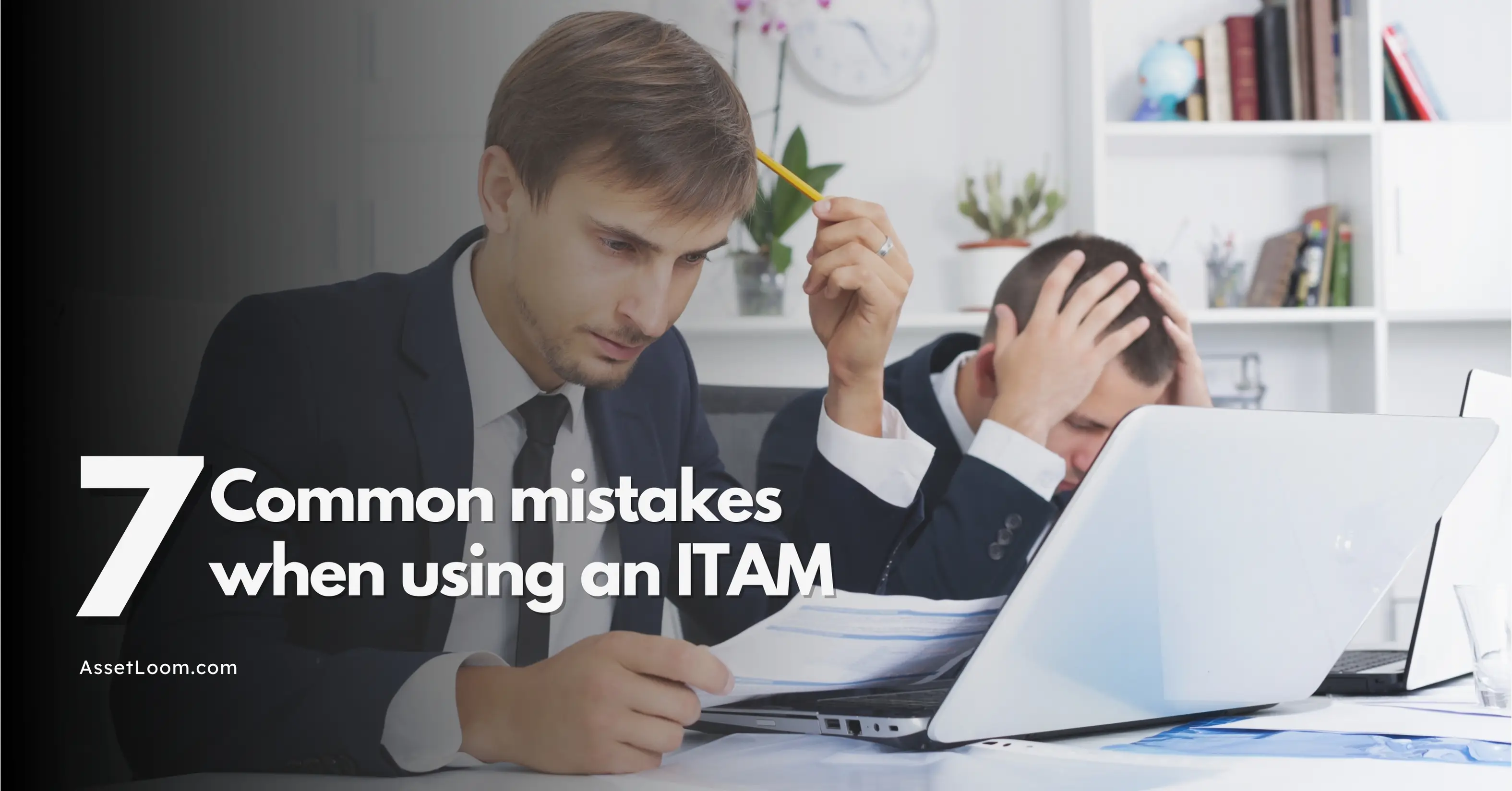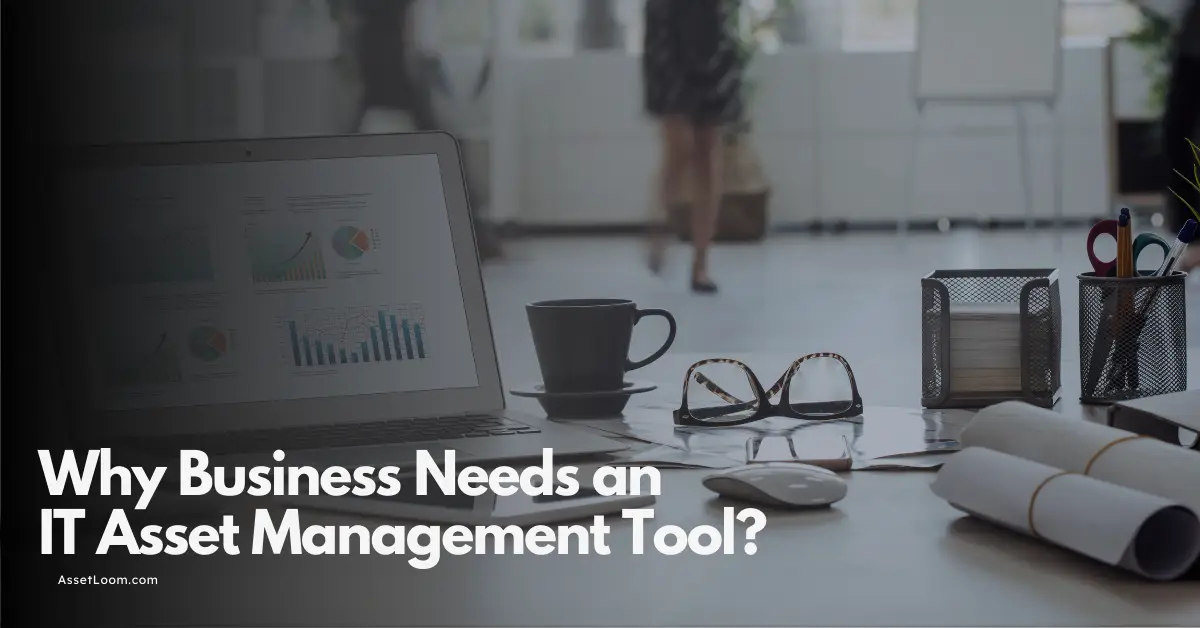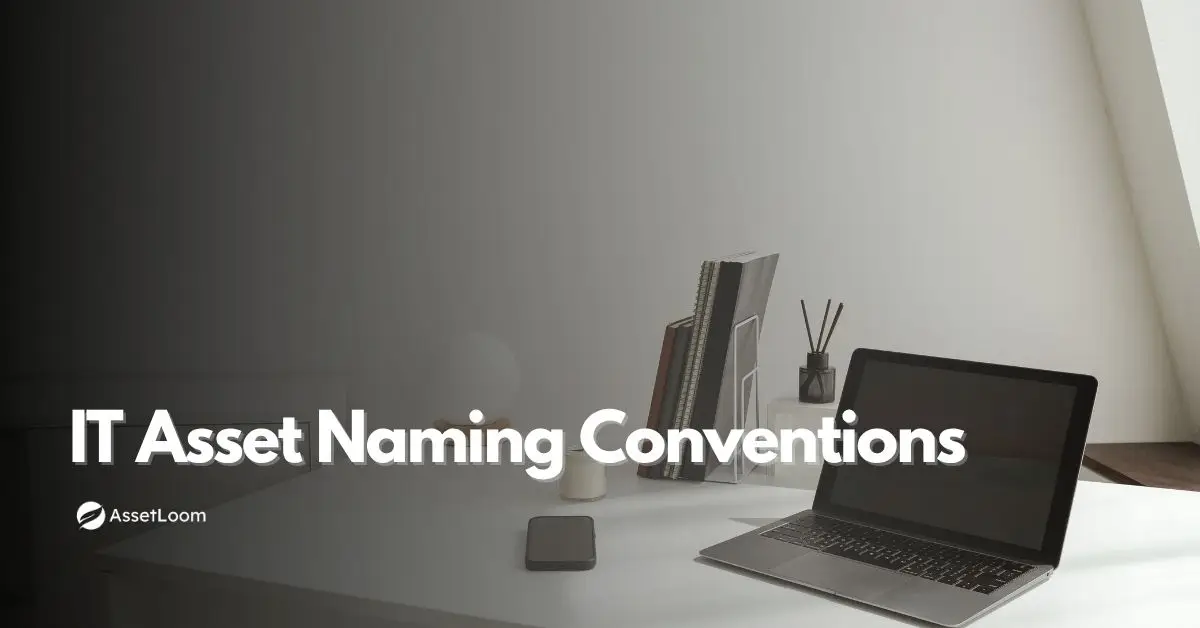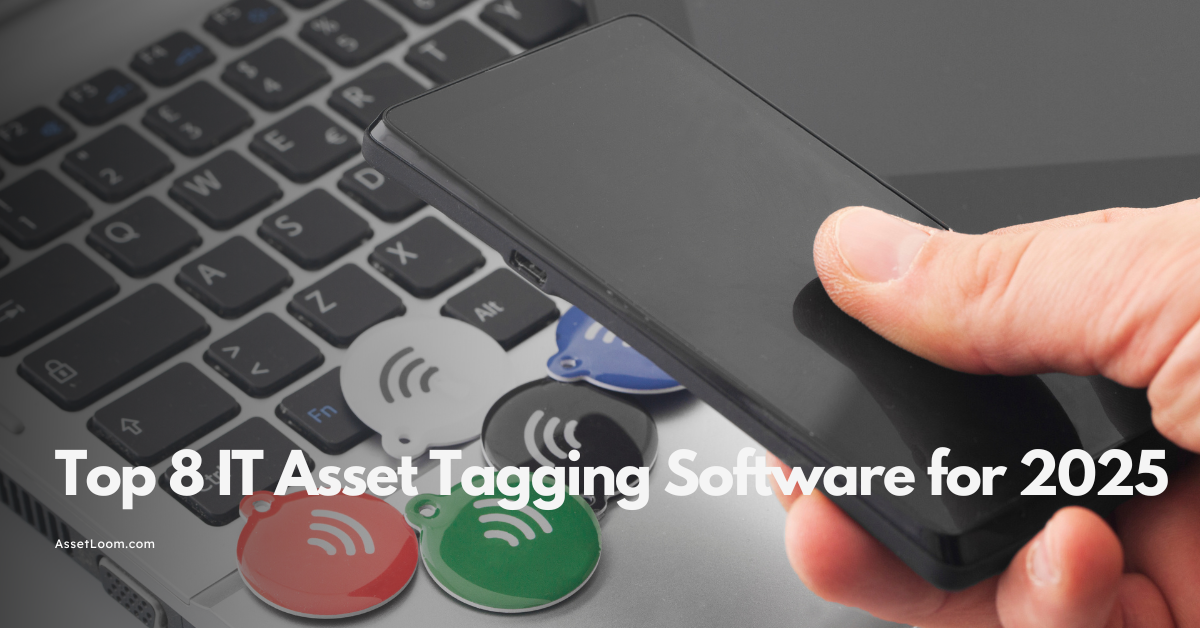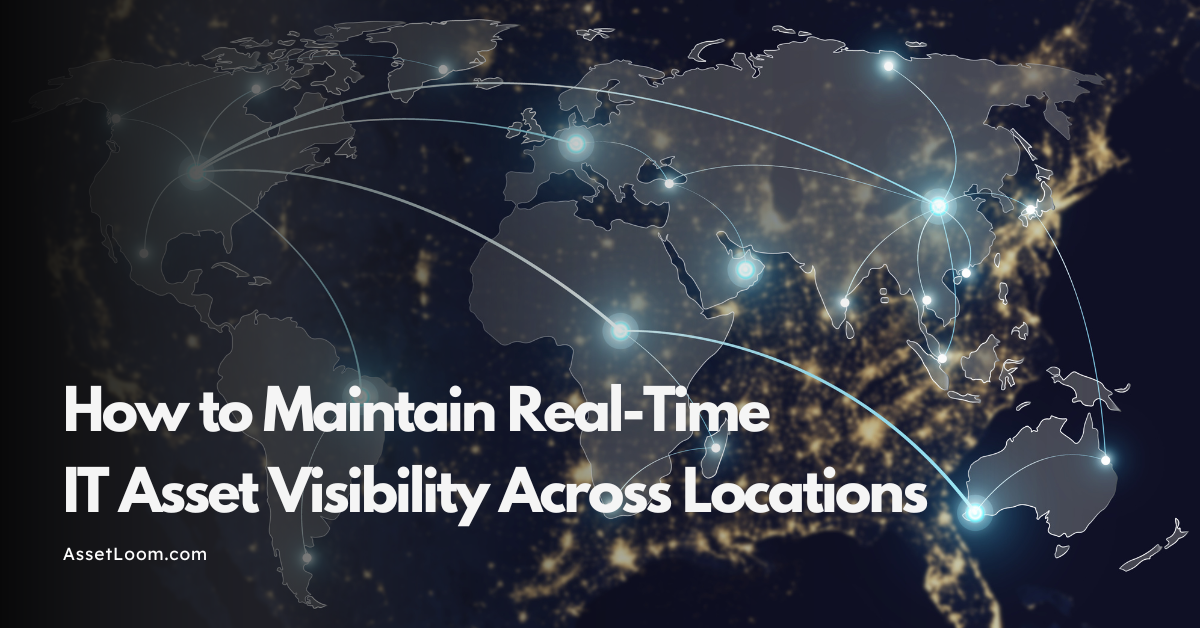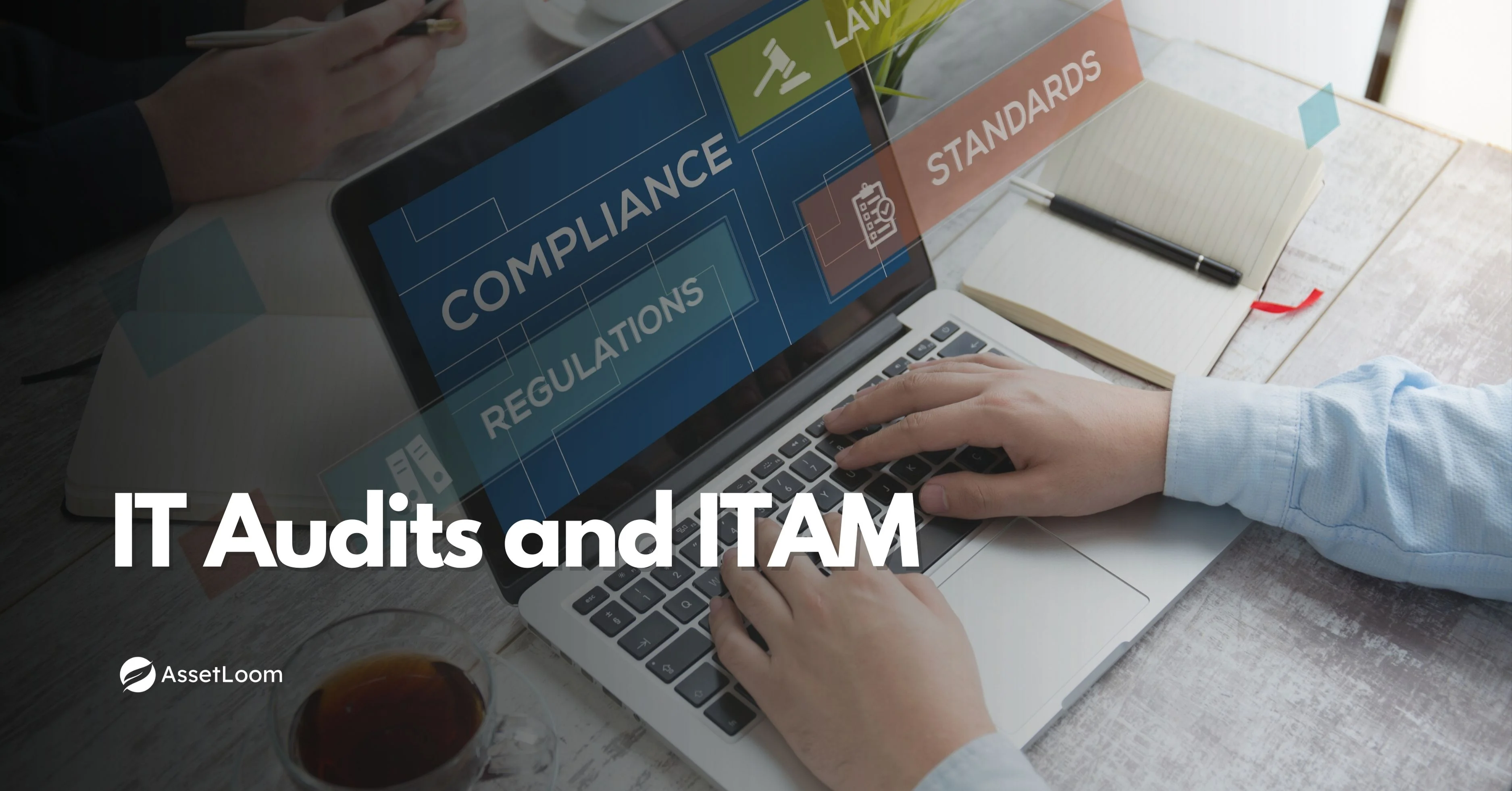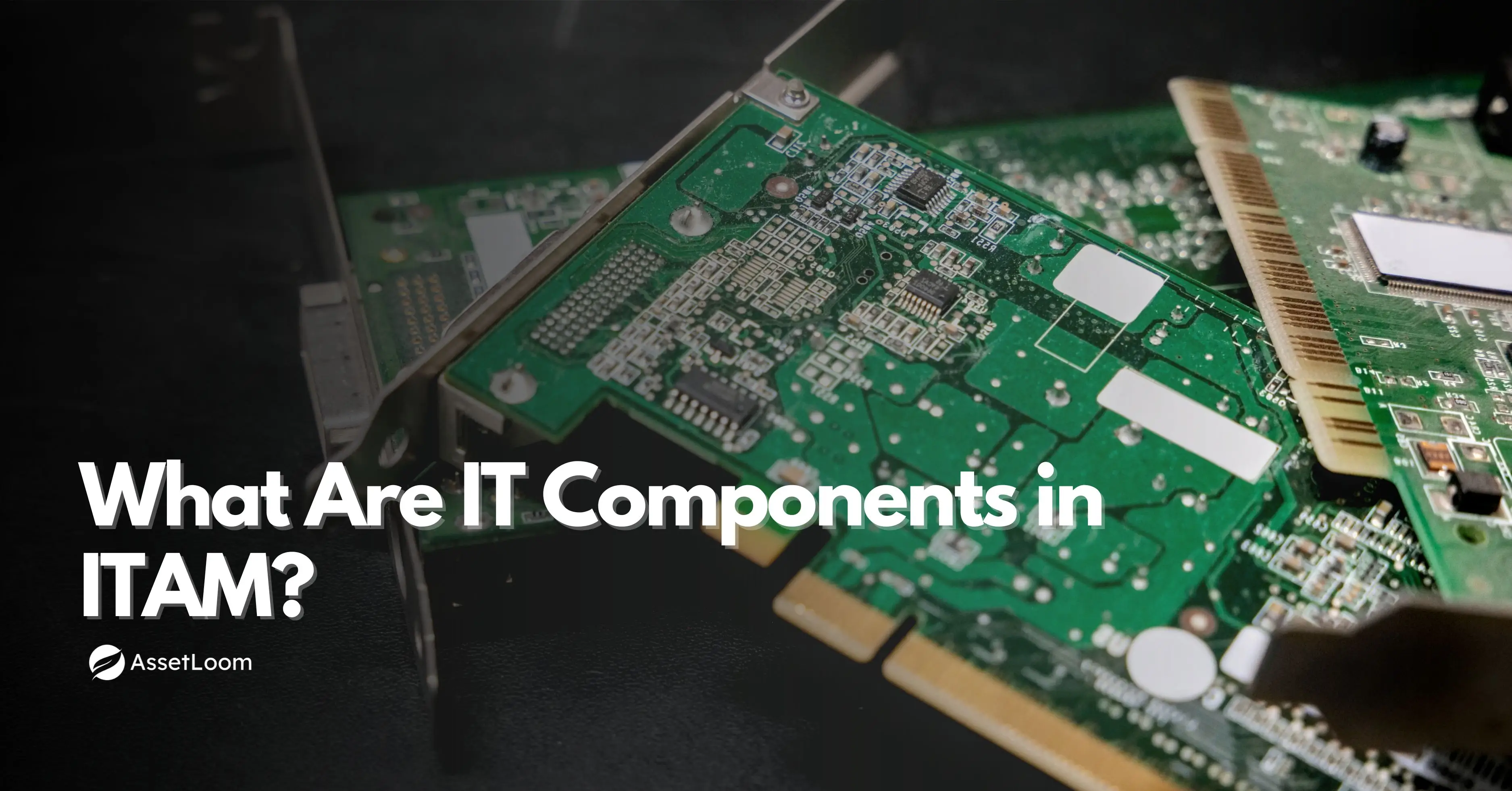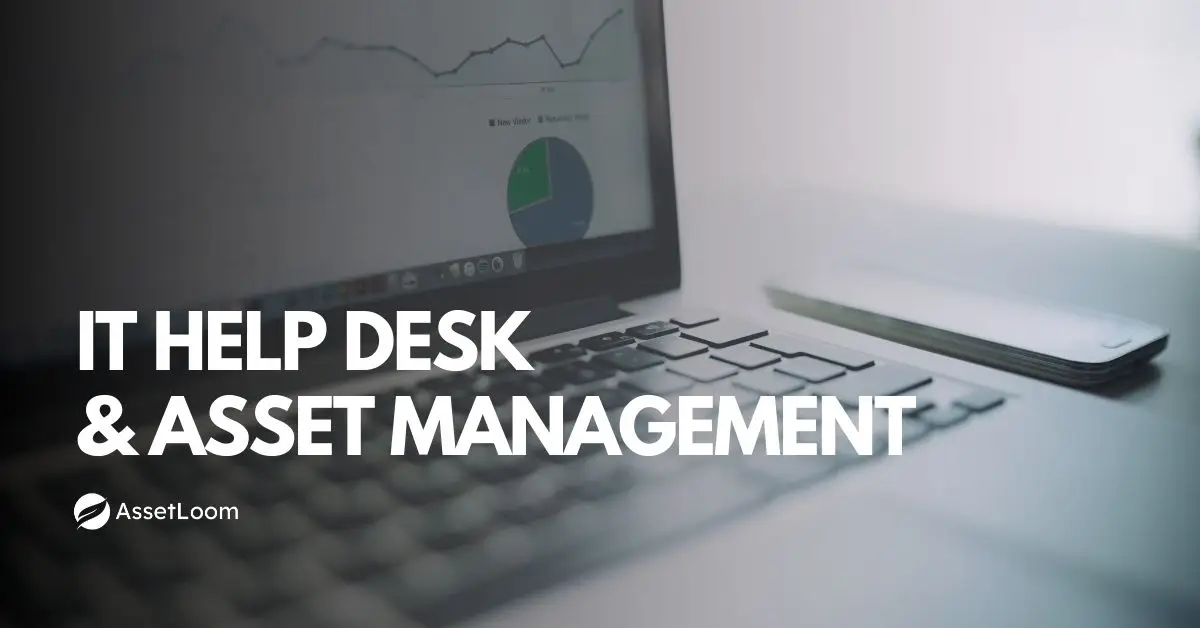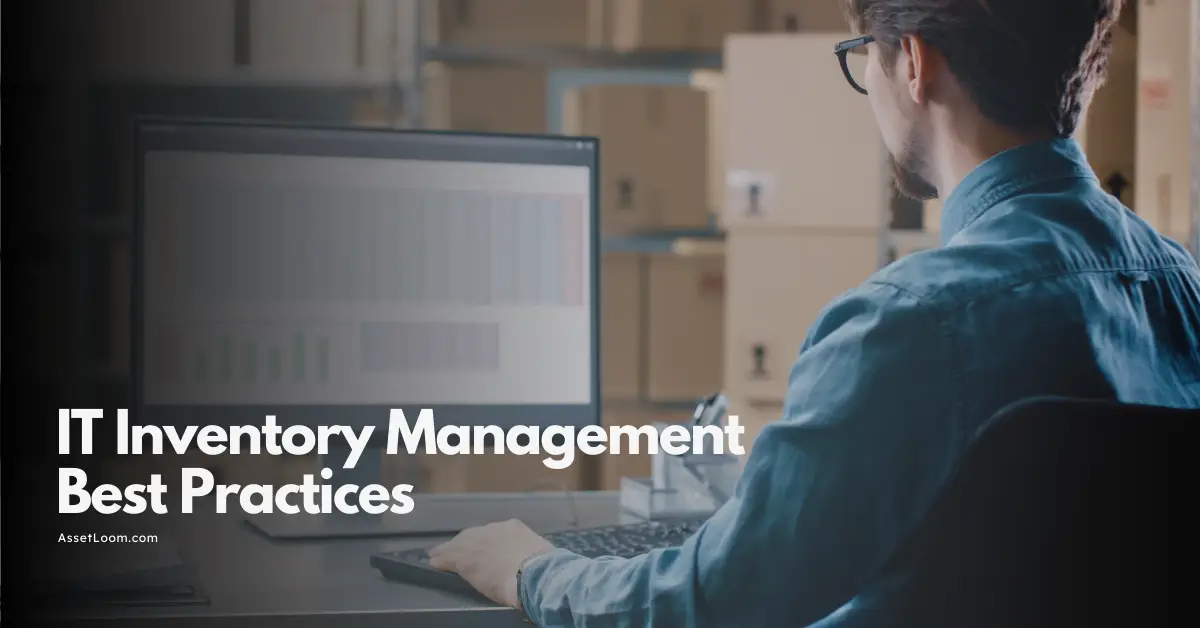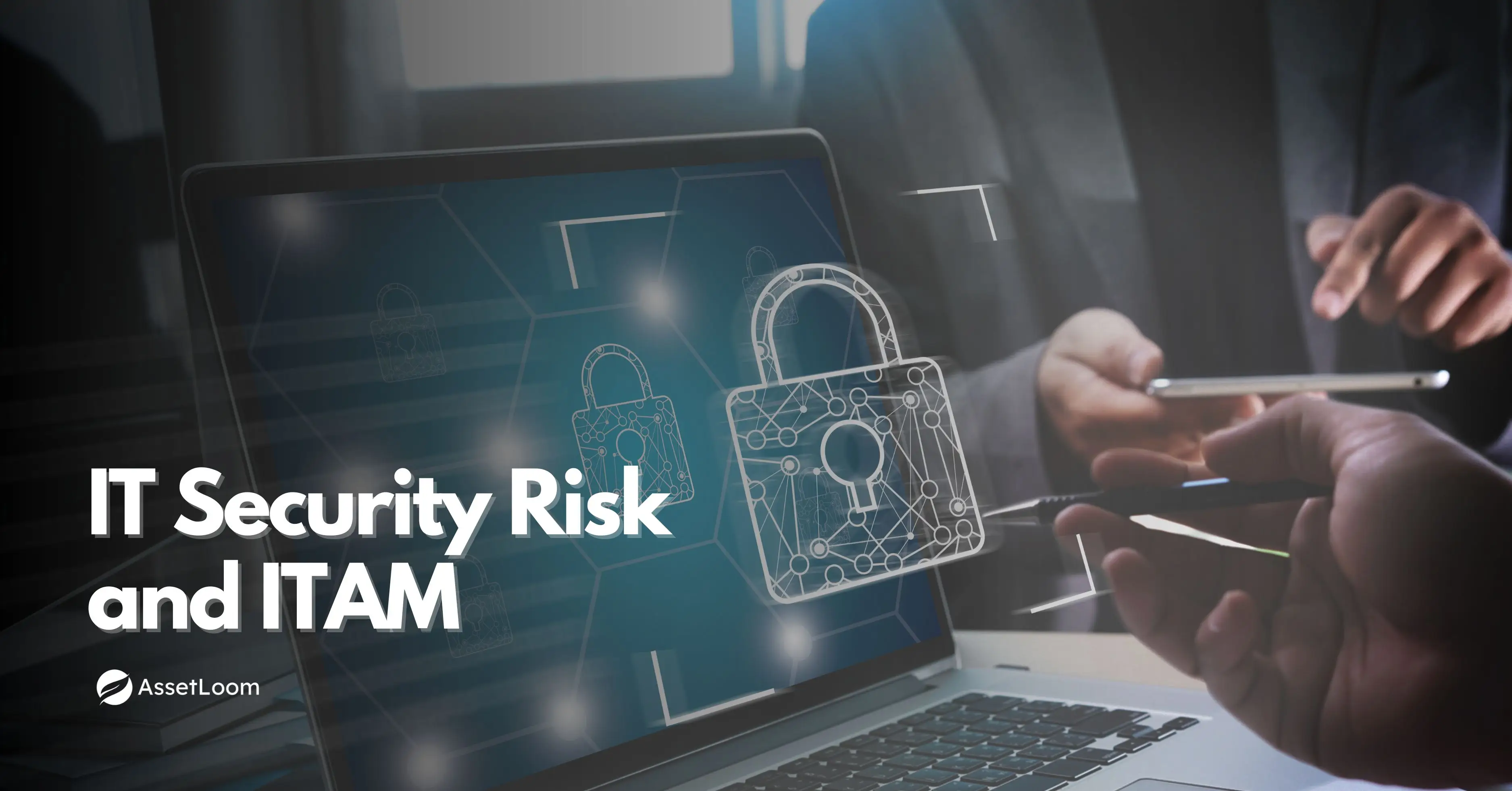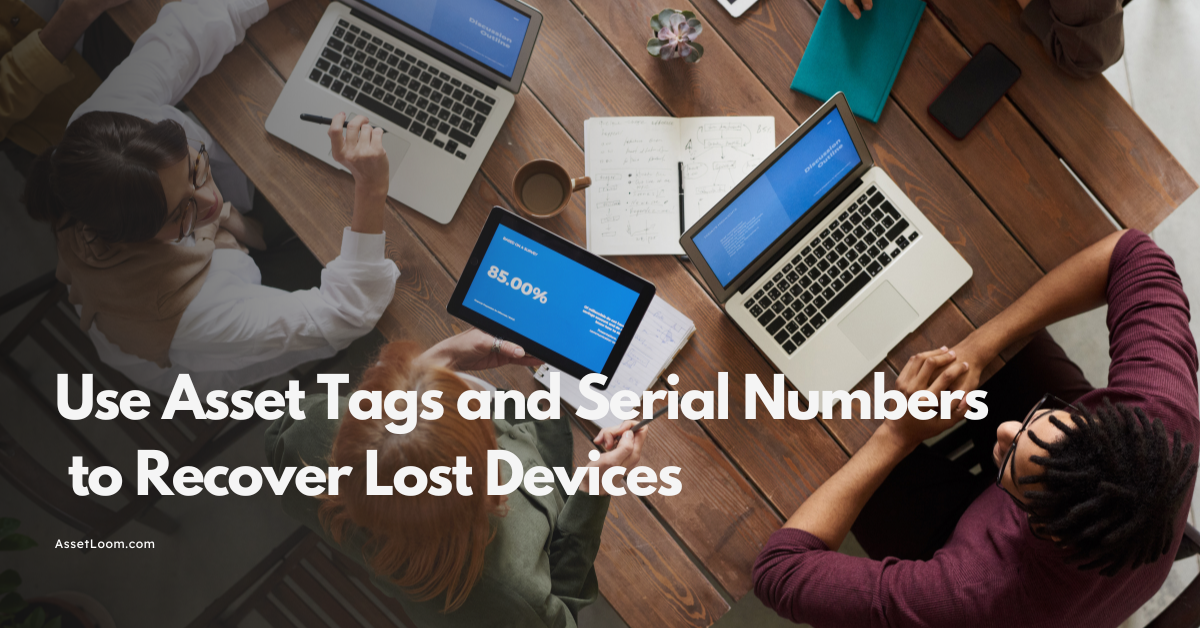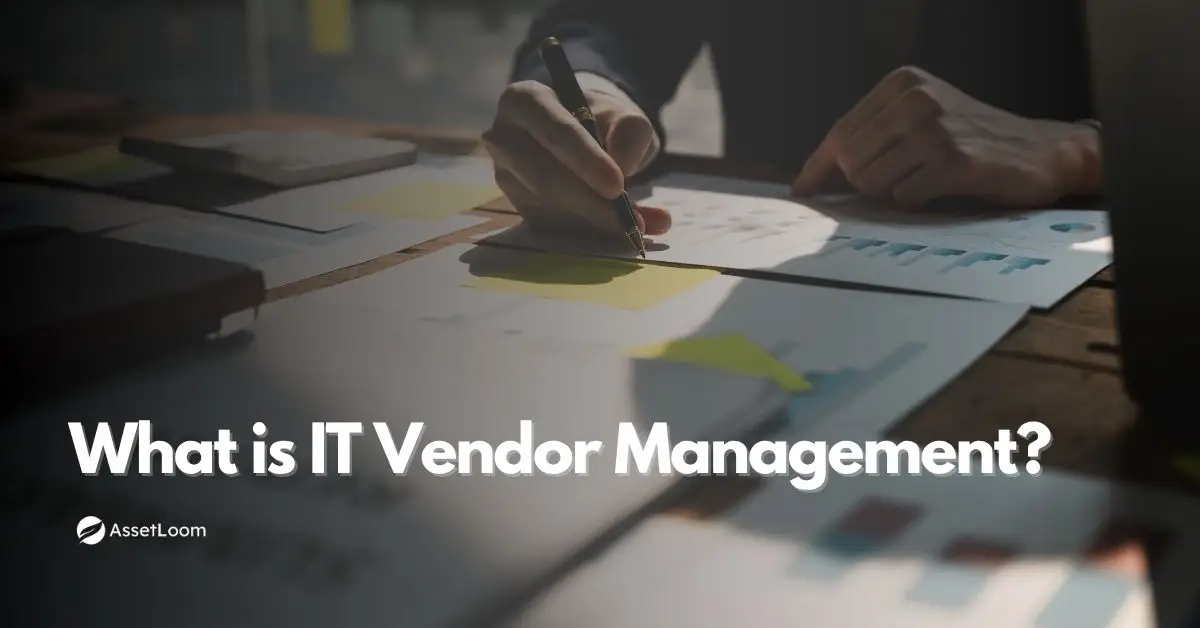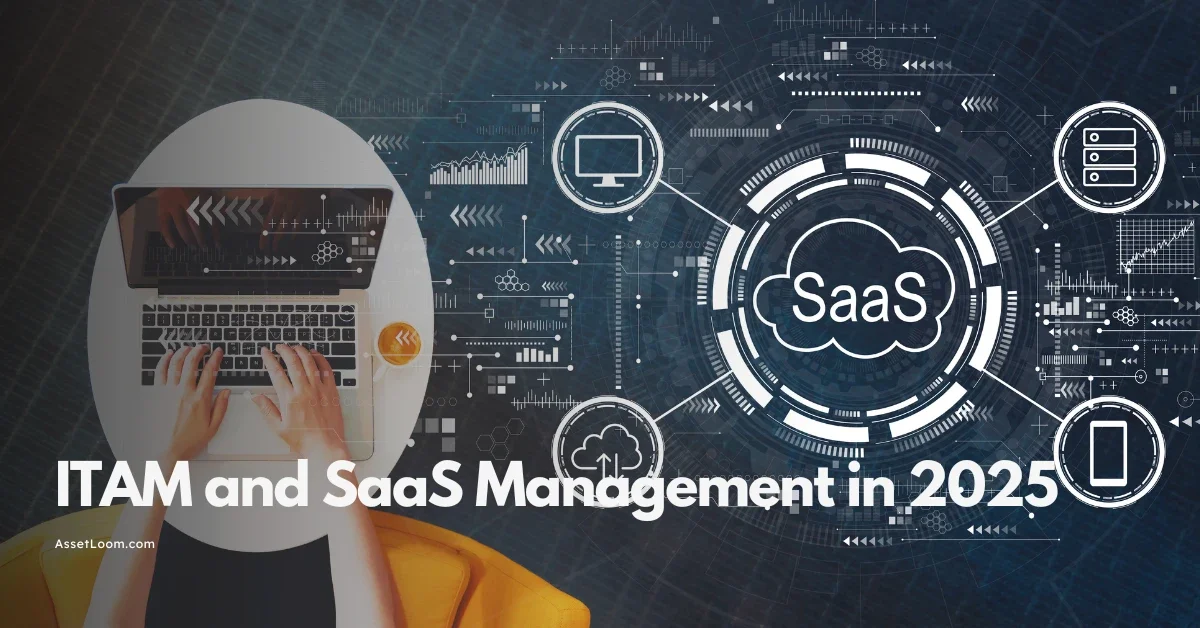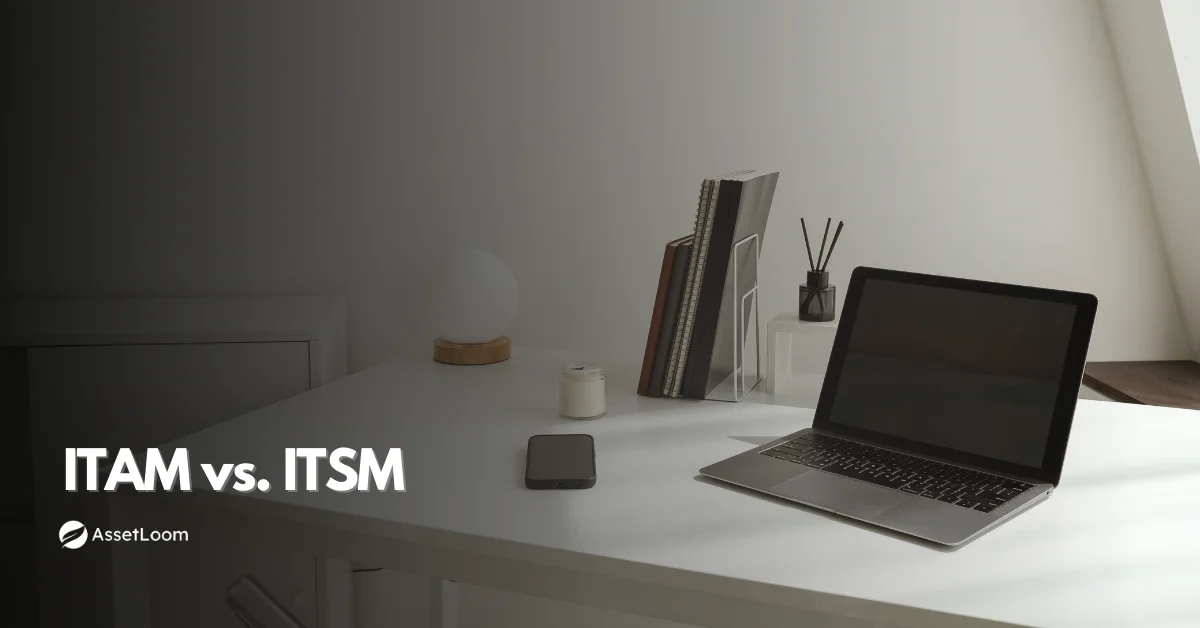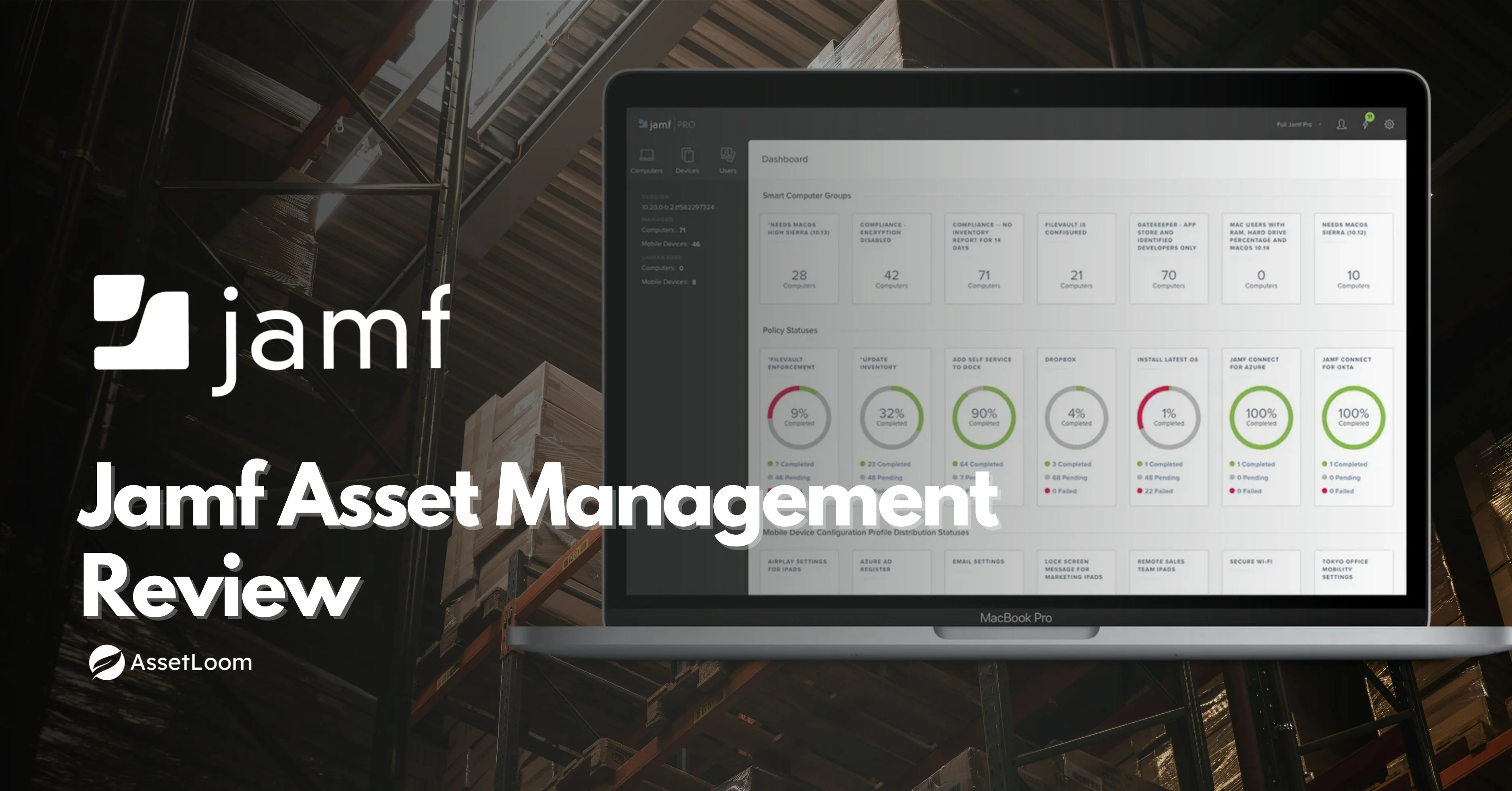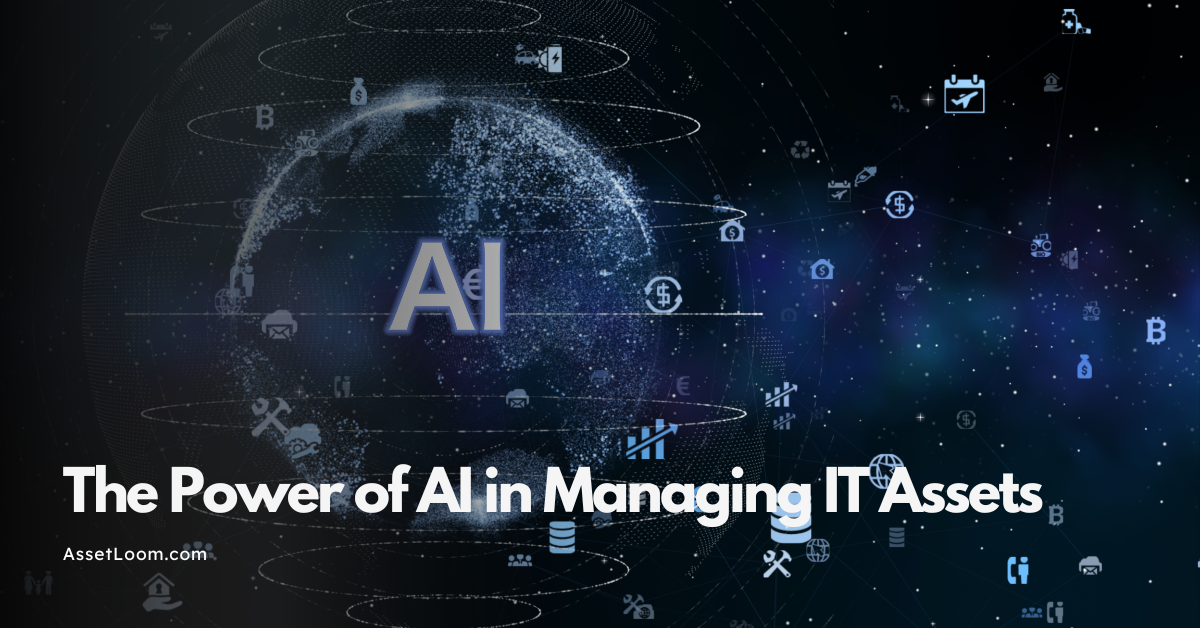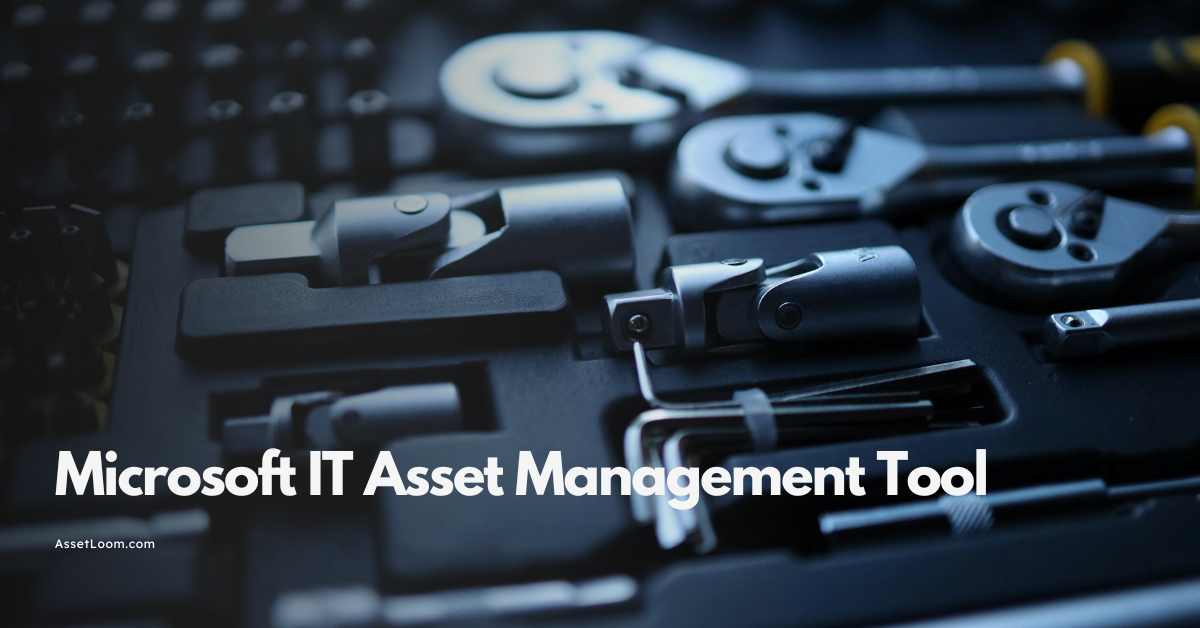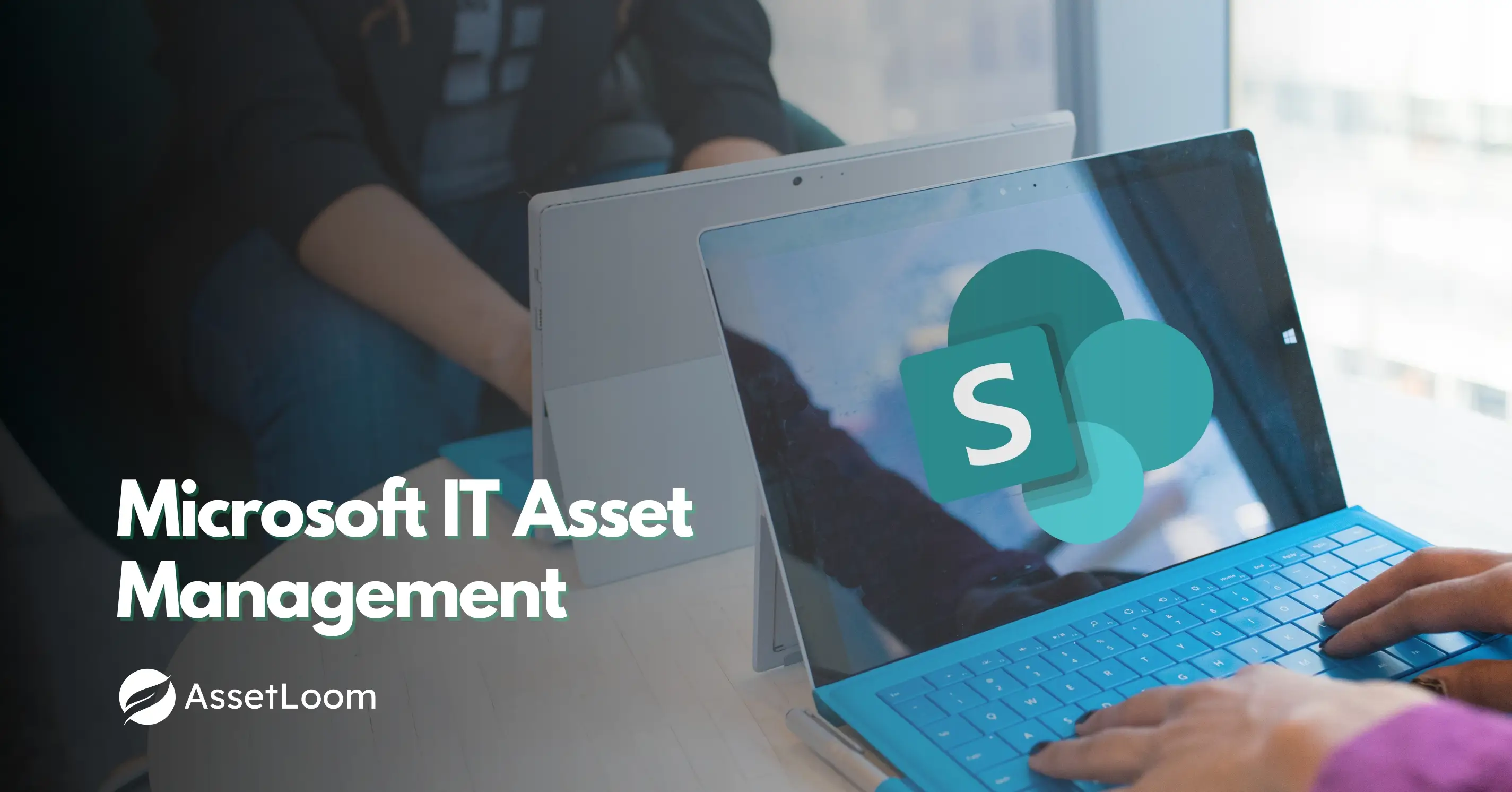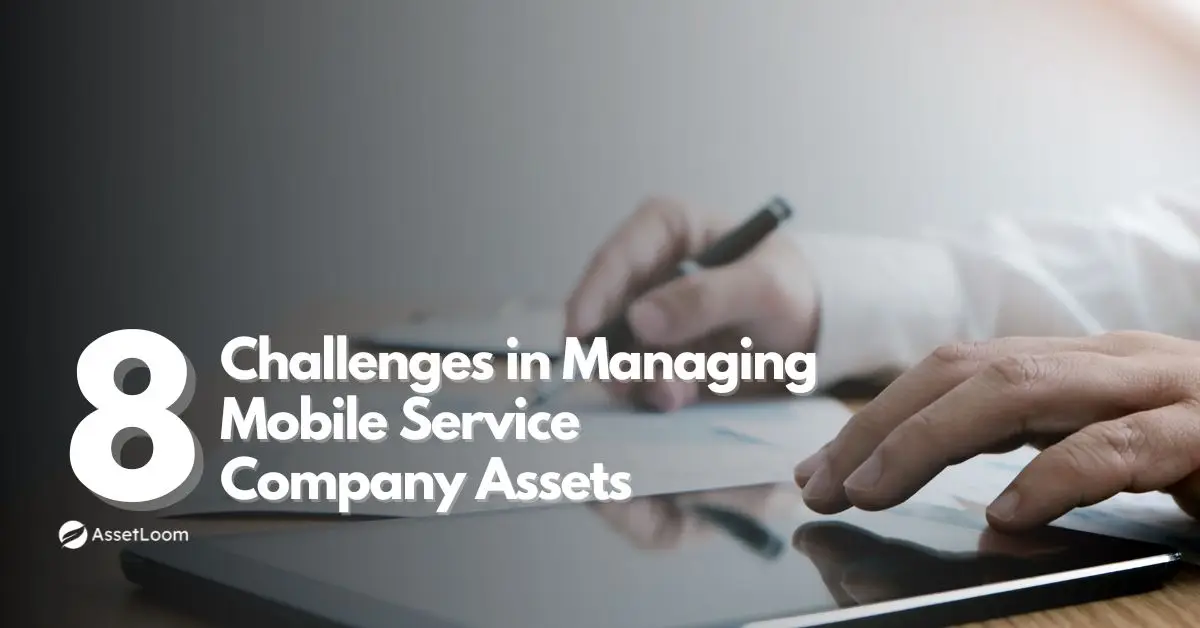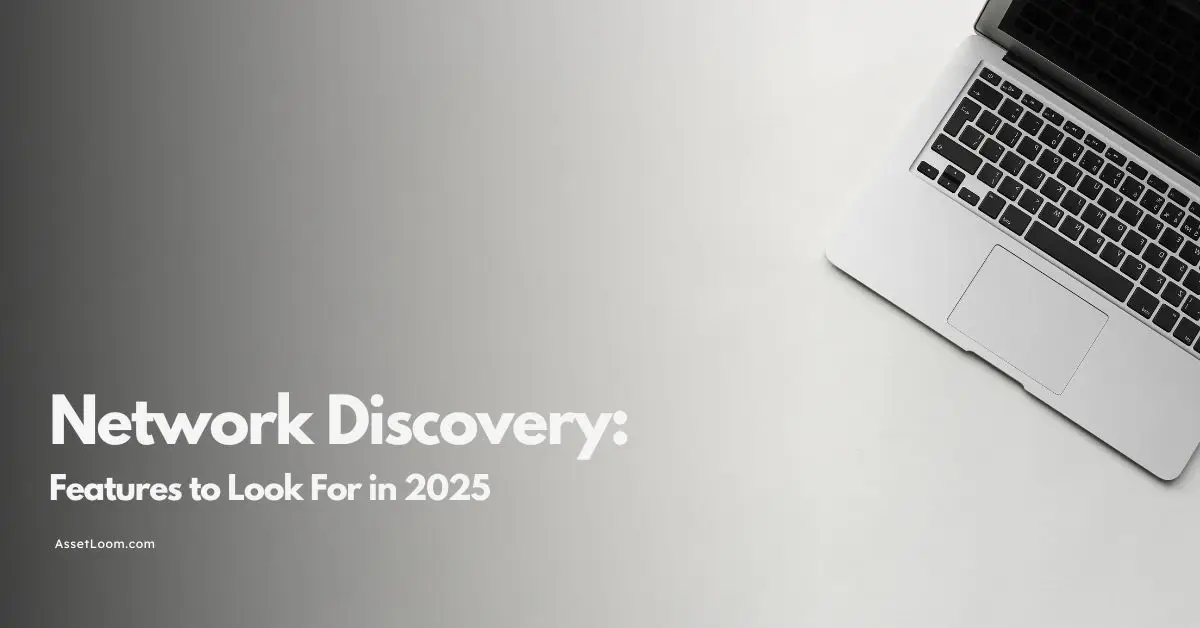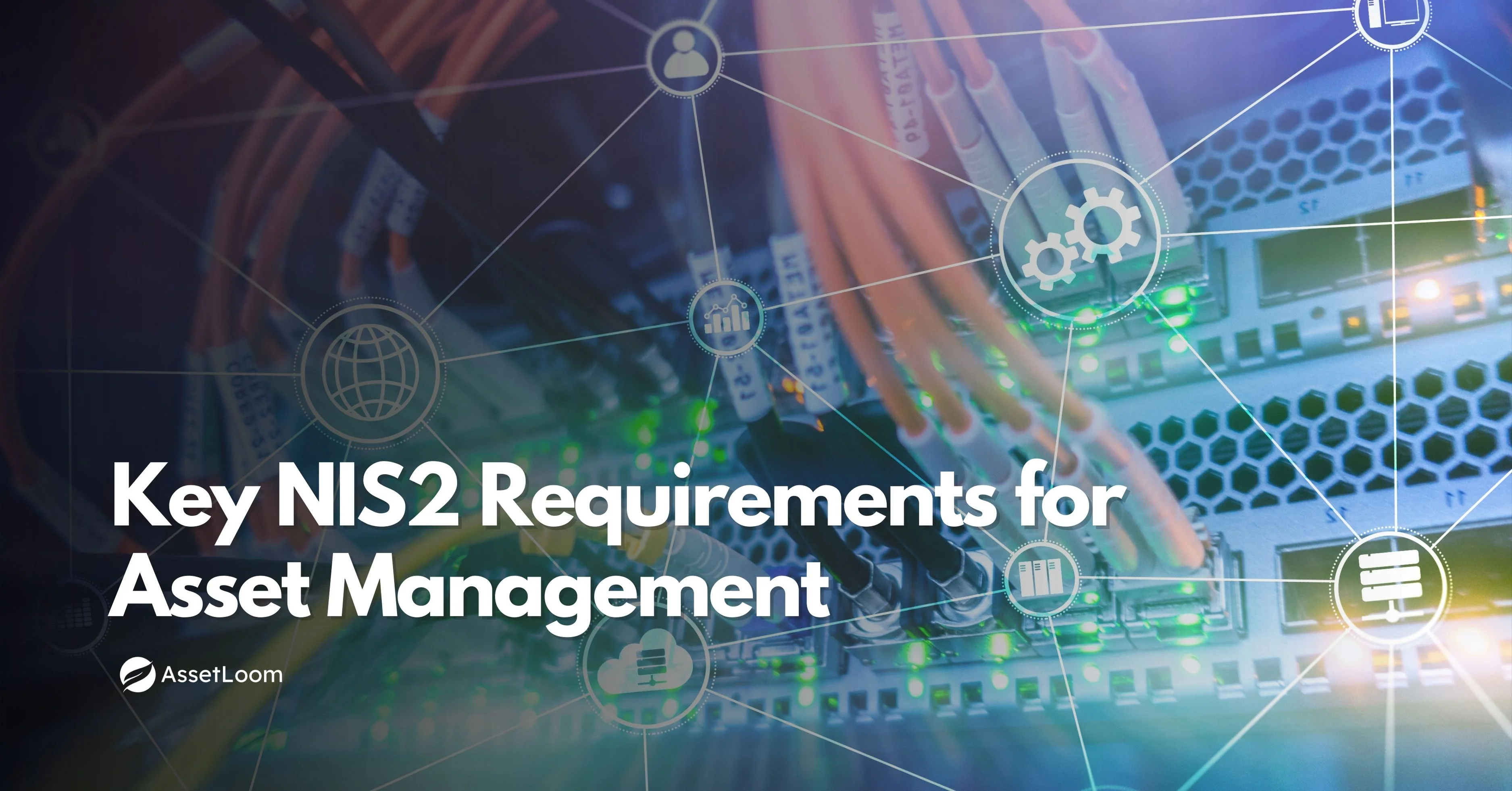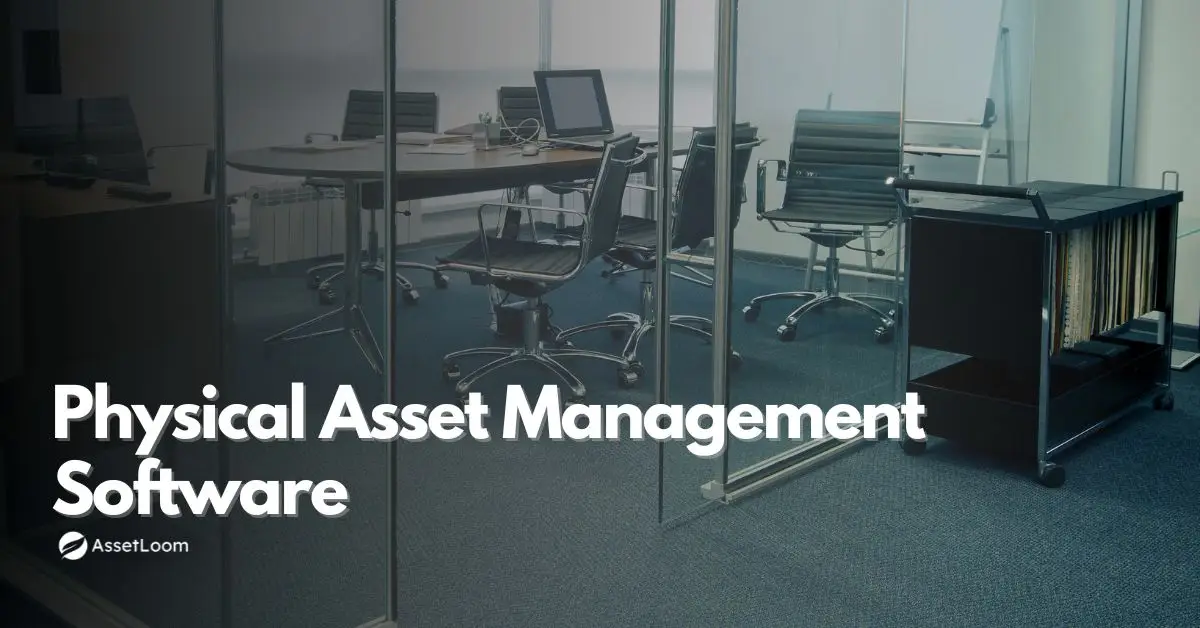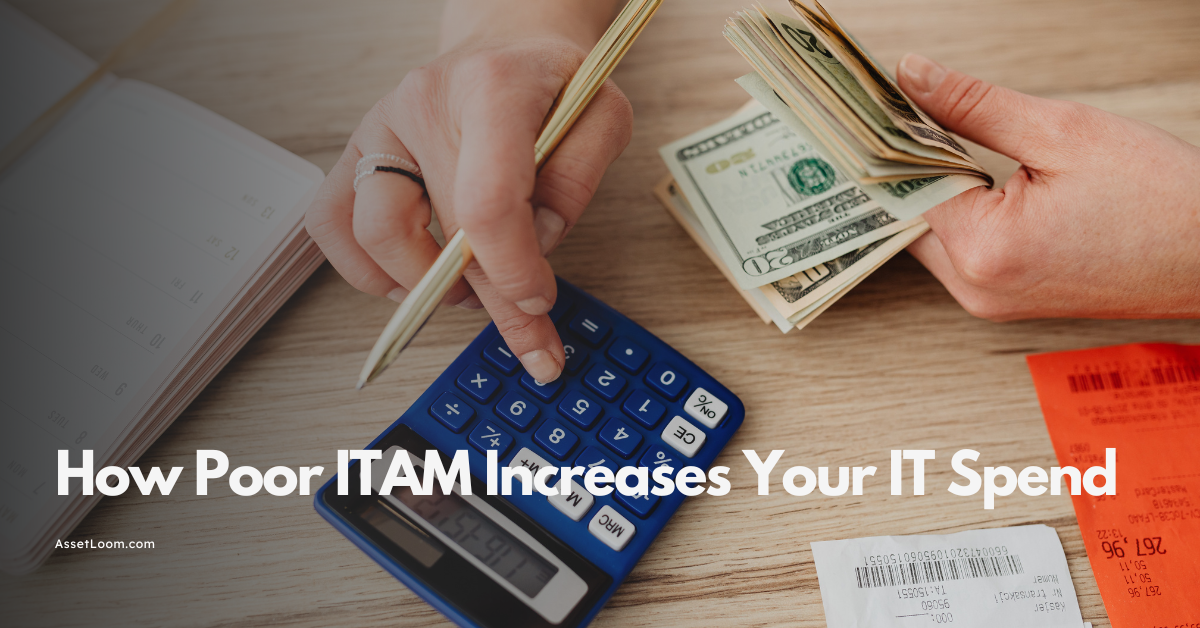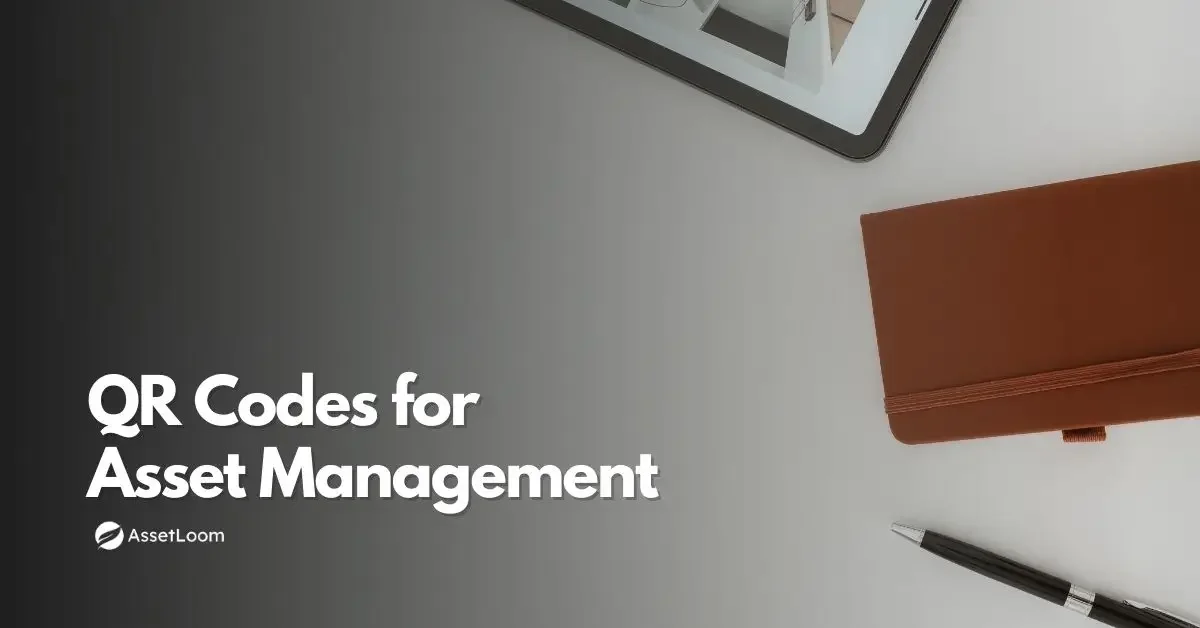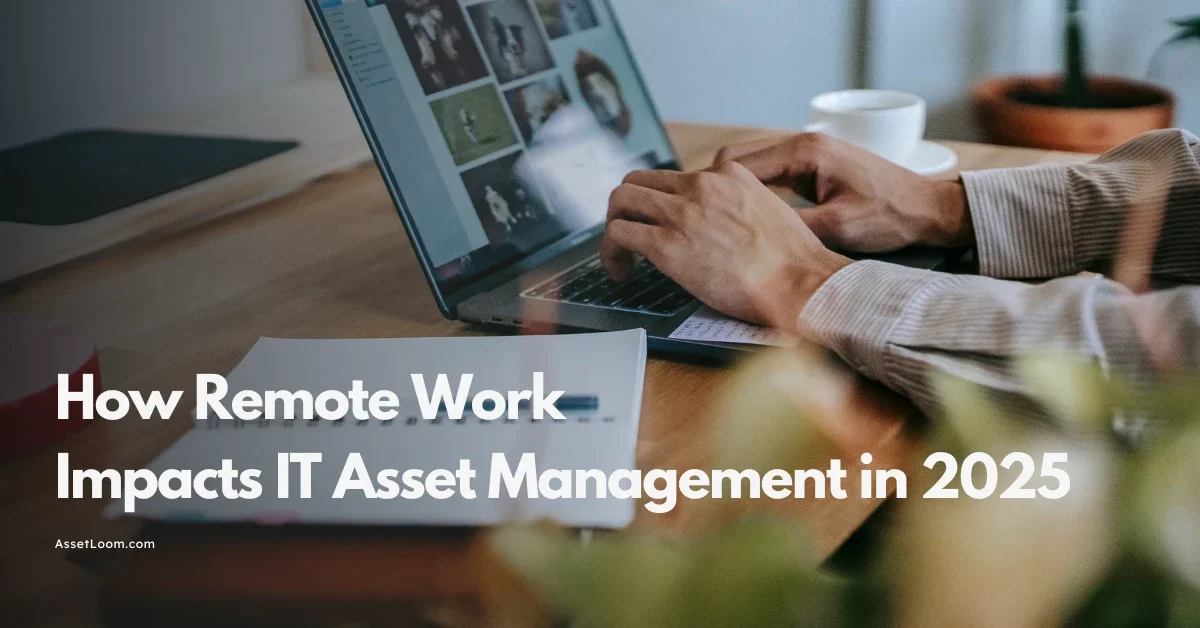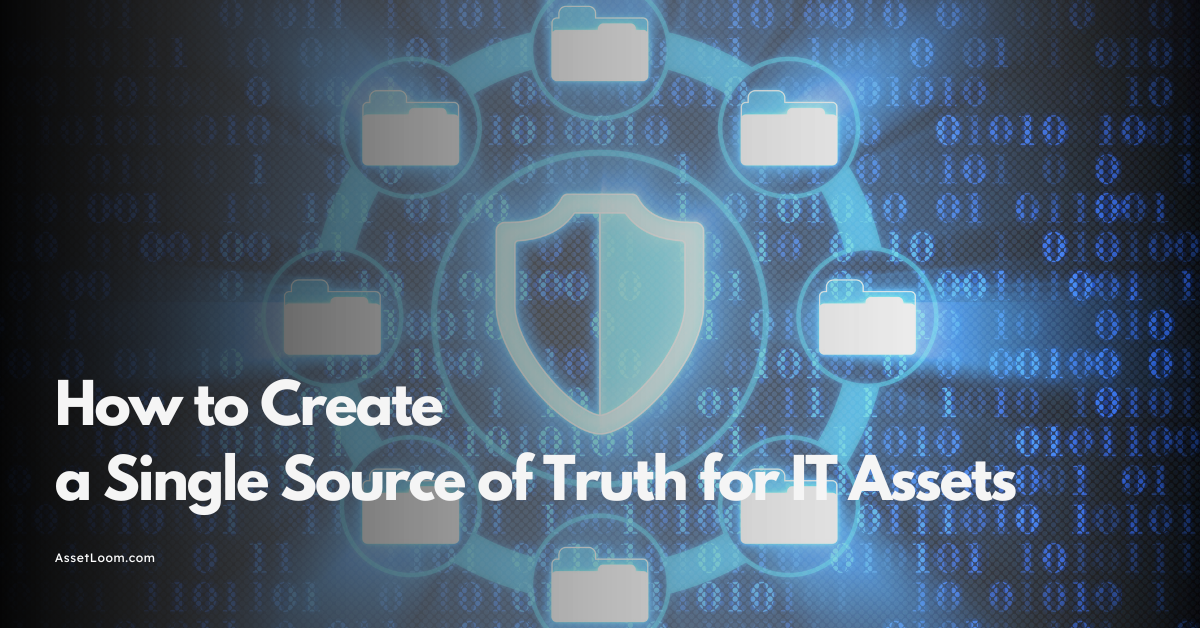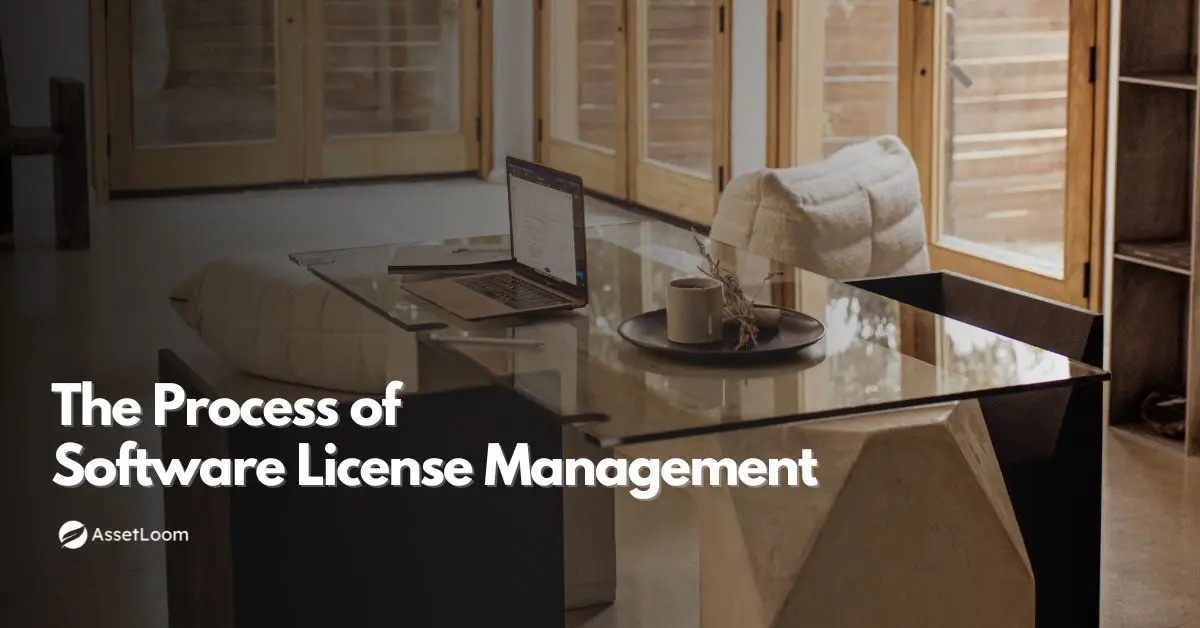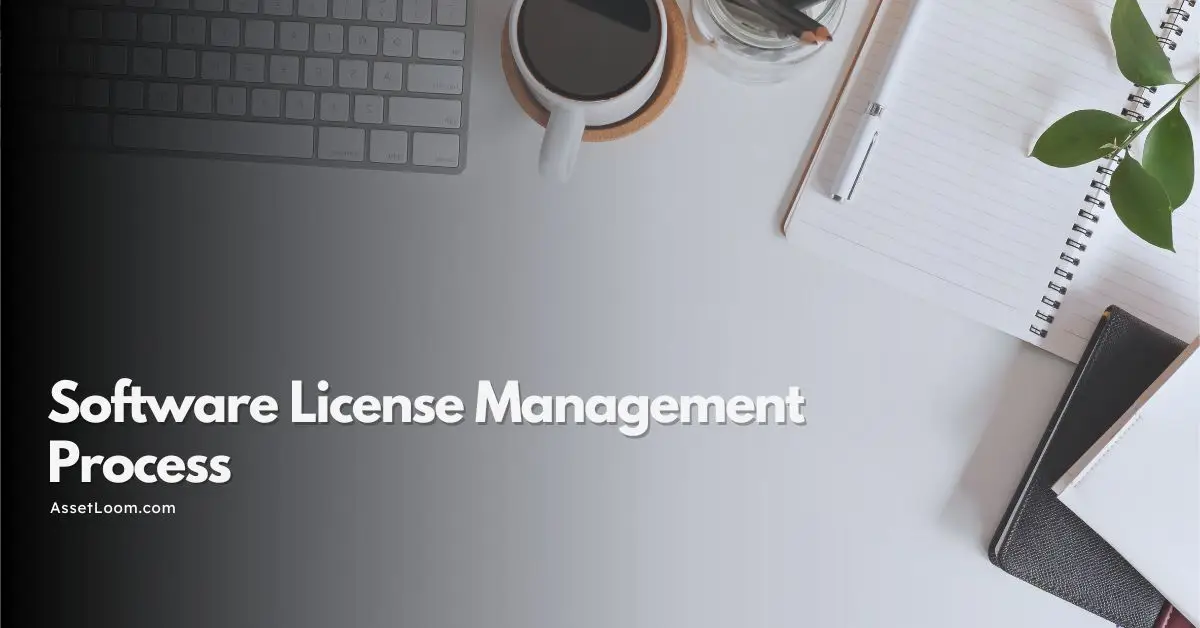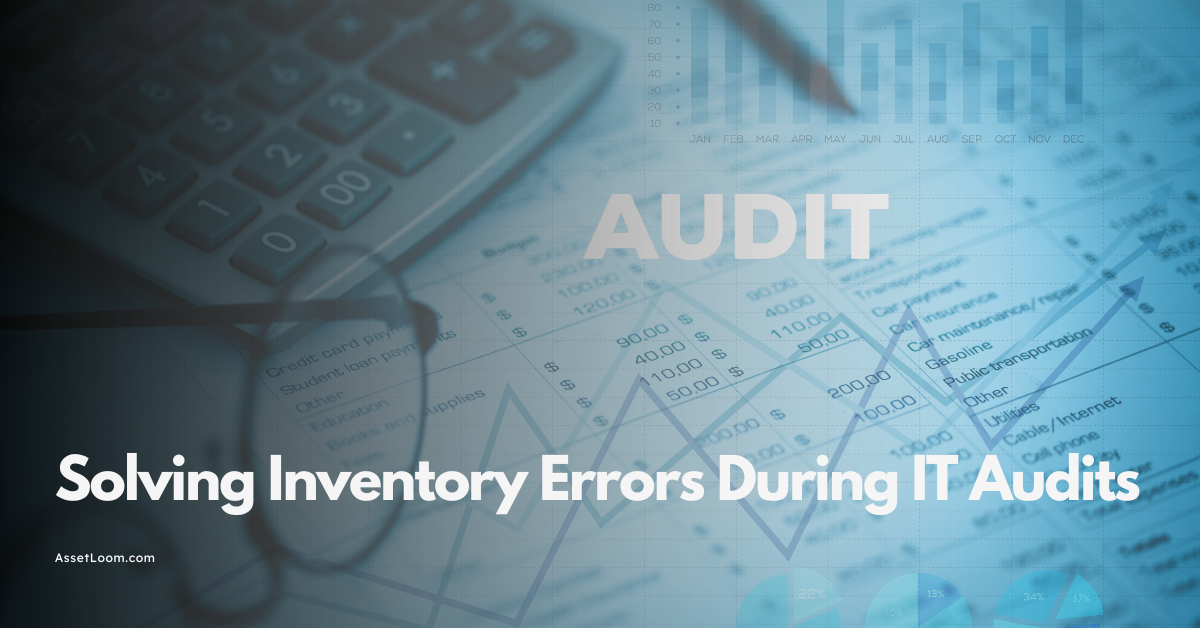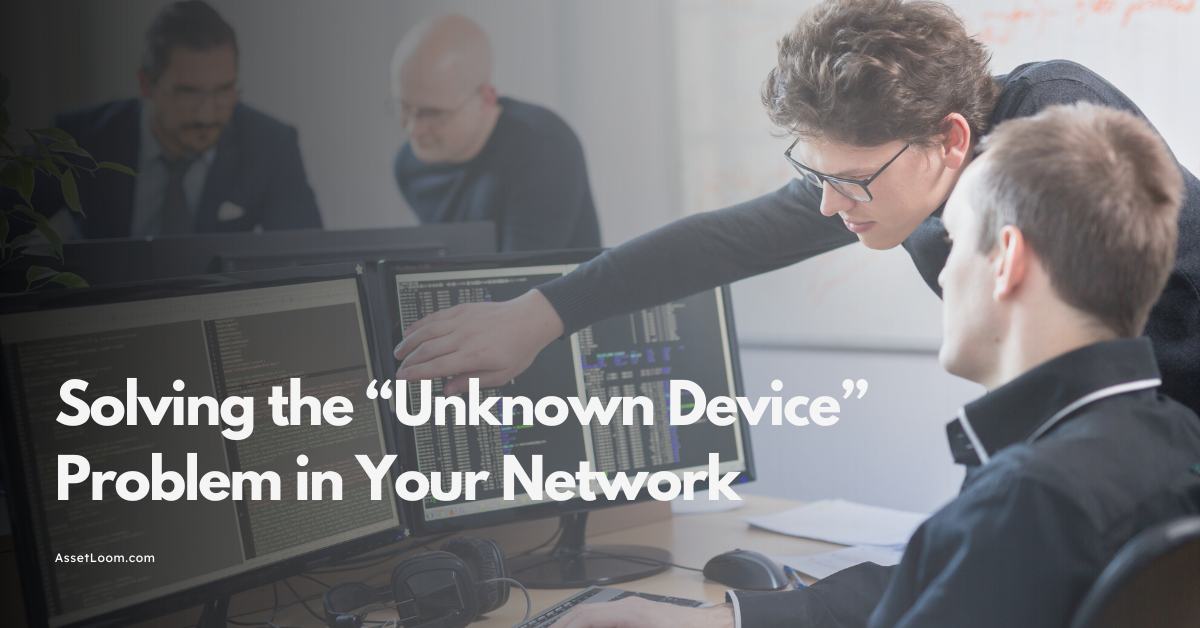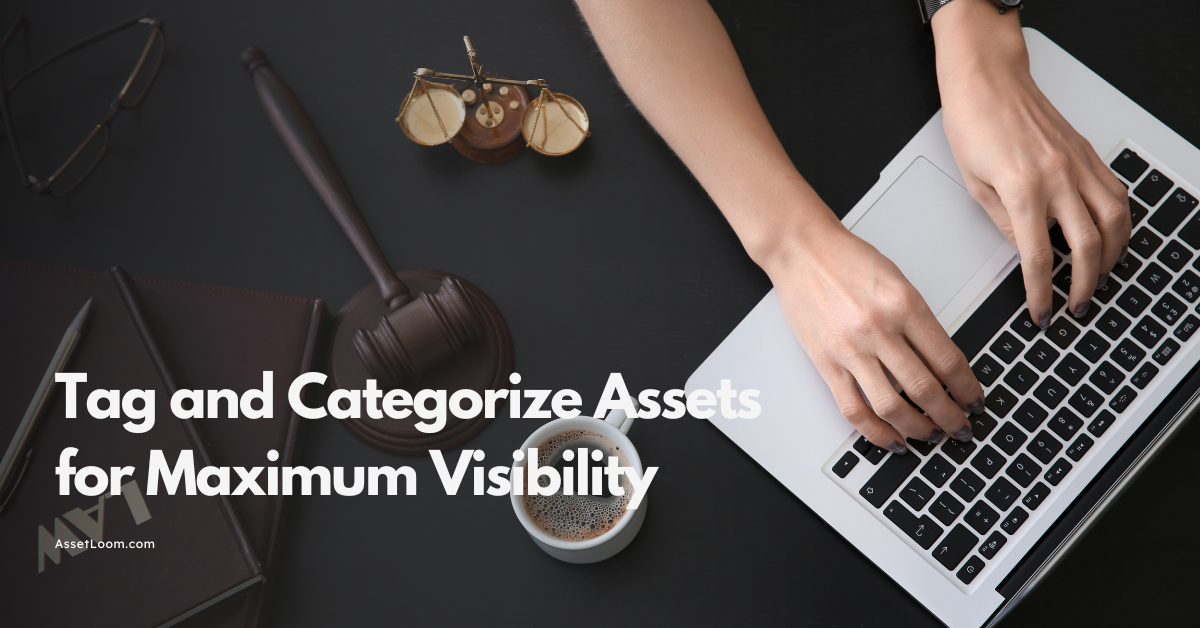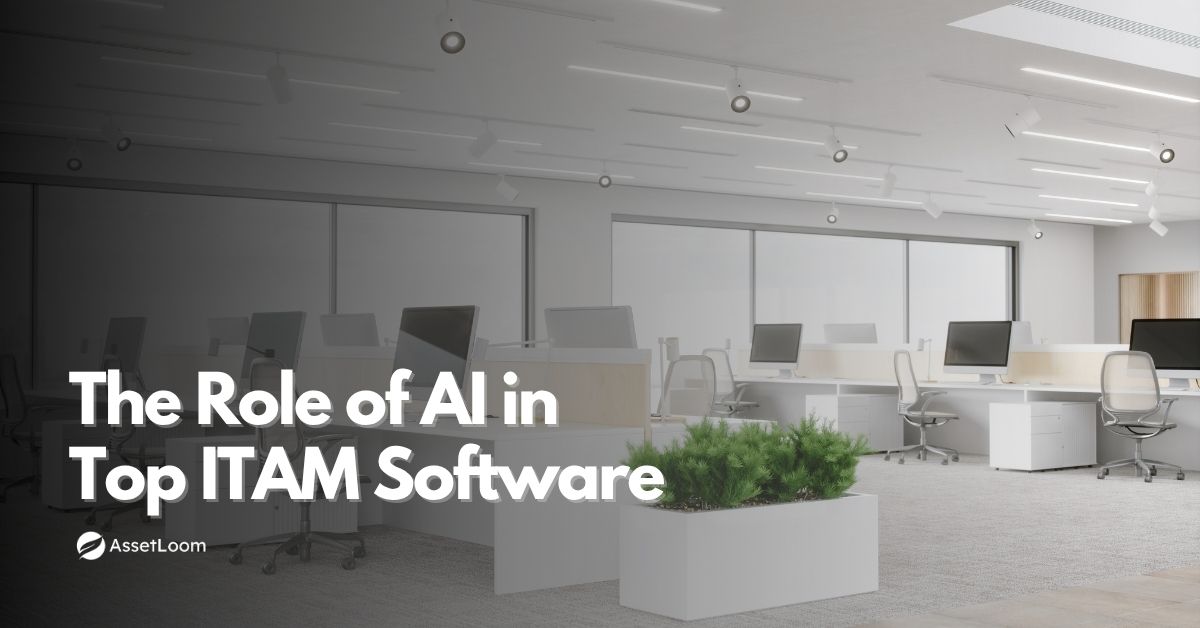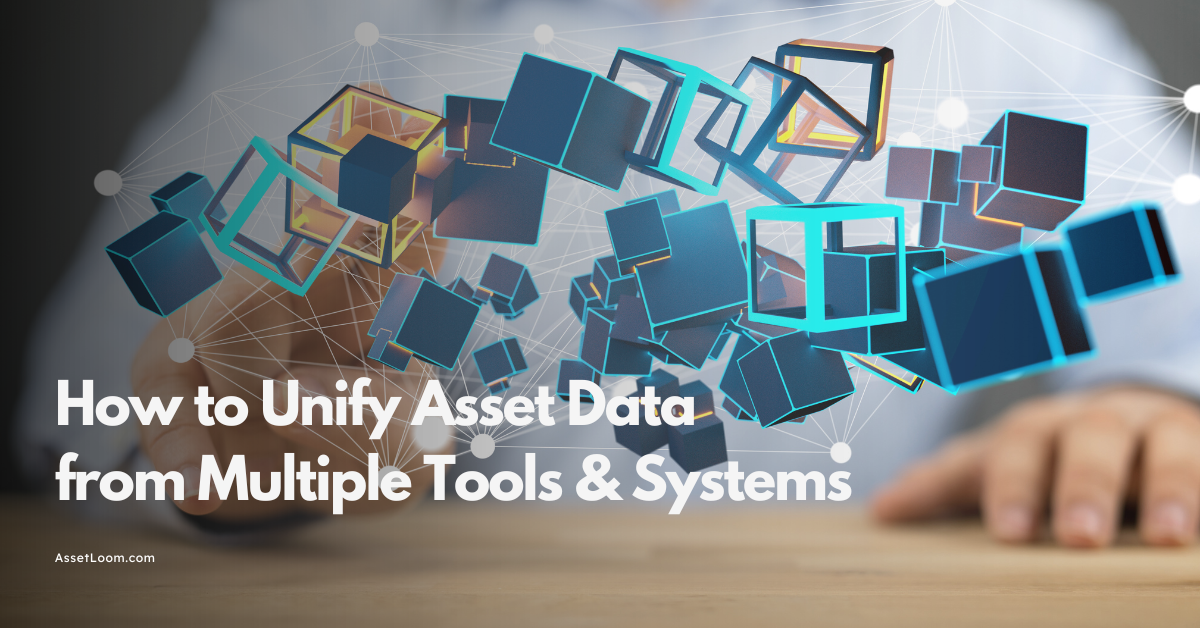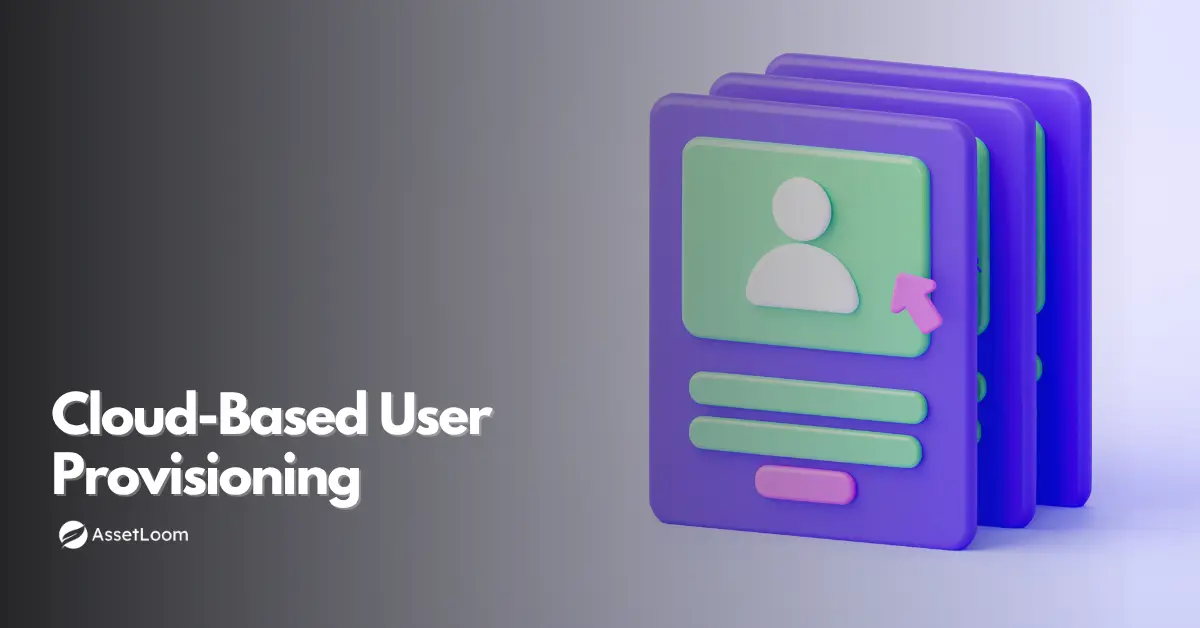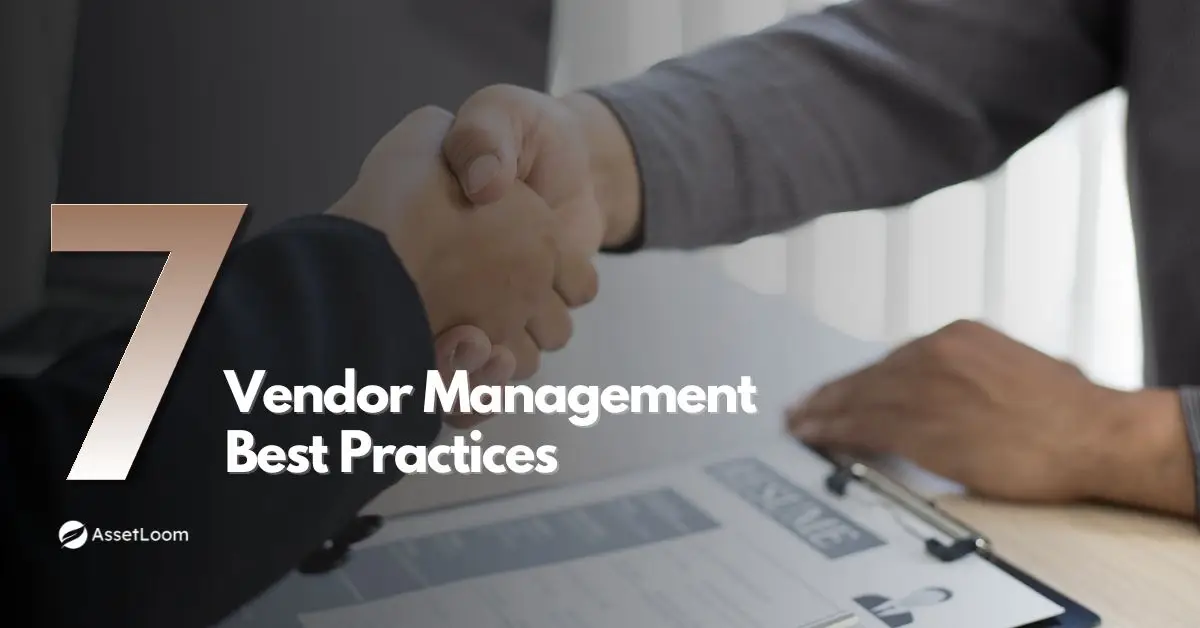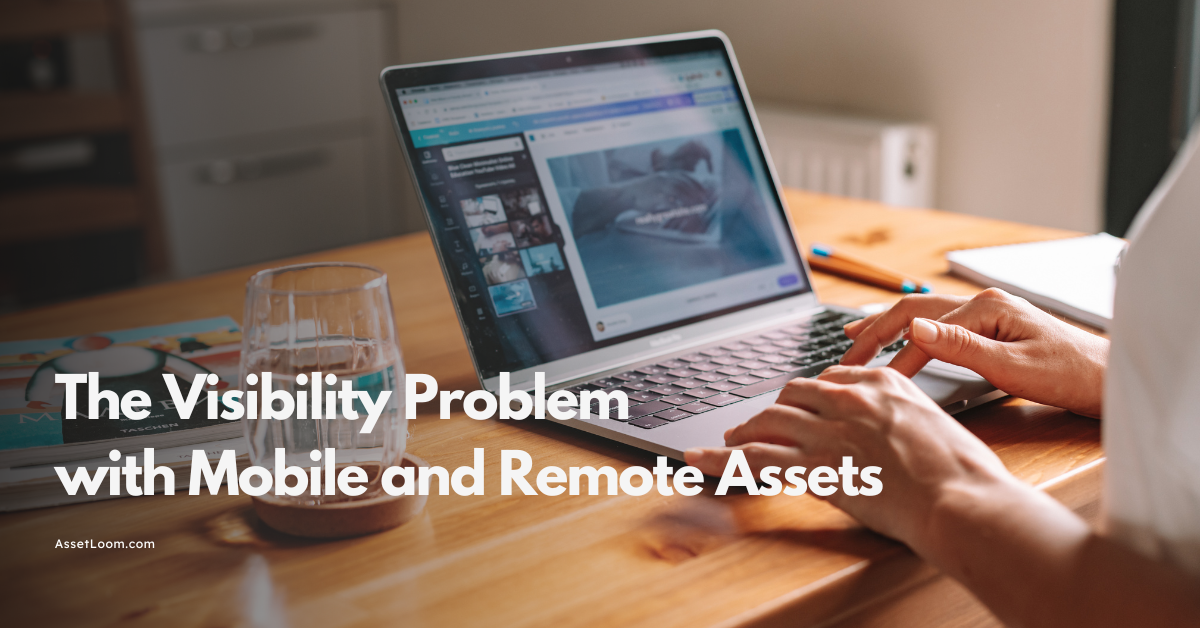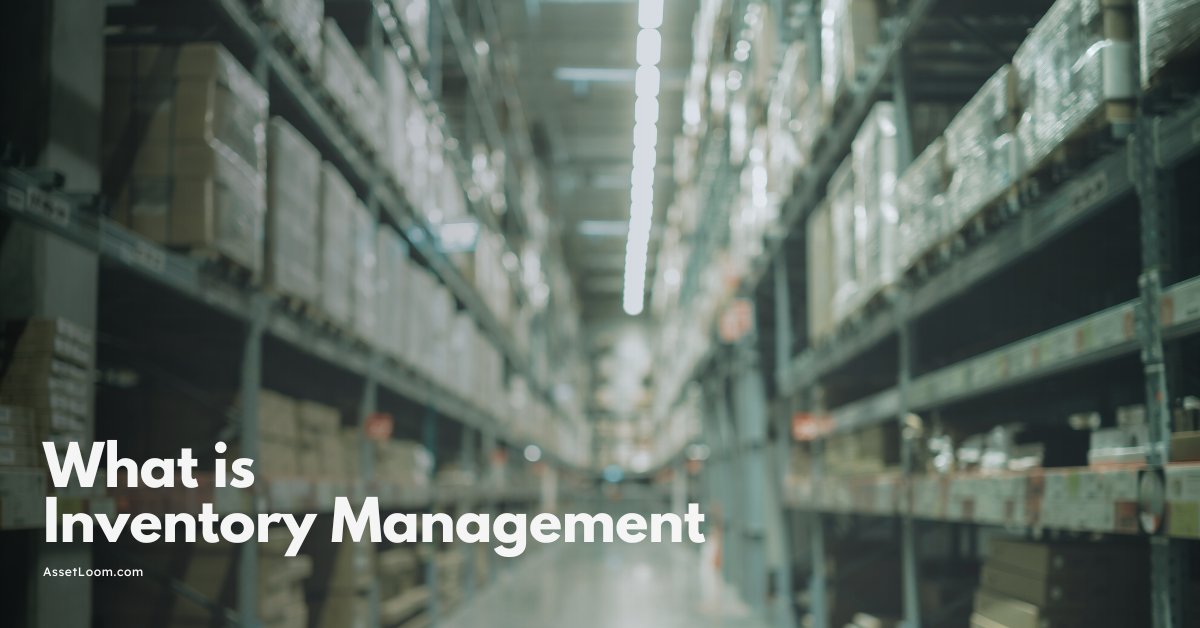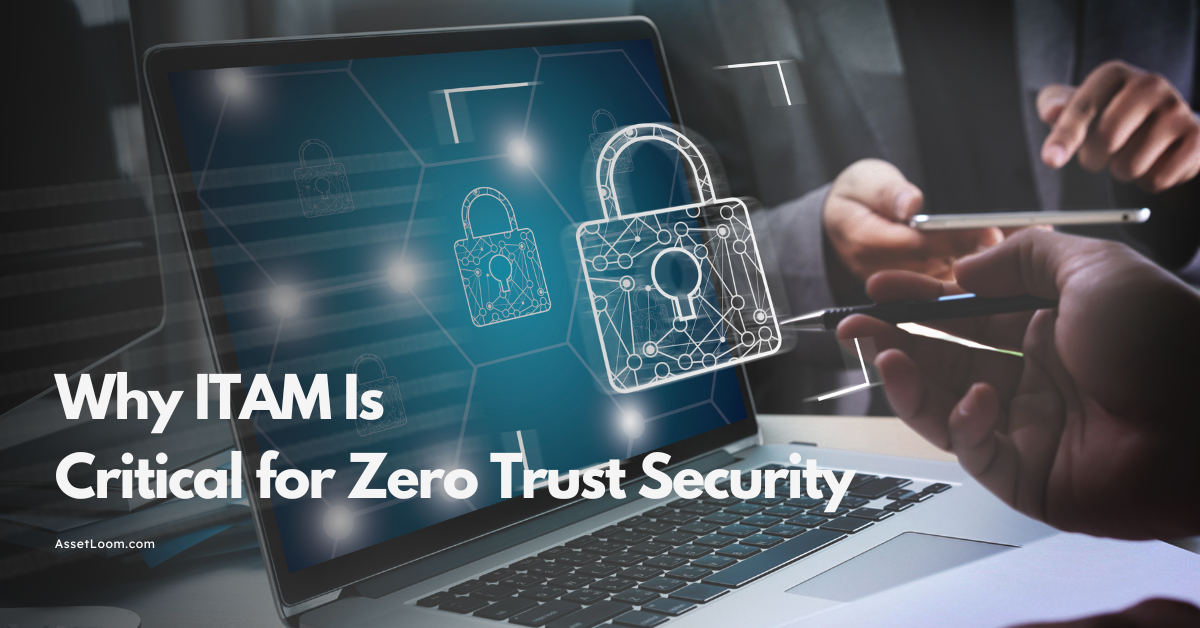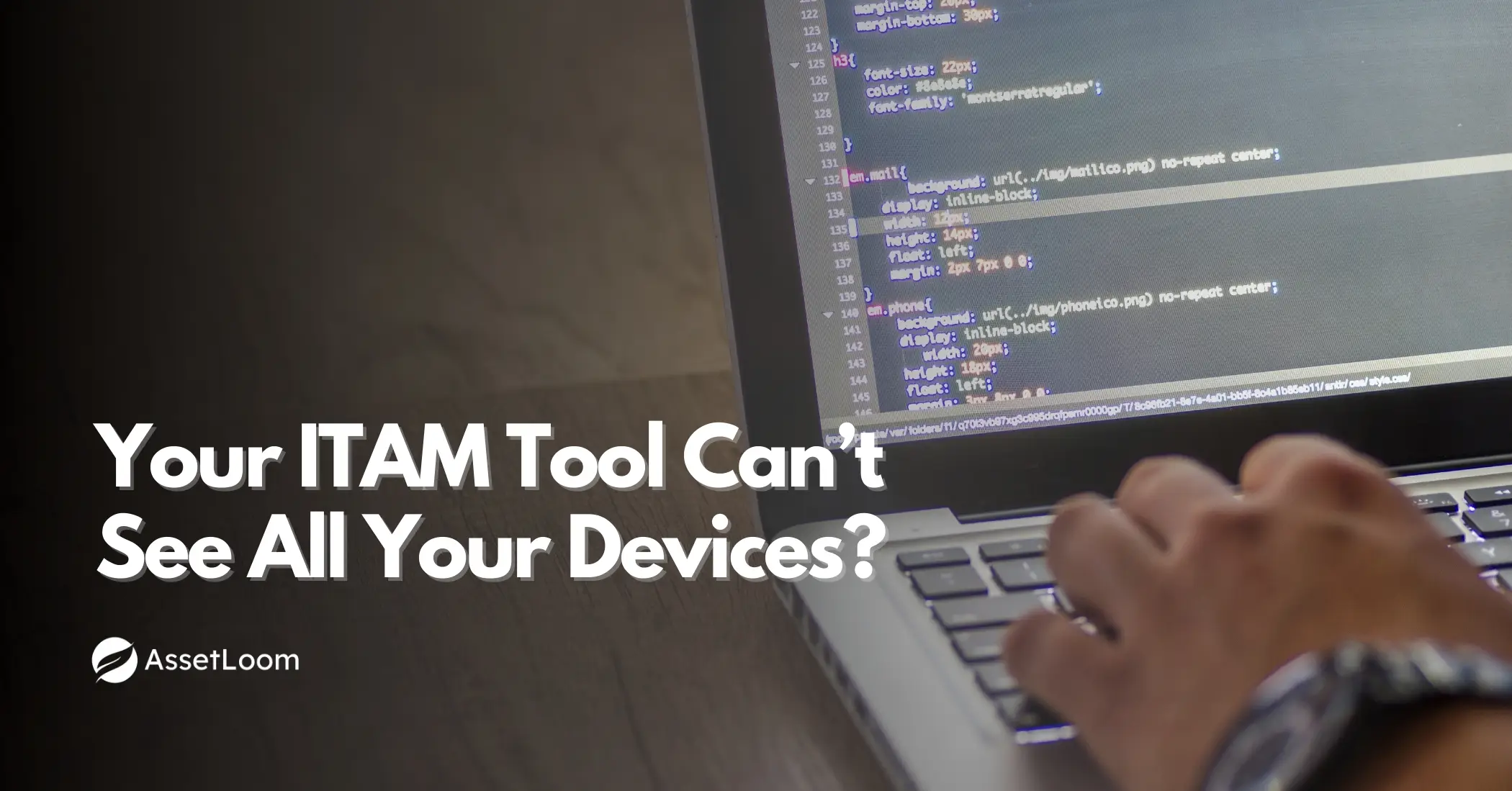What is SIAM? Service Integration and Management Explained
Learn what SIAM (Service Integration and Management) is, how it works, and how it helps organizations manage multiple IT service providers.
As organizations grow, they often rely on multiple IT service providers to support different parts of their business. One provider may manage the cloud platform, another the internal network, and others may take care of cybersecurity, help desk services, or hardware maintenance. While this approach offers flexibility and access to specialized expertise, it can also lead to complexity, confusion, and service disruptions.
This is where SIAM becomes valuable. Many companies today are asking, "What is SIAM?" and how it can help bring order to multi-vendor environments.
What is SIAM?
SIAM, which stands for Service Integration and Management, is a management approach designed to coordinate and control multiple service providers. It ensures they work together in a unified way to deliver high-quality IT services to a business or organization.
Instead of letting each service provider operate independently, SIAM introduces an integration layer. This layer connects all providers, aligns their processes, and ensures accountability. The result is a more stable, efficient, and responsive IT environment.
SIAM is not a product or a software tool. It is a framework, a structured way of working, that helps organizations manage the complexity of multi-sourced IT services.
Why SIAM is Needed
Without a common integration model, organizations that work with several providers may face problems like:
- Overlapping responsibilities
- Finger-pointing during incidents
- Delays in issue resolution
- Lack of transparency
- Conflicting tools and processes
- Difficulty measuring performance
These issues affect not only the IT department but the entire business. SIAM helps by creating a common structure where all service providers are expected to follow shared rules, collaborate, and deliver services as one unified team.
How SIAM Works
At the heart of Service Integration and Management is the idea of having a central point of coordination known as the service integrator. This role can be filled by an internal team, a third-party company, or a combination of both.
Here is how SIAM works in practice:
- Establish Common Processes All service providers follow the same processes for handling incidents, managing changes, and reporting on performance. This ensures consistency.
- Define Clear Roles and Responsibilities SIAM outlines who is responsible for what. This eliminates confusion and makes it easier to hold providers accountable.
- Central Coordination The service integrator oversees service delivery across all providers, manages communication between teams, and ensures alignment with business goals.
- Unified Service Reporting SIAM collects and organizes information from all providers into one place. This helps with decision-making and performance monitoring.
The SIAM Model
To understand how SIAM is structured, it helps to look at the four layers of the SIAM model:
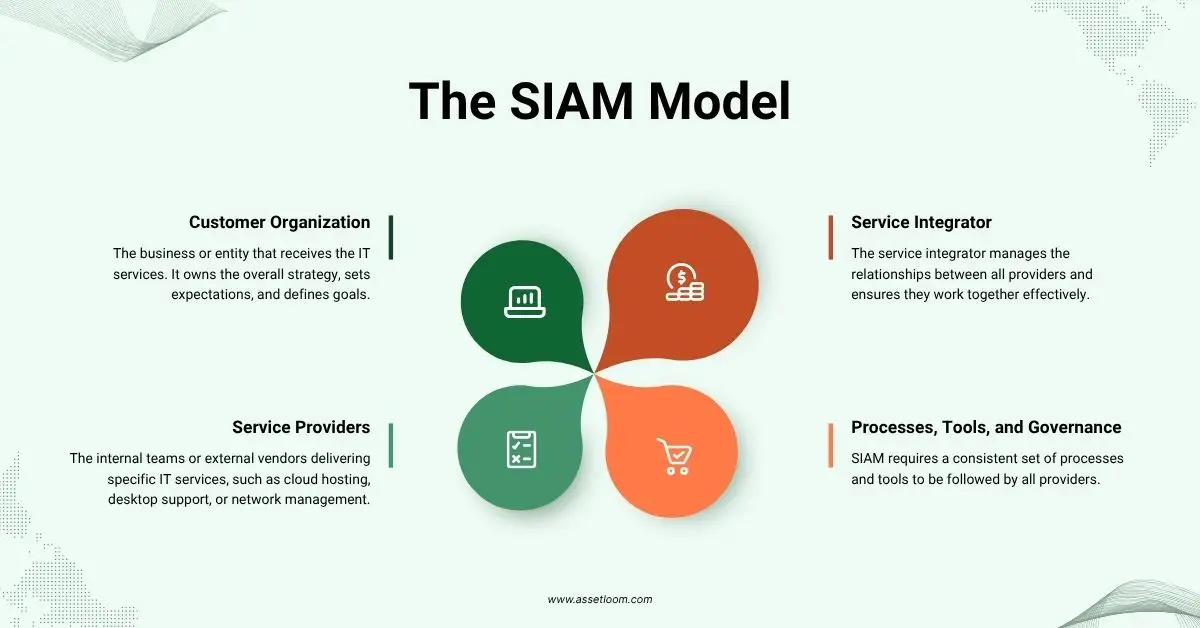
1. Customer Organization
This is the business or entity that receives the IT services. It owns the overall strategy, sets expectations, and defines goals. The customer organization may choose to run the service integration itself or delegate it to a third party.
2. Service Integrator
This is the central role in the Service Integration and Management model. The service integrator manages the relationships between all providers and ensures they work together effectively. The integrator also enforces shared standards, manages reporting, and supports continuous improvement.
3. Service Providers
These are the internal teams or external vendors delivering specific IT services, such as cloud hosting, desktop support, or network management. Each provider contributes to the end-to-end delivery of IT services.
4. Processes, Tools, and Governance
SIAM requires a consistent set of processes and tools to be followed by all providers. This includes using compatible service management systems, dashboards, and performance reports. Governance ensures everyone stays aligned with service targets and business needs.
Benefits of SIAM
Implementing Service Integration and Management can bring several long-term benefits to an organization:
1. Improved Collaboration
SIAM encourages teamwork between providers by requiring shared processes and open communication.
2. Faster Problem Resolution
With clearly defined responsibilities and a central coordination role, issues are identified and resolved more quickly.
3. Greater Accountability
Every provider knows what they are responsible for. This reduces confusion and improves service reliability.
4. Unified Service Delivery
SIAM helps create a seamless service experience for end users, even if many different teams are involved behind the scenes.
5. Scalability and Flexibility
As your business grows or changes, it is easier to add, remove, or replace service providers within a structured SIAM model.
6. Better Visibility and Control
The organization gets a full picture of IT service performance across all providers, which supports better planning and management.
How Tools Can Support SIAM
While SIAM is not a tool, it relies on ITAM tools to support visibility and control, including:
- Track IT assets across vendors
- Provide ownership and location data
- Improve compliance and lifecycle management
Explore Top 10 Automated IT Asset Management Tools in 2025
This data supports SIAM activities such as:
- Incident triage
- Change management
- Vendor performance reporting
SIAM vs Traditional Multi-Vendor Management
To better understand what makes SIAM different, it helps to compare it with the traditional way of managing multiple service providers.
In many organizations, IT providers are managed separately. Each vendor delivers services based on their own processes and tools. This can work for basic setups, but as the number of providers grows, so does the complexity. Without a common structure, issues take longer to resolve, and it becomes harder to hold providers accountable.
Explore what is IT Vendor Management.
SIAM introduces a unified approach. It doesn’t change what providers do — it changes how they work together. SIAM adds coordination, shared standards, and end-to-end visibility.
Here is a side-by-side comparison:
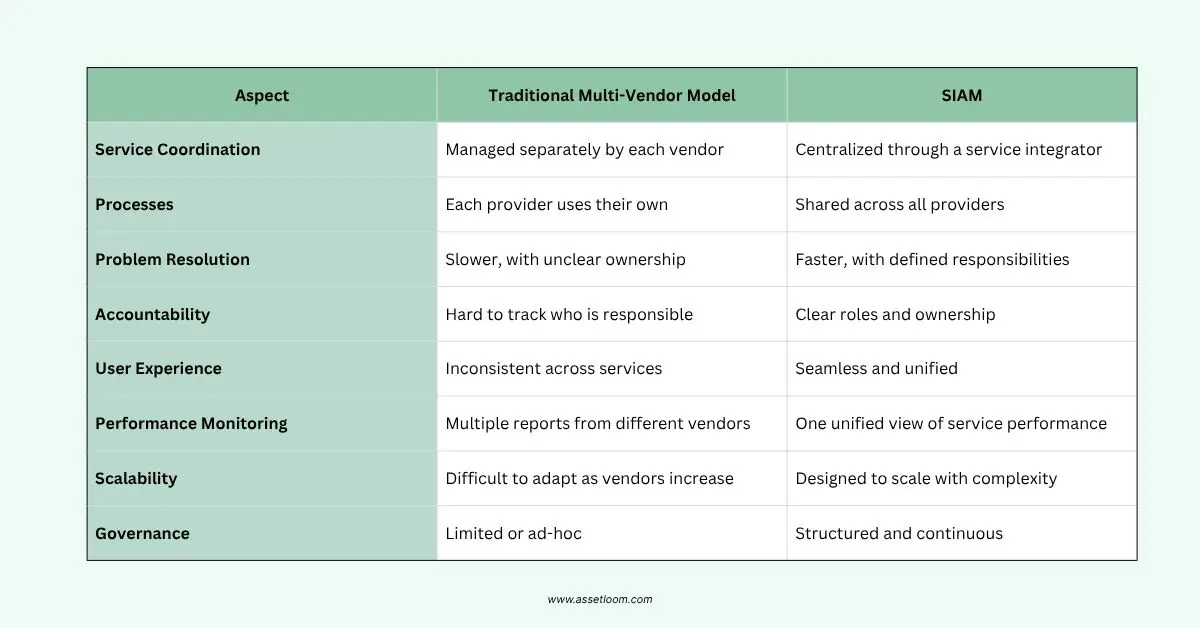
As this table shows, SIAM brings structure and clarity to multi-provider environments. It is especially valuable for medium to large organizations with a wide mix of IT services.
Real-World Example of SIAM in Action
Let’s consider a company that uses the following:
- A cloud provider for hosting business applications
- A network vendor for maintaining connectivity
- A cybersecurity firm for managing threats
- An internal IT team for support and help desk
Without SIAM, each provider might use different tools, follow different processes, and operate in isolation. If something goes wrong, such as a user being unable to access an app, it could take hours to find out whether the issue is with the network, the cloud platform, or the user’s device.
With SIAM, all providers follow the same reporting and escalation process. The service integrator steps in to coordinate the investigation, ensuring all parties work together efficiently. The result is faster resolution and less disruption for the business.
When to Use SIAM
SIAM is especially useful for organizations that:
- Work with three or more IT service providers
- Are undergoing digital transformation
- Want more control over service delivery
- Need to reduce operational silos
- Face delays in issue resolution or unclear responsibilities
Even if an organization only uses a few providers, SIAM can still help bring order, consistency, and long-term value.
Conclusion
So, what is SIAM? It is a practical, structured approach to managing IT services across multiple providers. Instead of working in silos, service providers follow common processes, are held accountable, and collaborate to deliver a better experience for the organization.
By using a Service Integration and Management model, companies can reduce confusion, resolve issues faster, and ensure that all providers are aligned with business goals. It is not a product or a tool, but a proven framework that can bring order and clarity to even the most complex IT environments.
If your organization works with several IT providers and you want better control, transparency, and service quality, then adopting SIAM may be the right next step.

Related Blogs
ITAM in General
Fixing Inventory Sync Issues Between ITAM and ITSM Tools
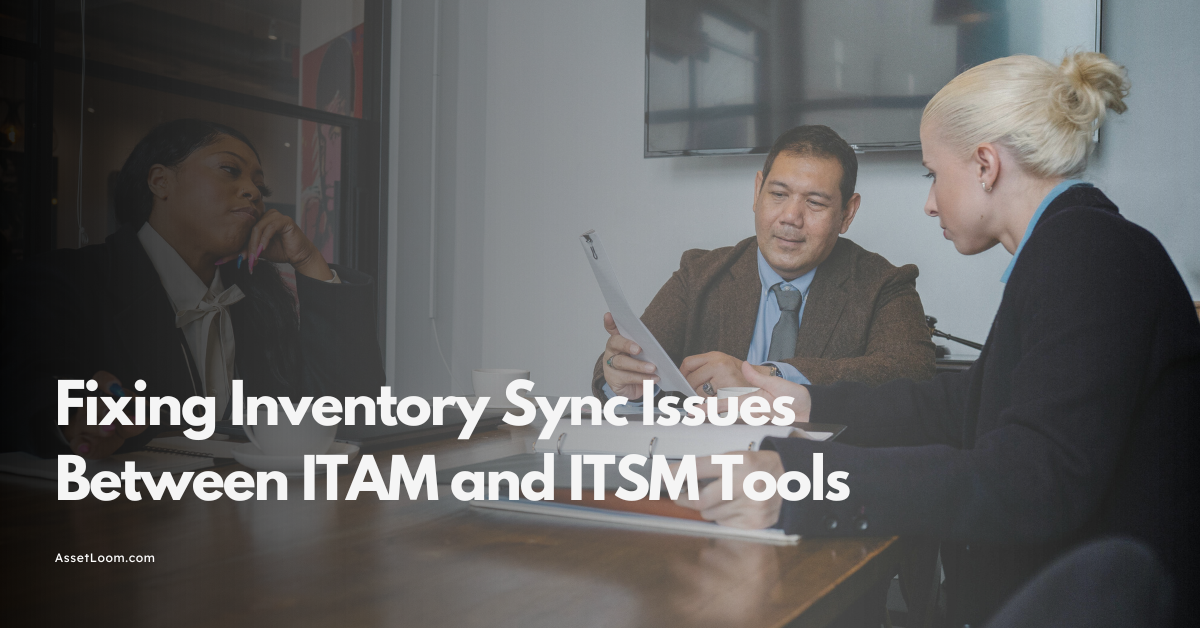
ITAM in General
The Hidden Costs of a Stolen Work Laptop & How to Prevent Them

ITAM in General
Case Studies That Prove the Importance of IT Asset Management
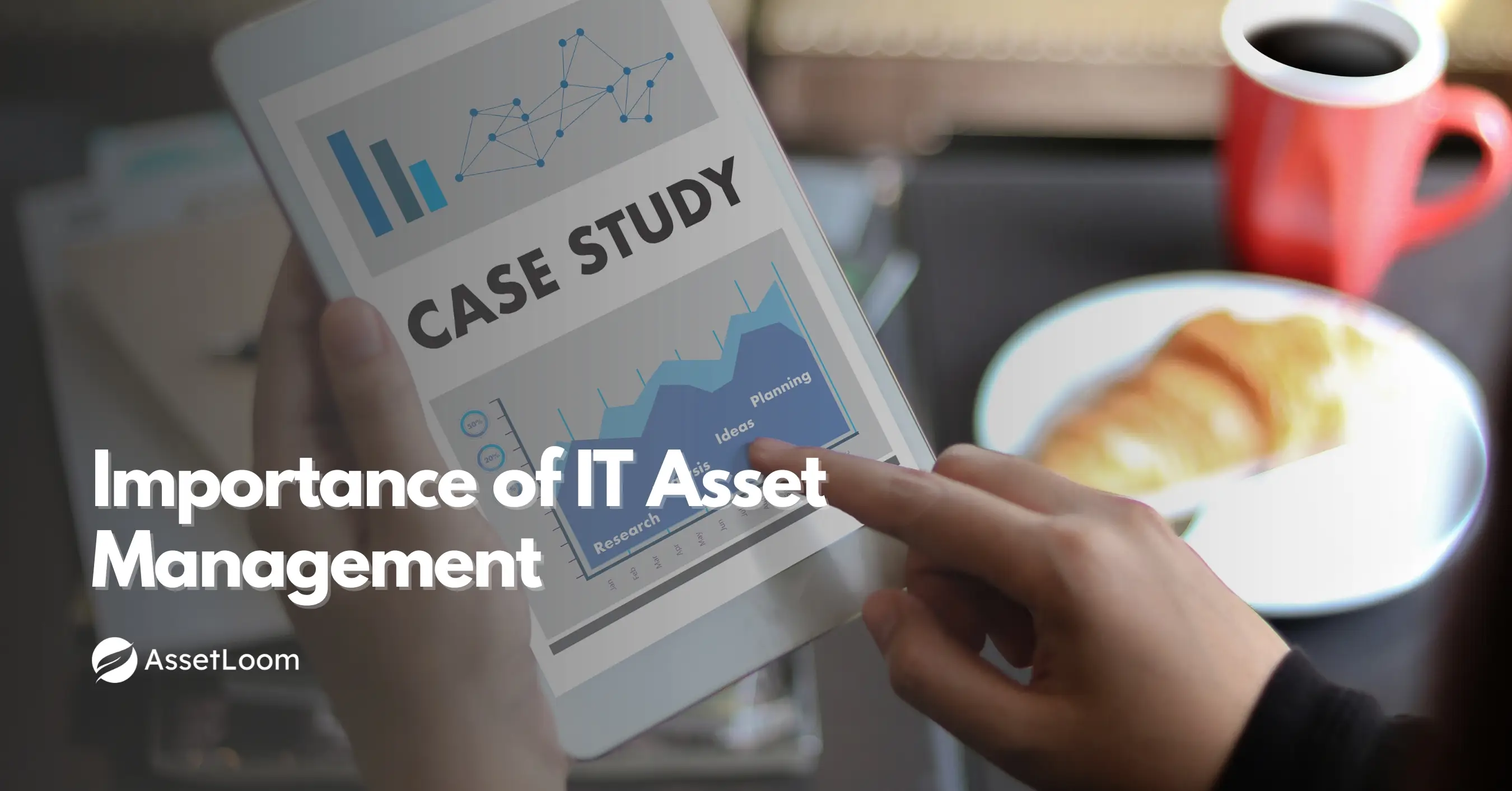
Subscribe for Expert Tips and Updates
Receive the latest news from AssetLoom. right in your inbox
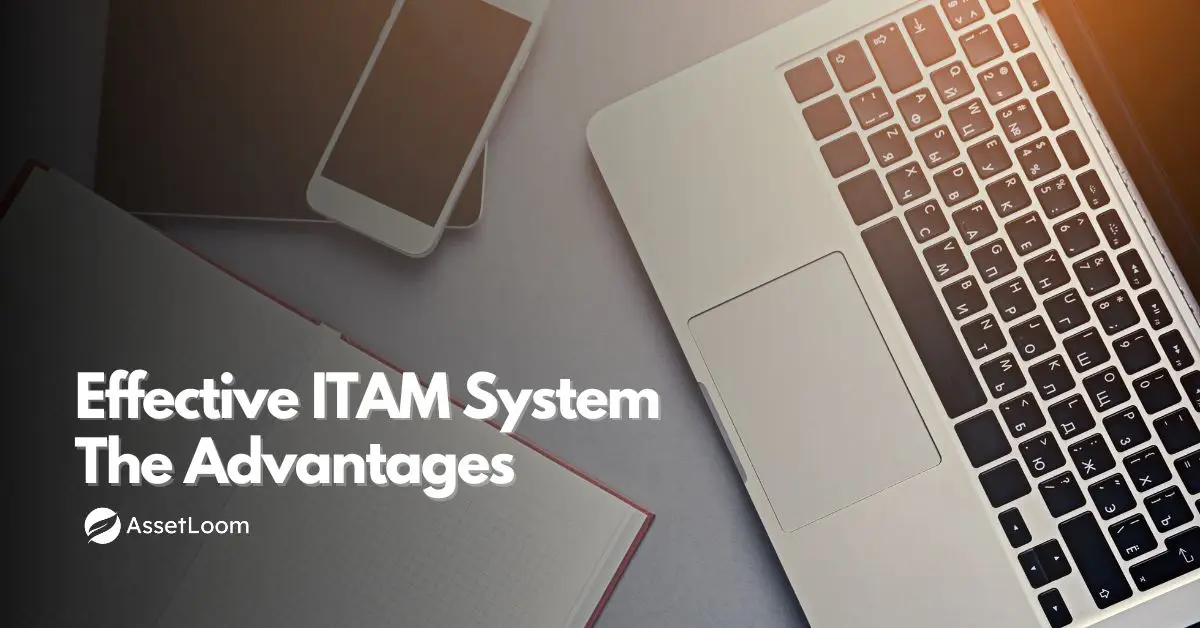
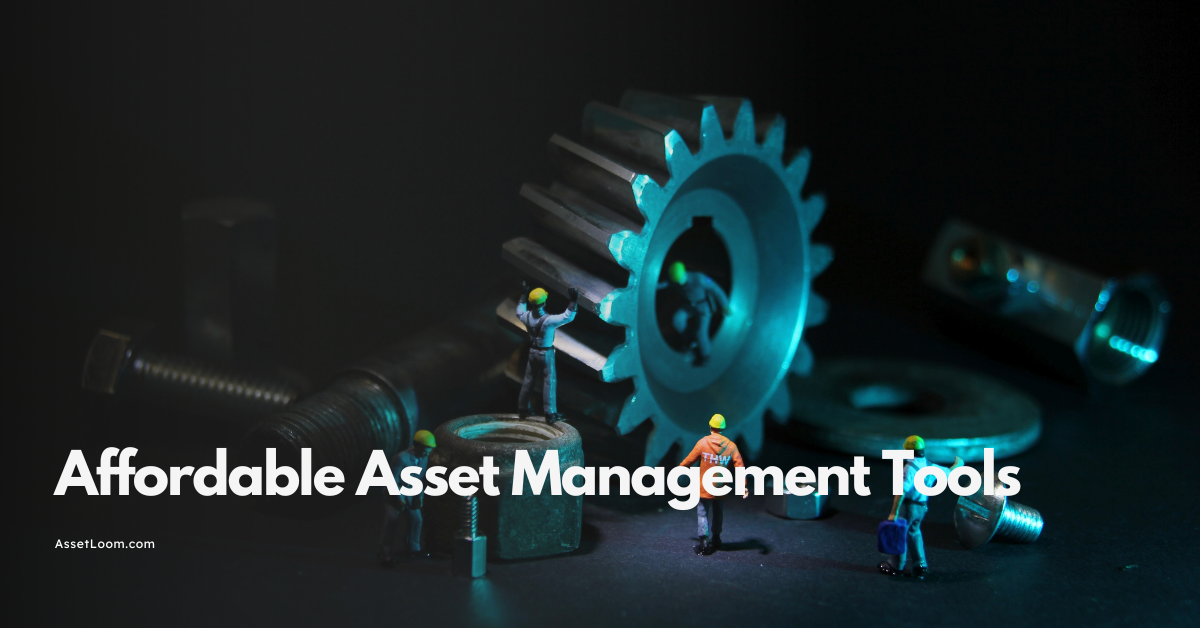

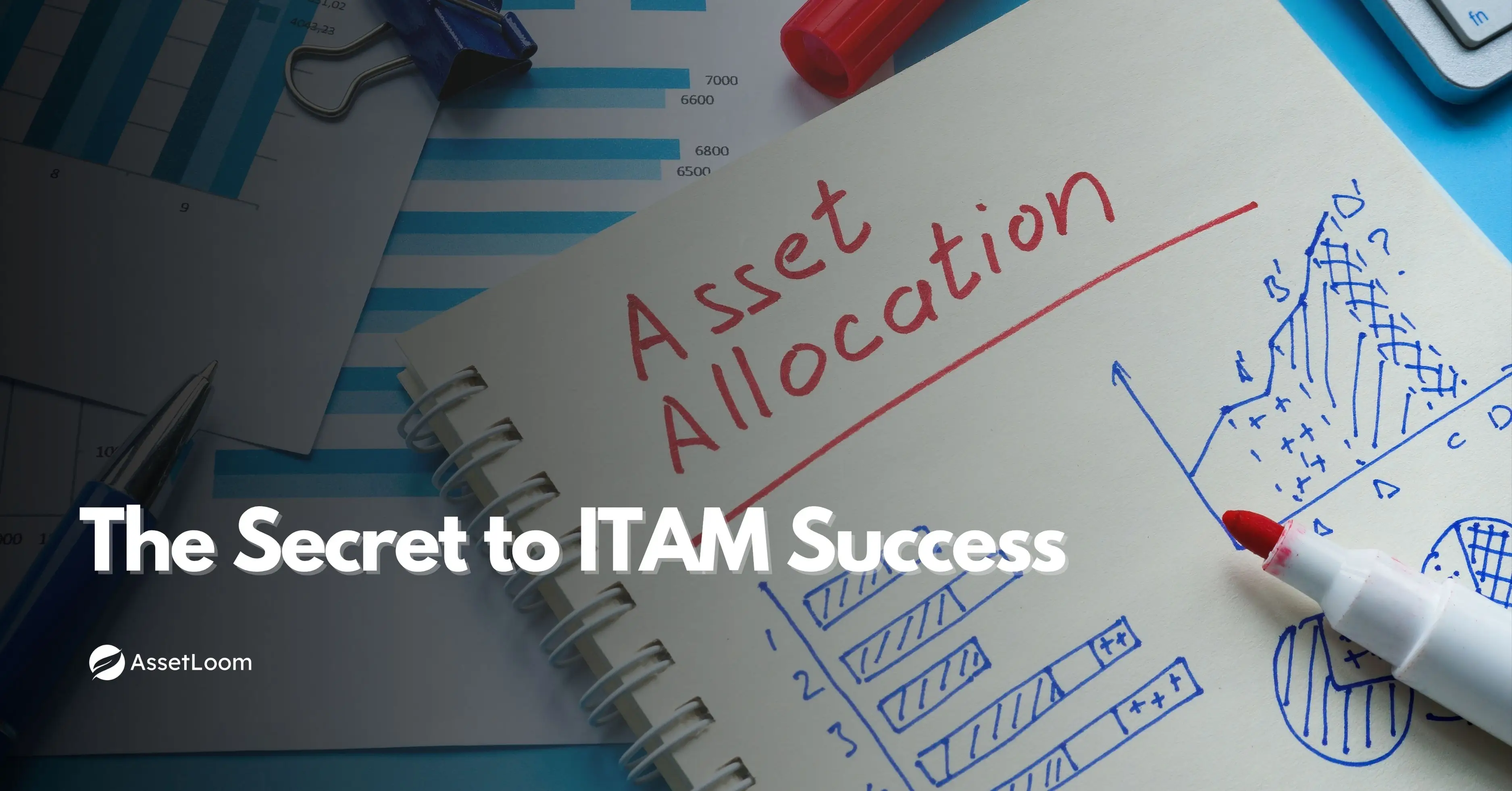
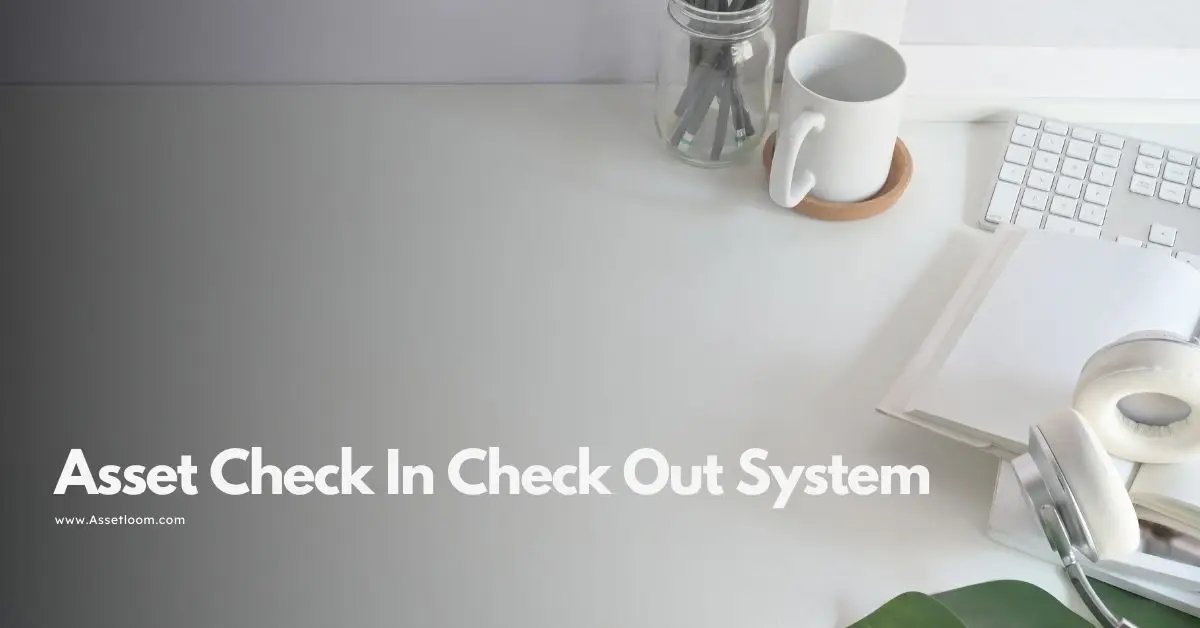



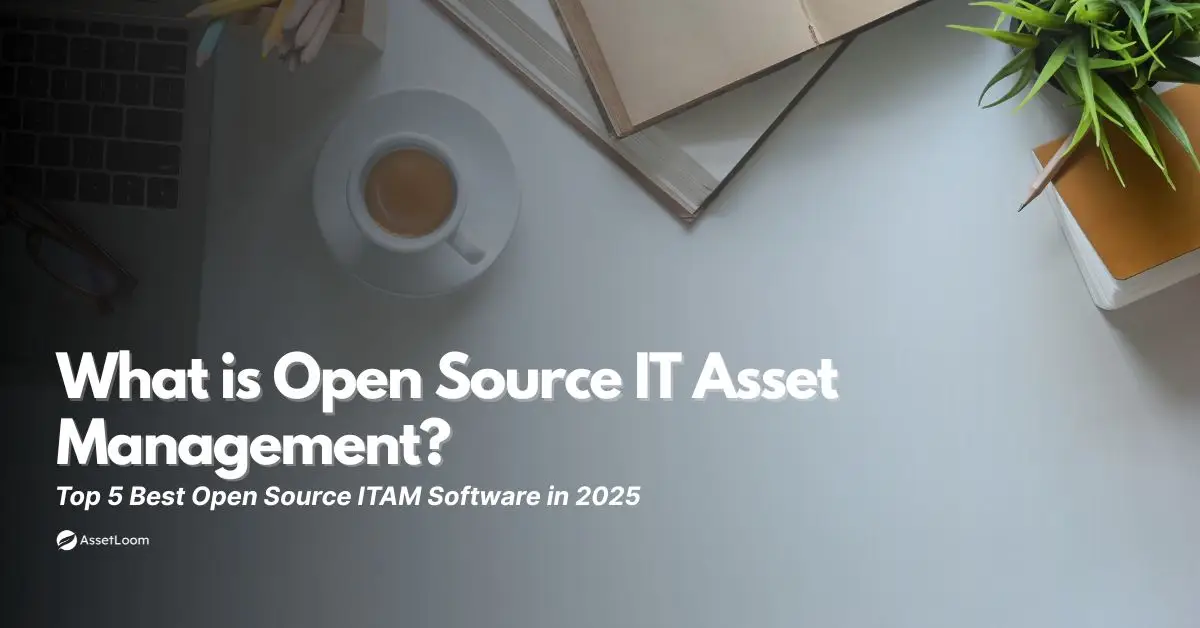





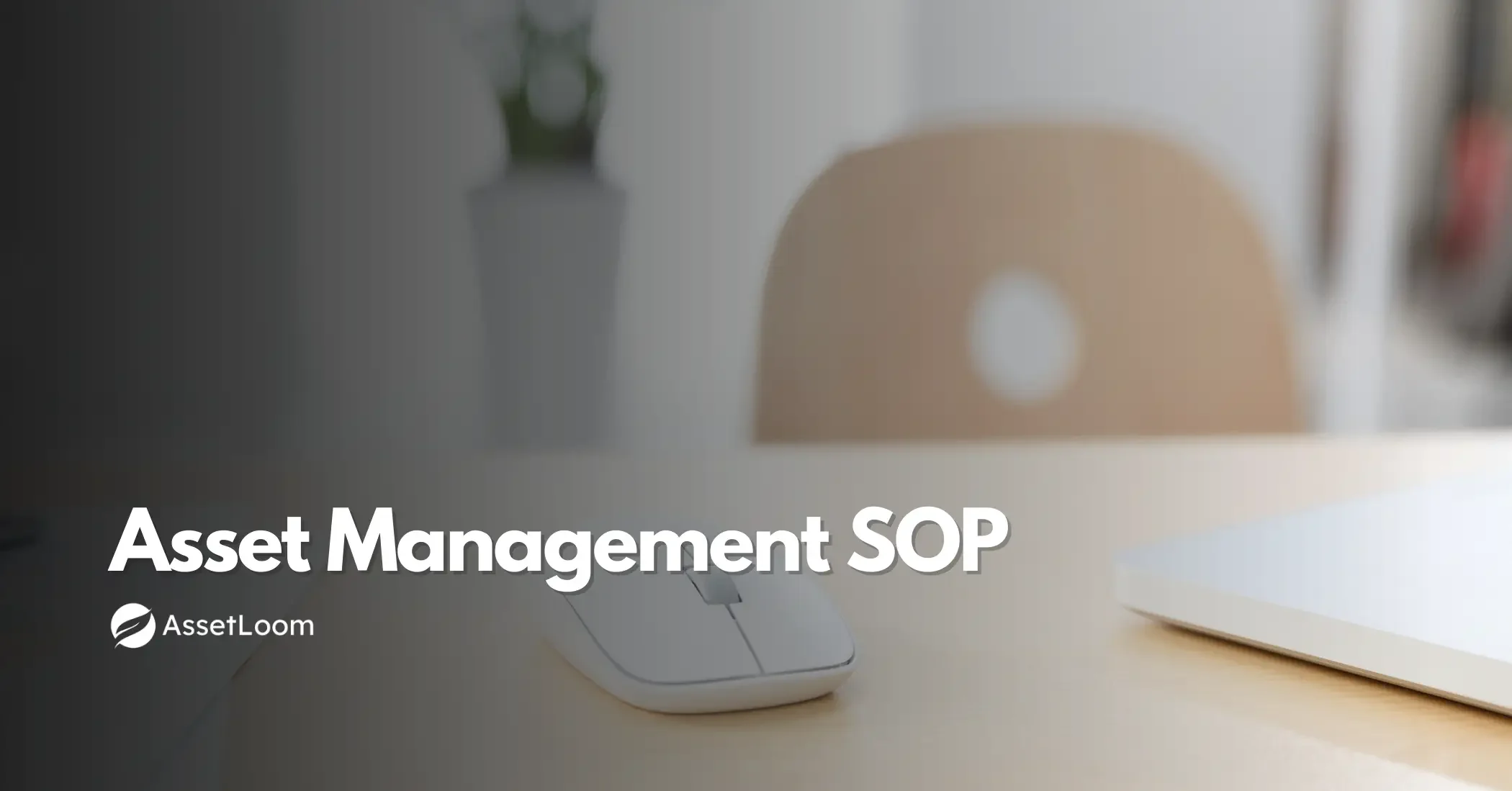





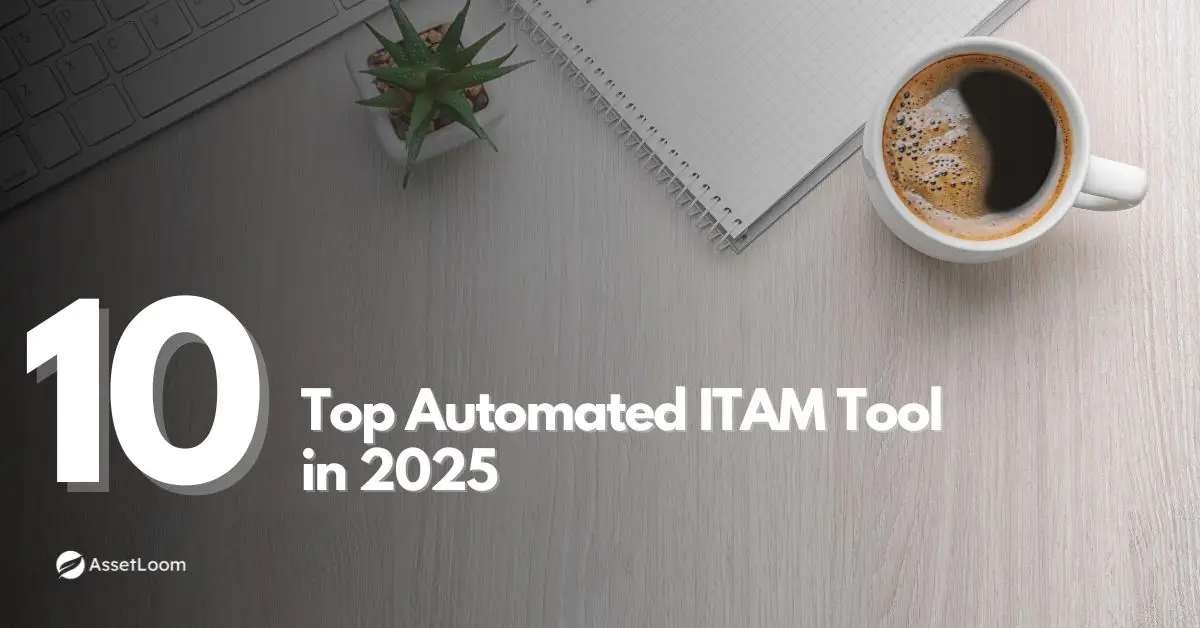
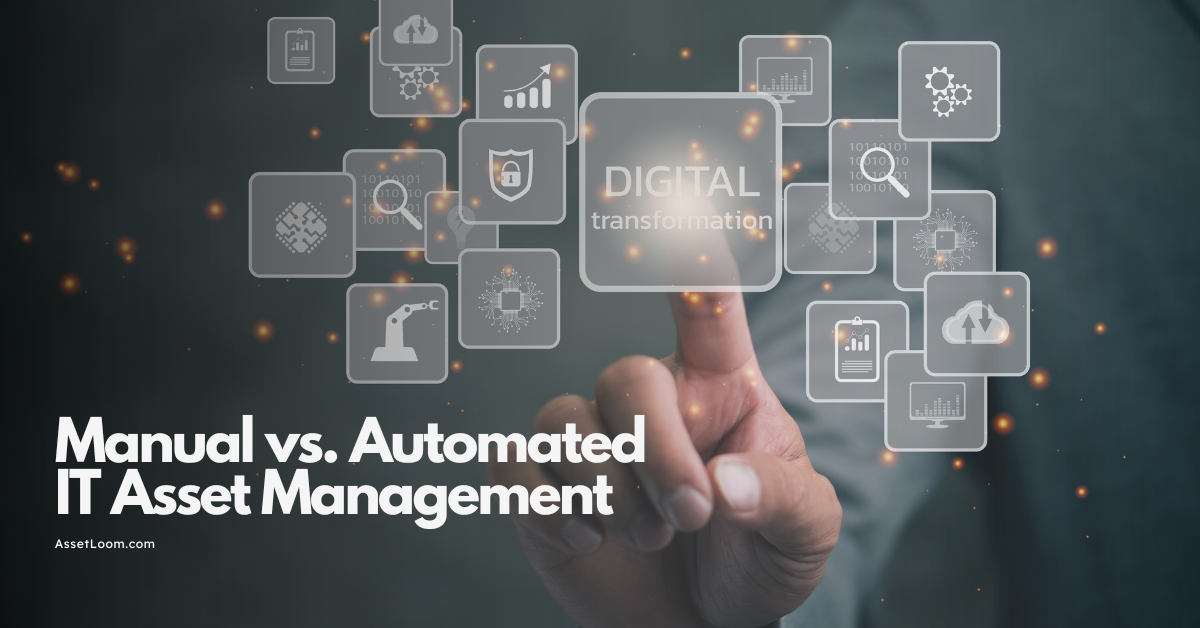
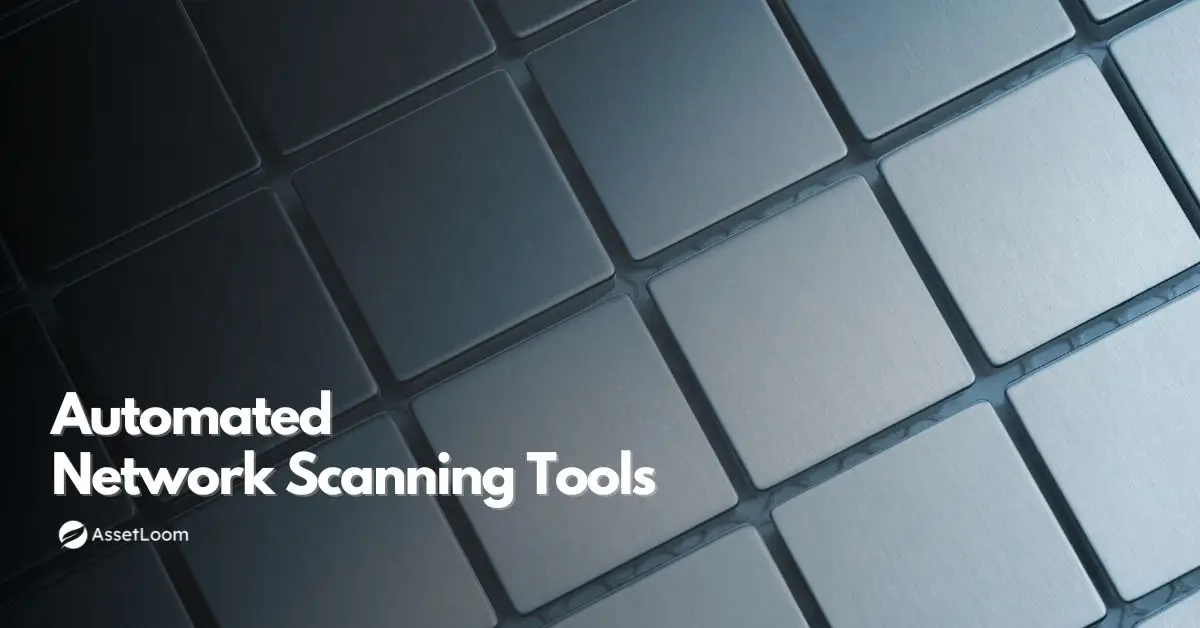






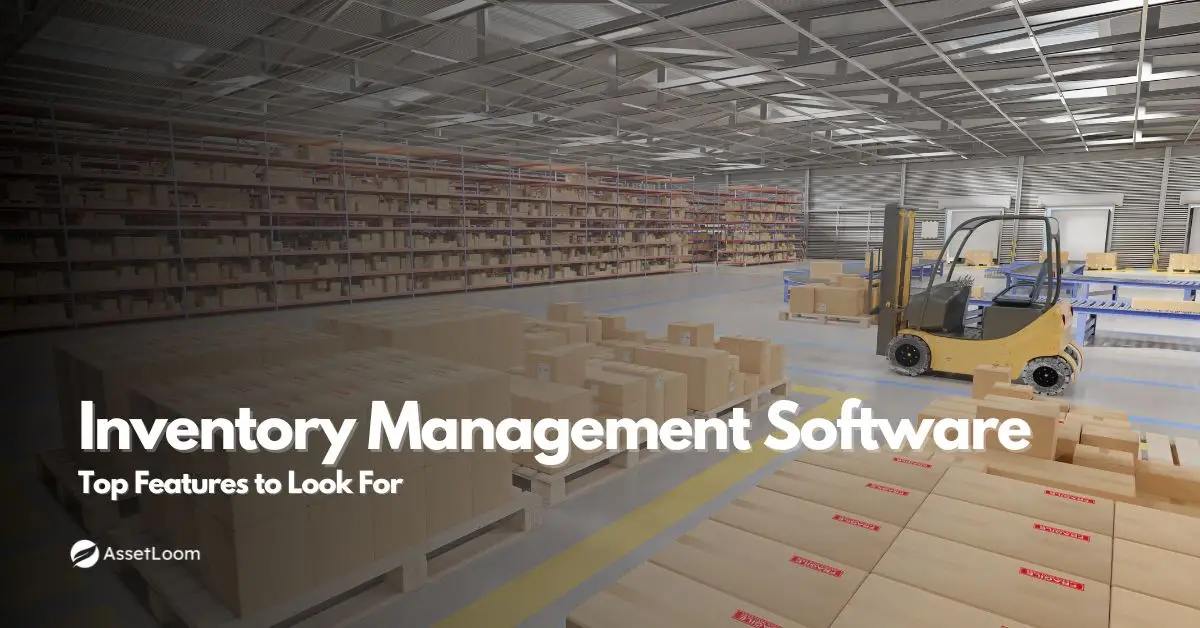

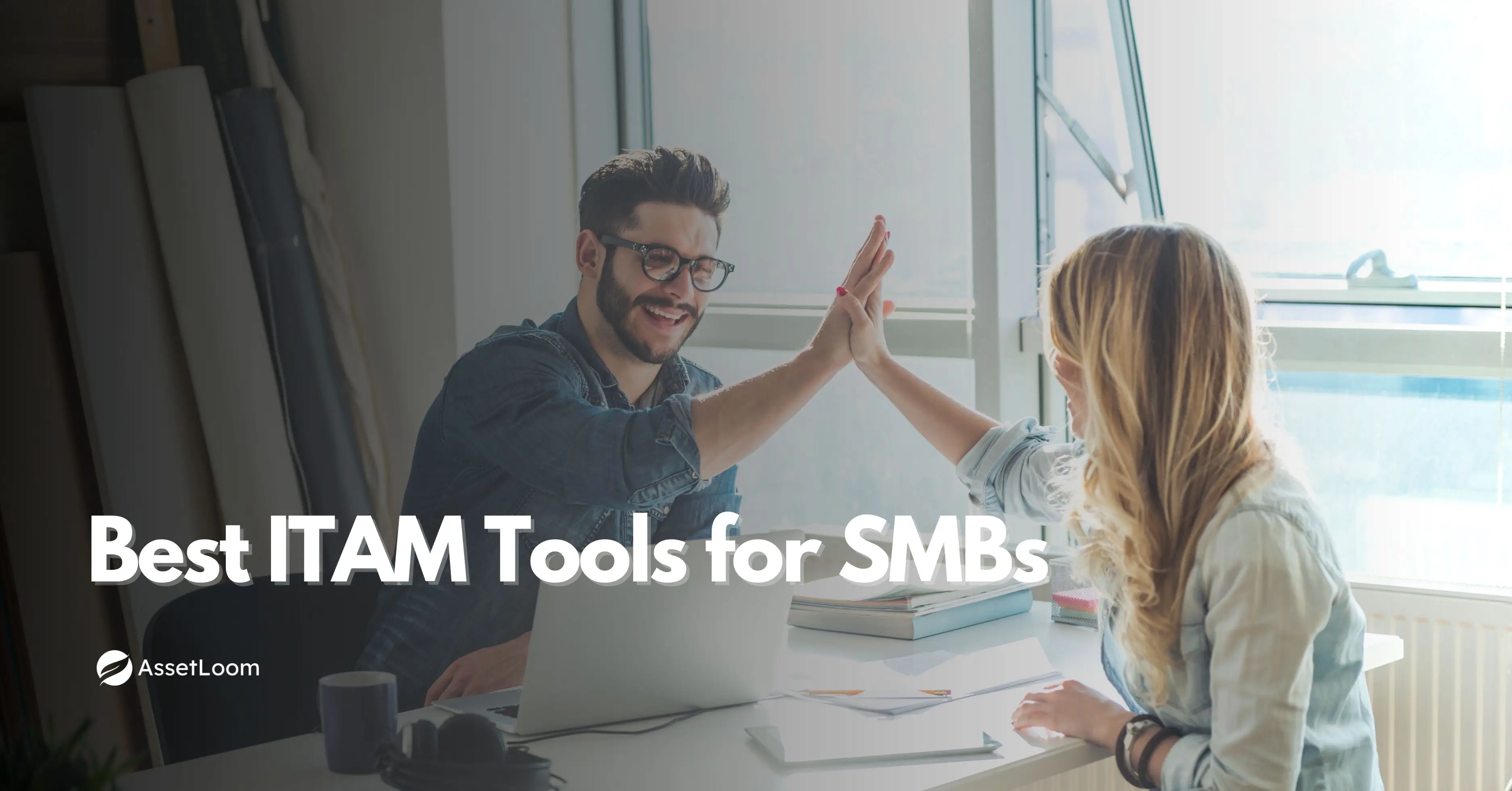
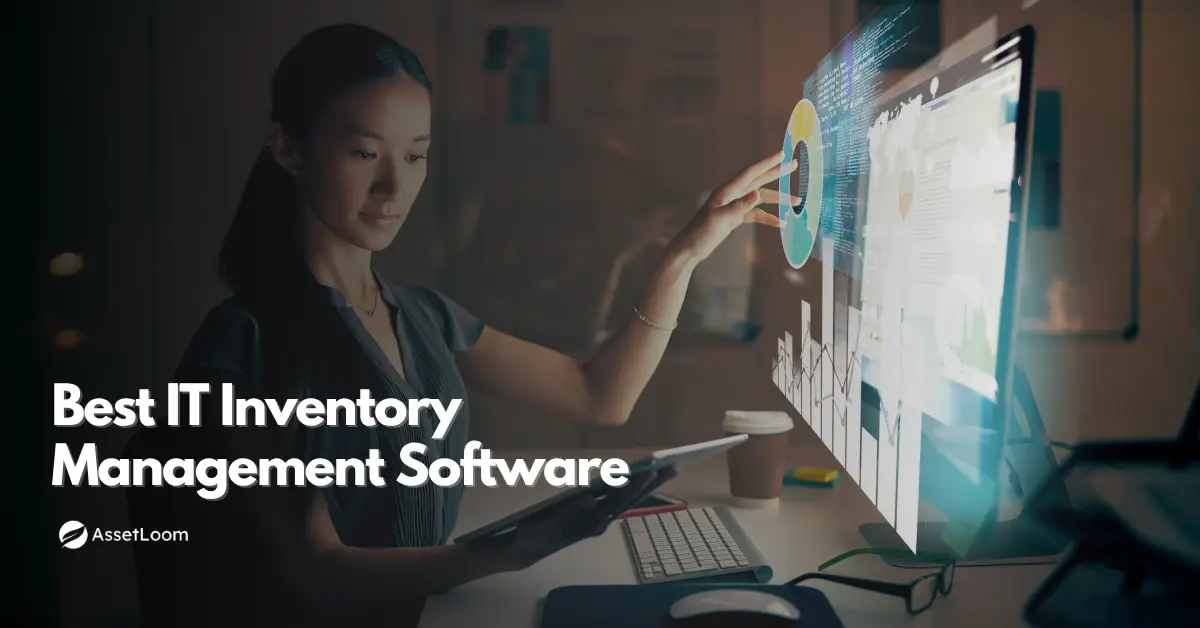



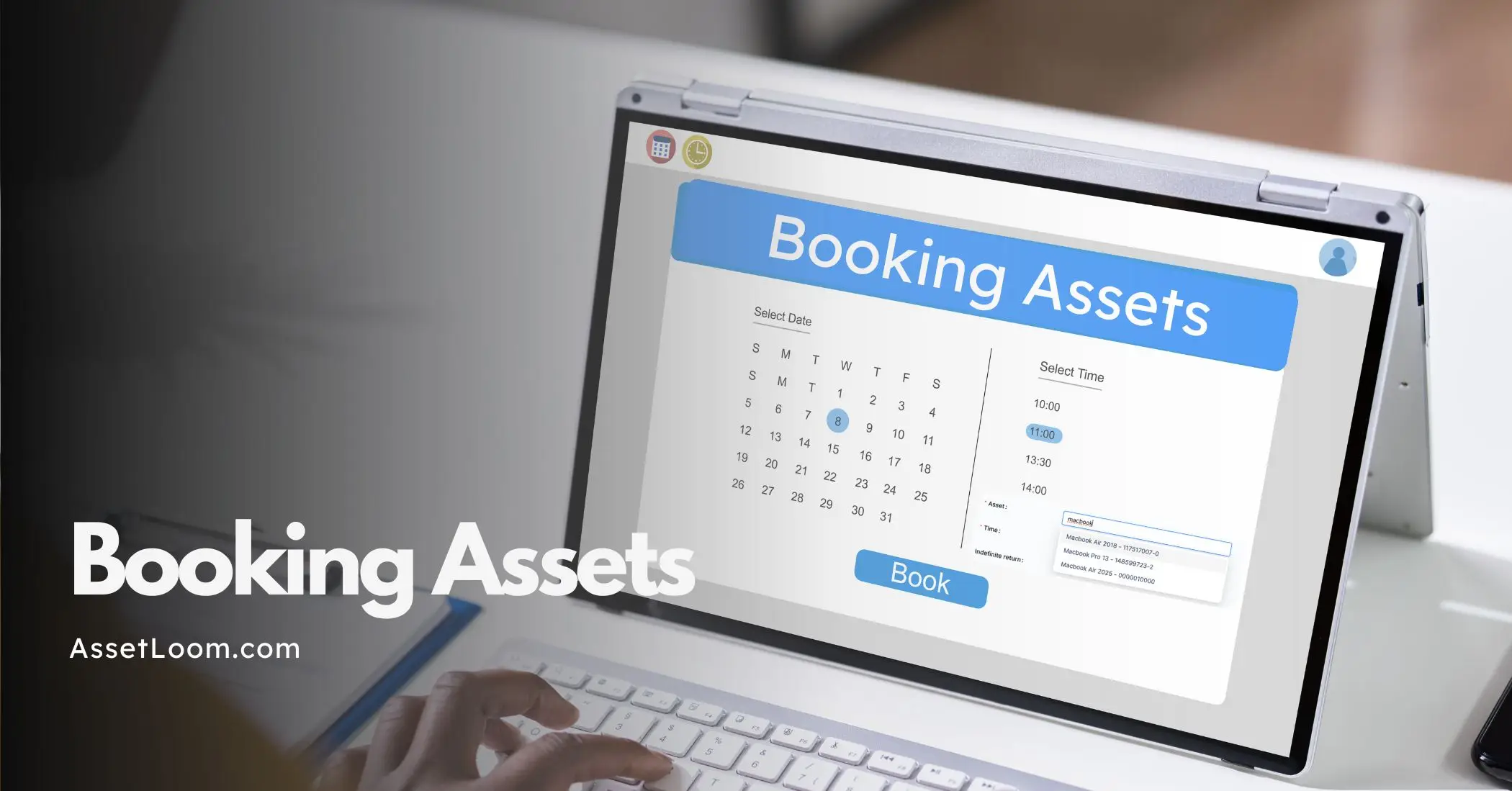



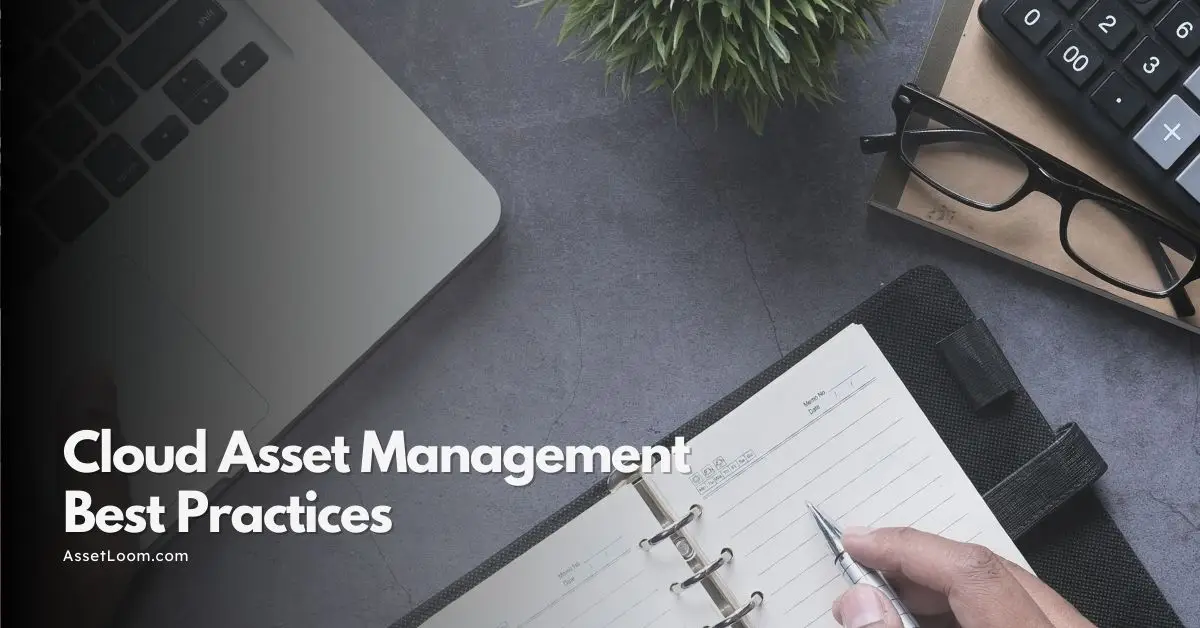
![Top 10 Cloud Asset Management Software for Modern Businesses [2025 Updated]](https://assetloom.com/marketing/blog/cloud-asset-management-software.png)
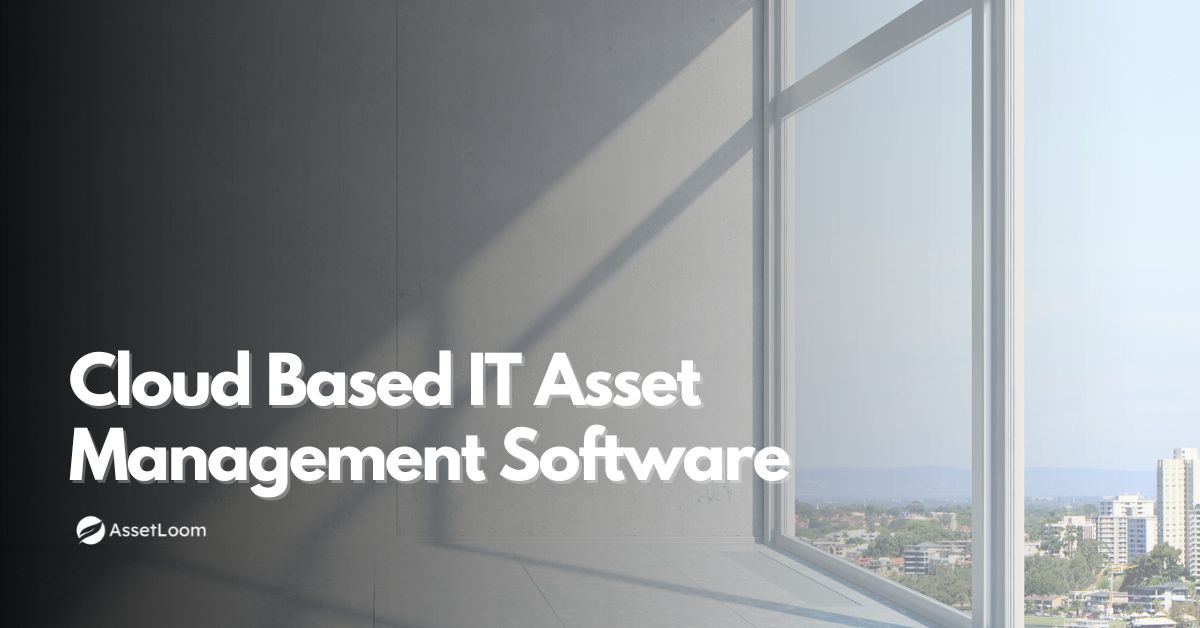

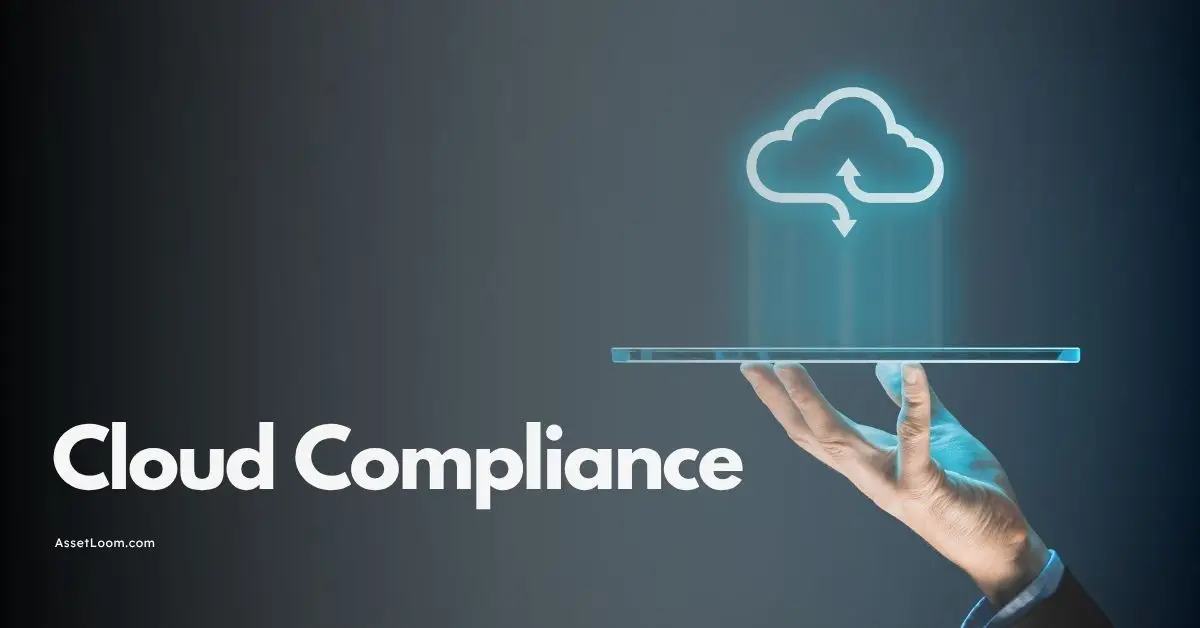
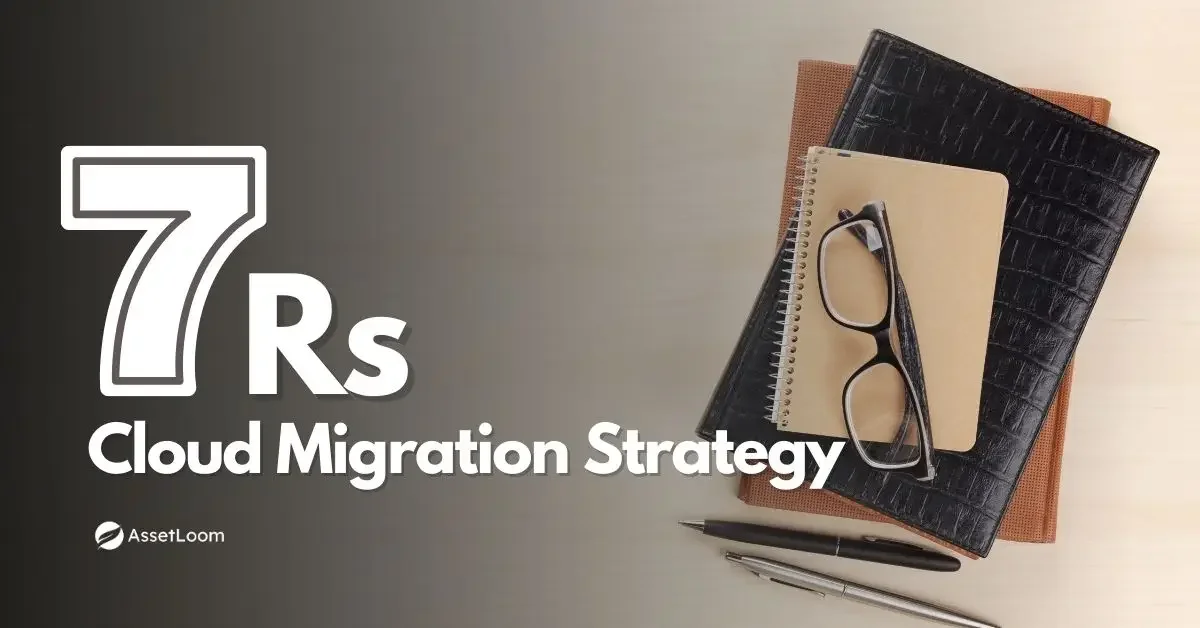
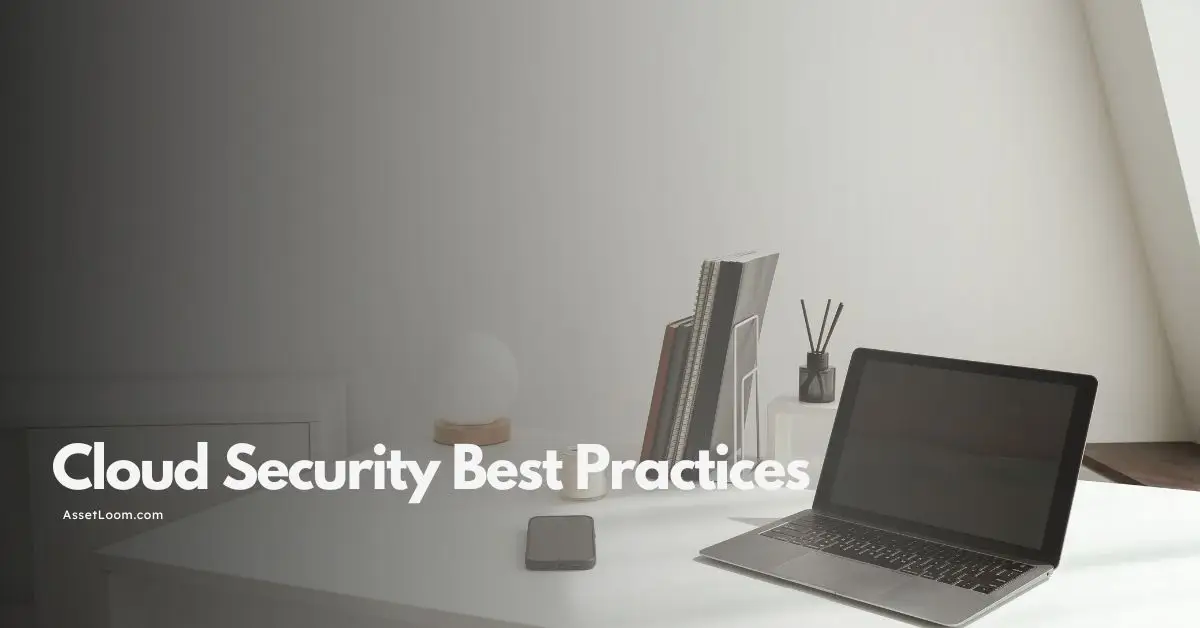
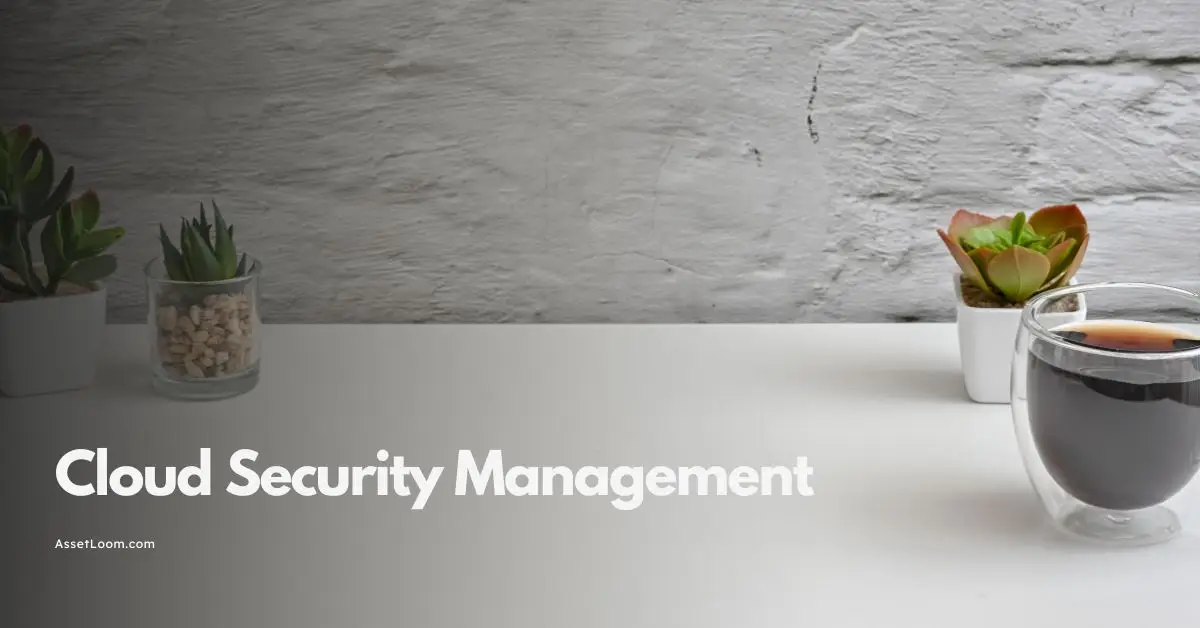

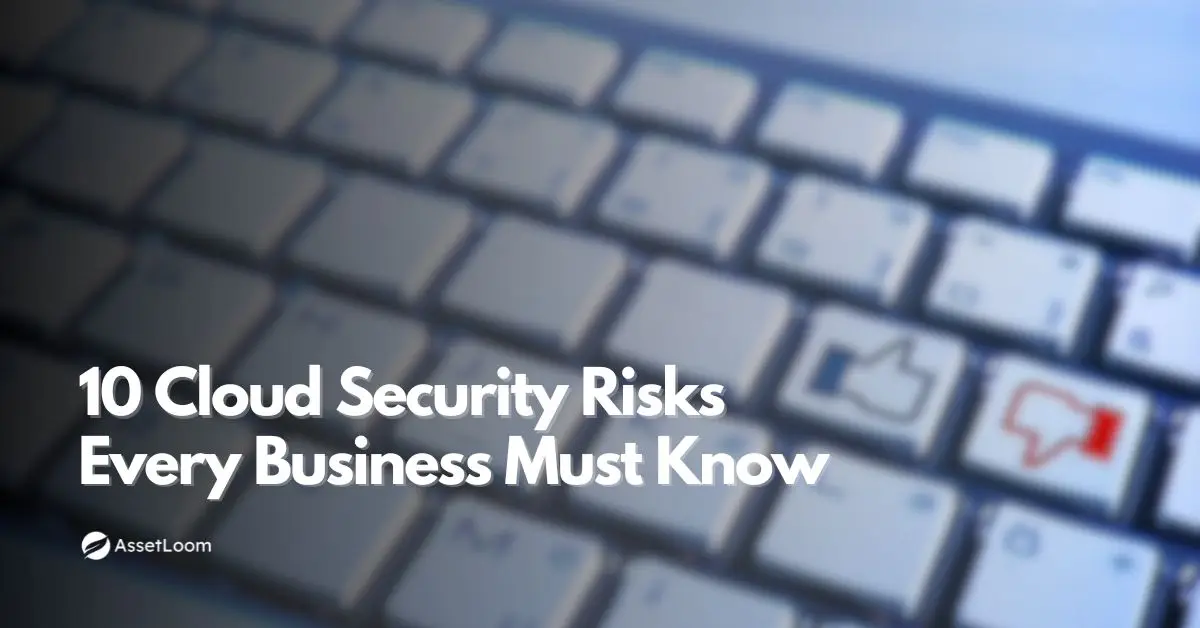

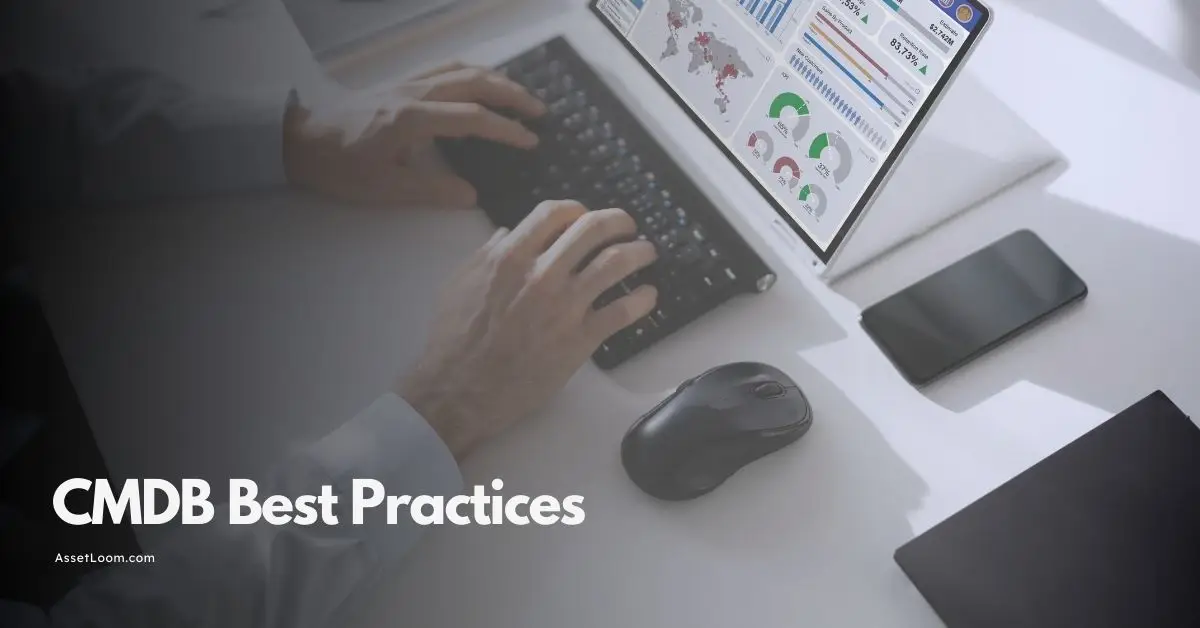
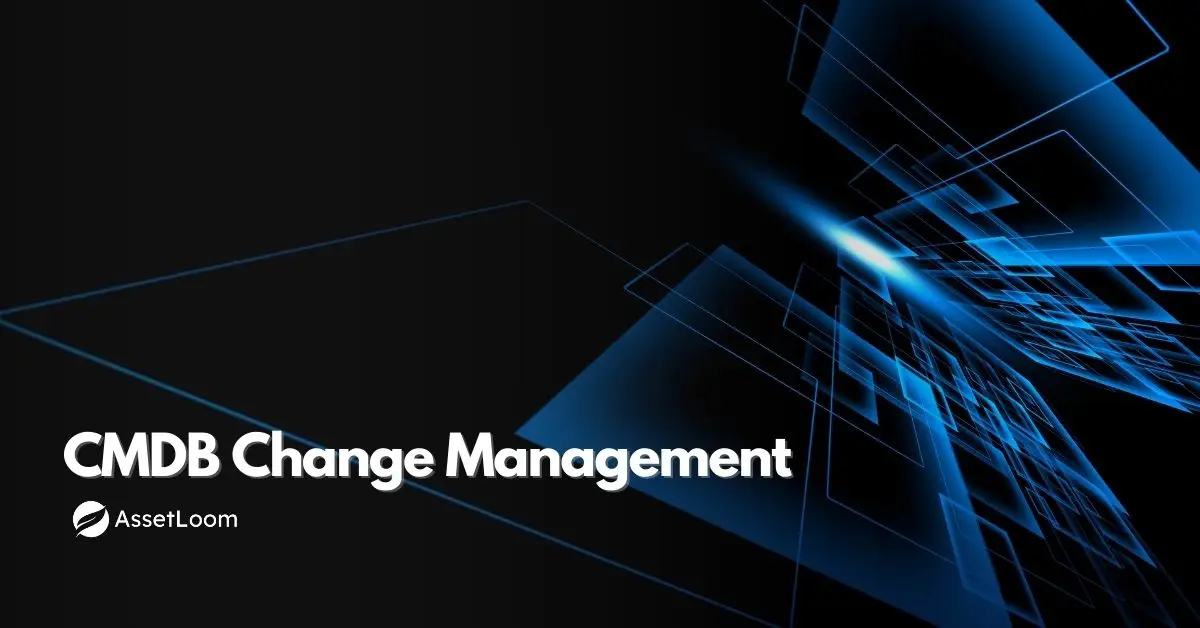
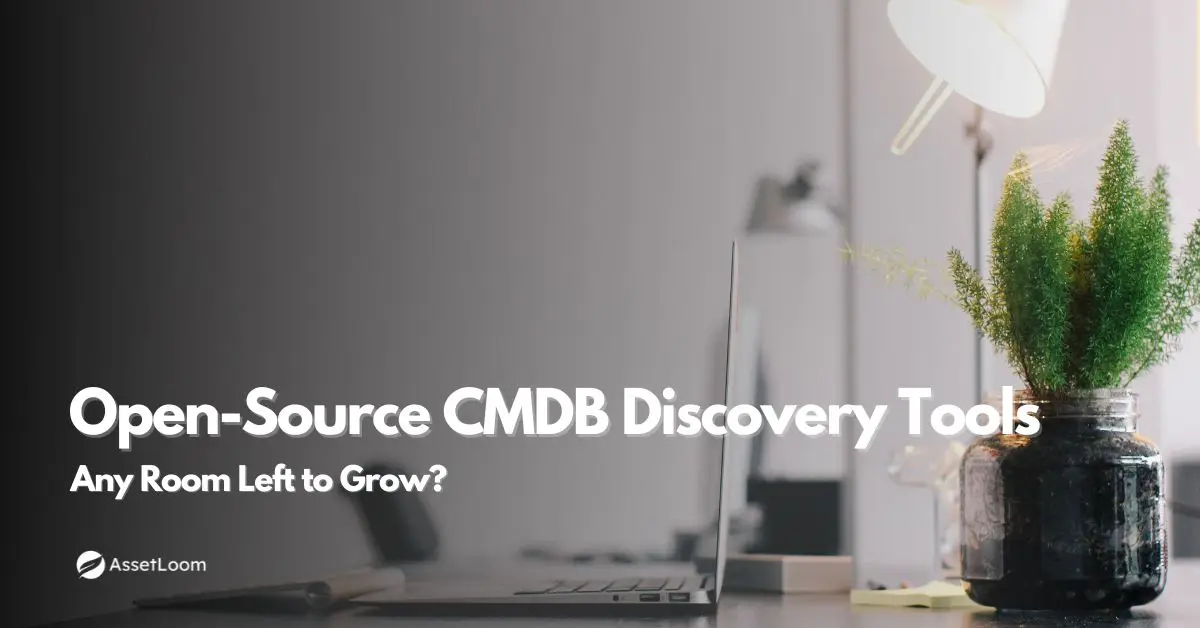
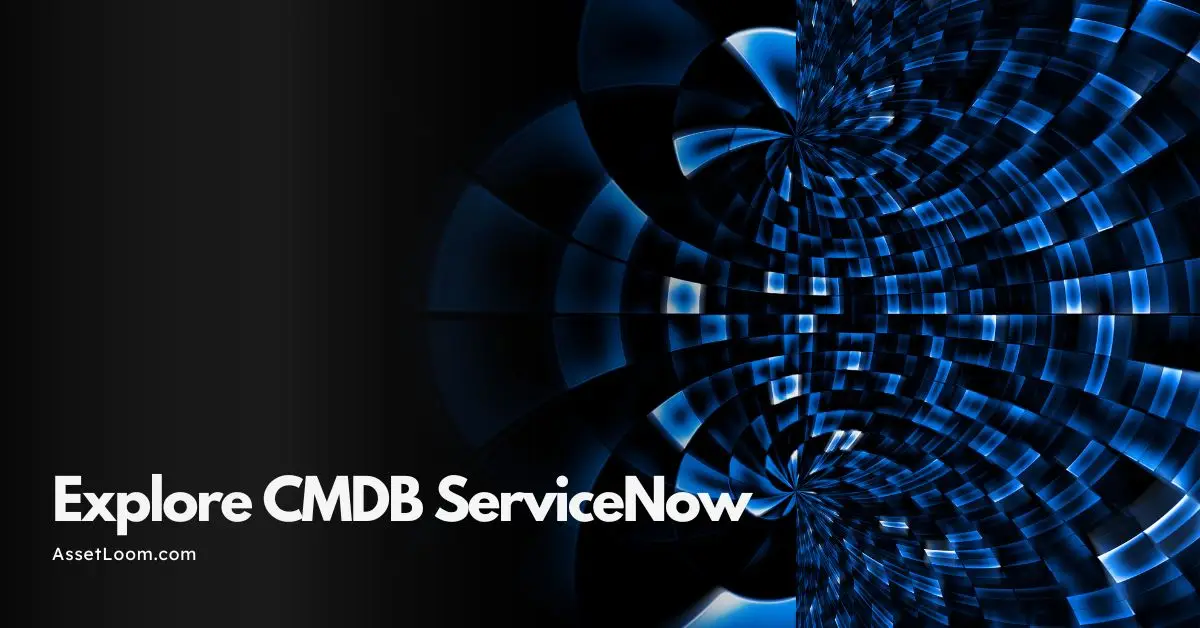
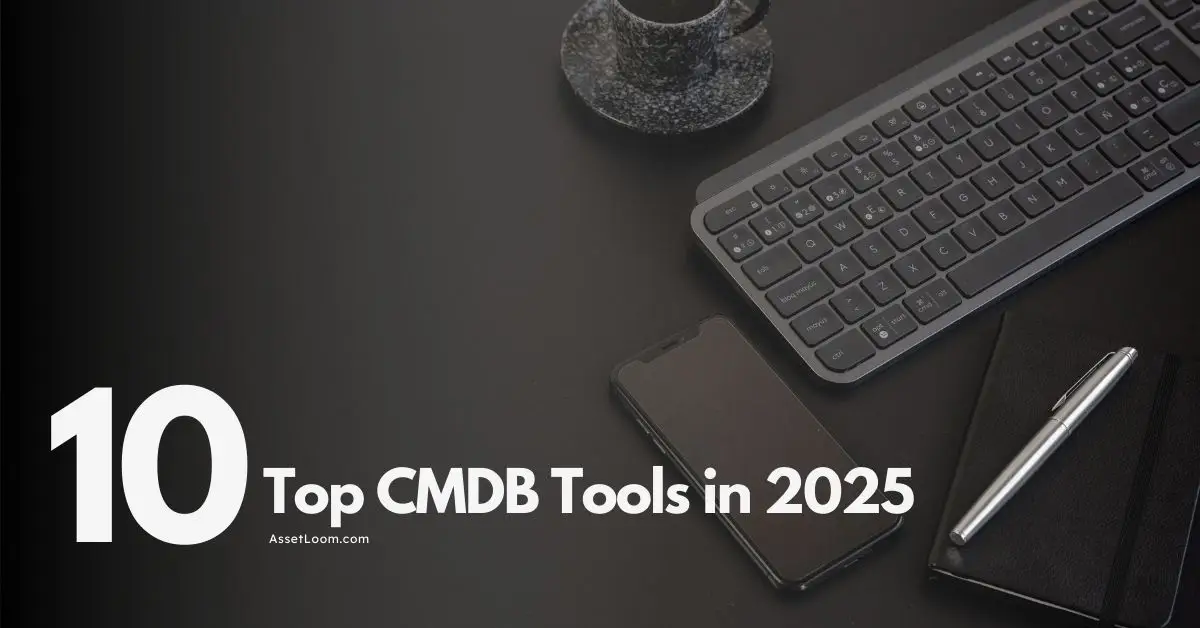
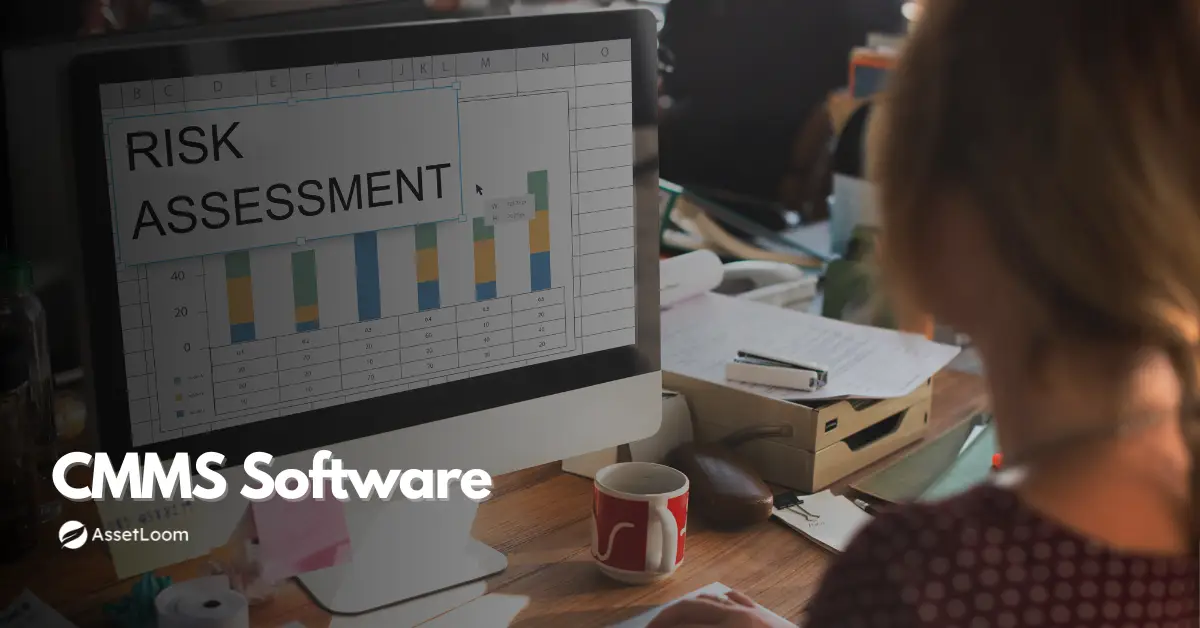
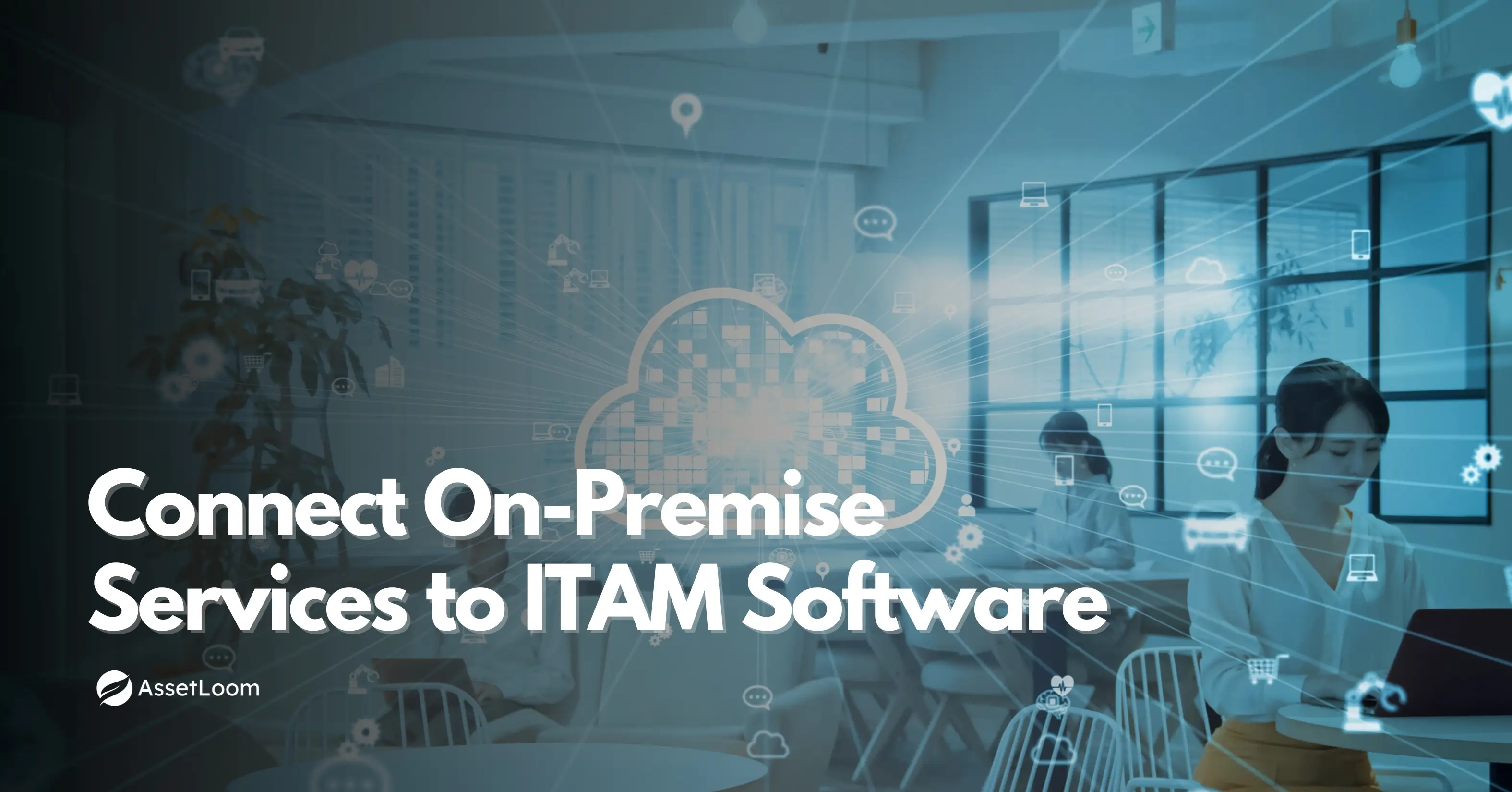










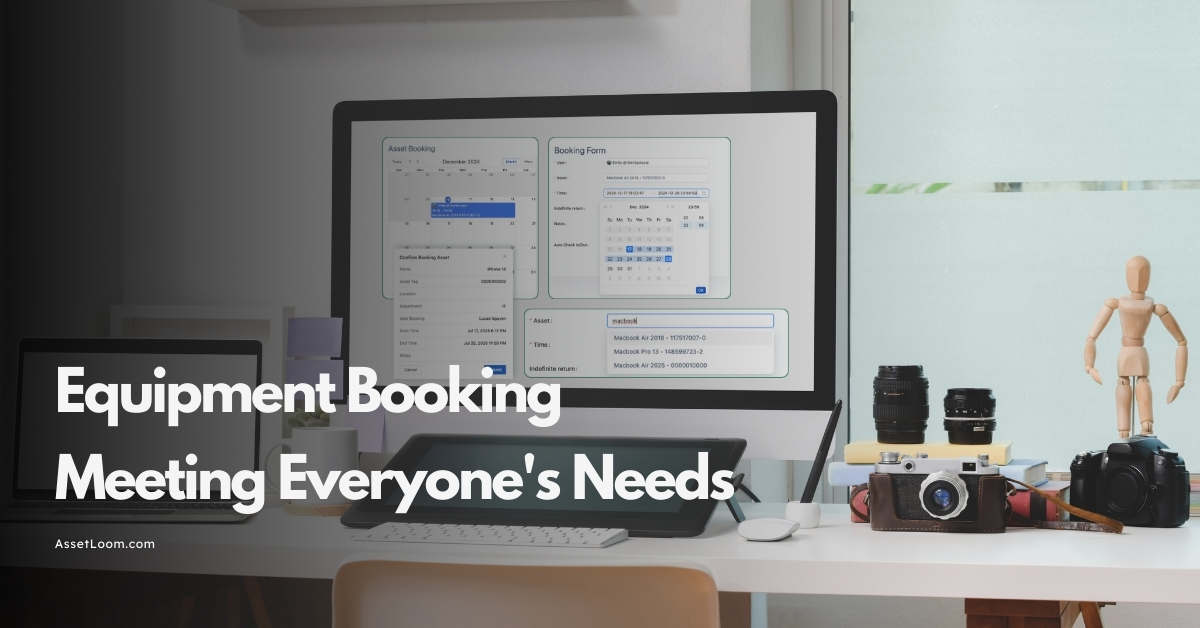










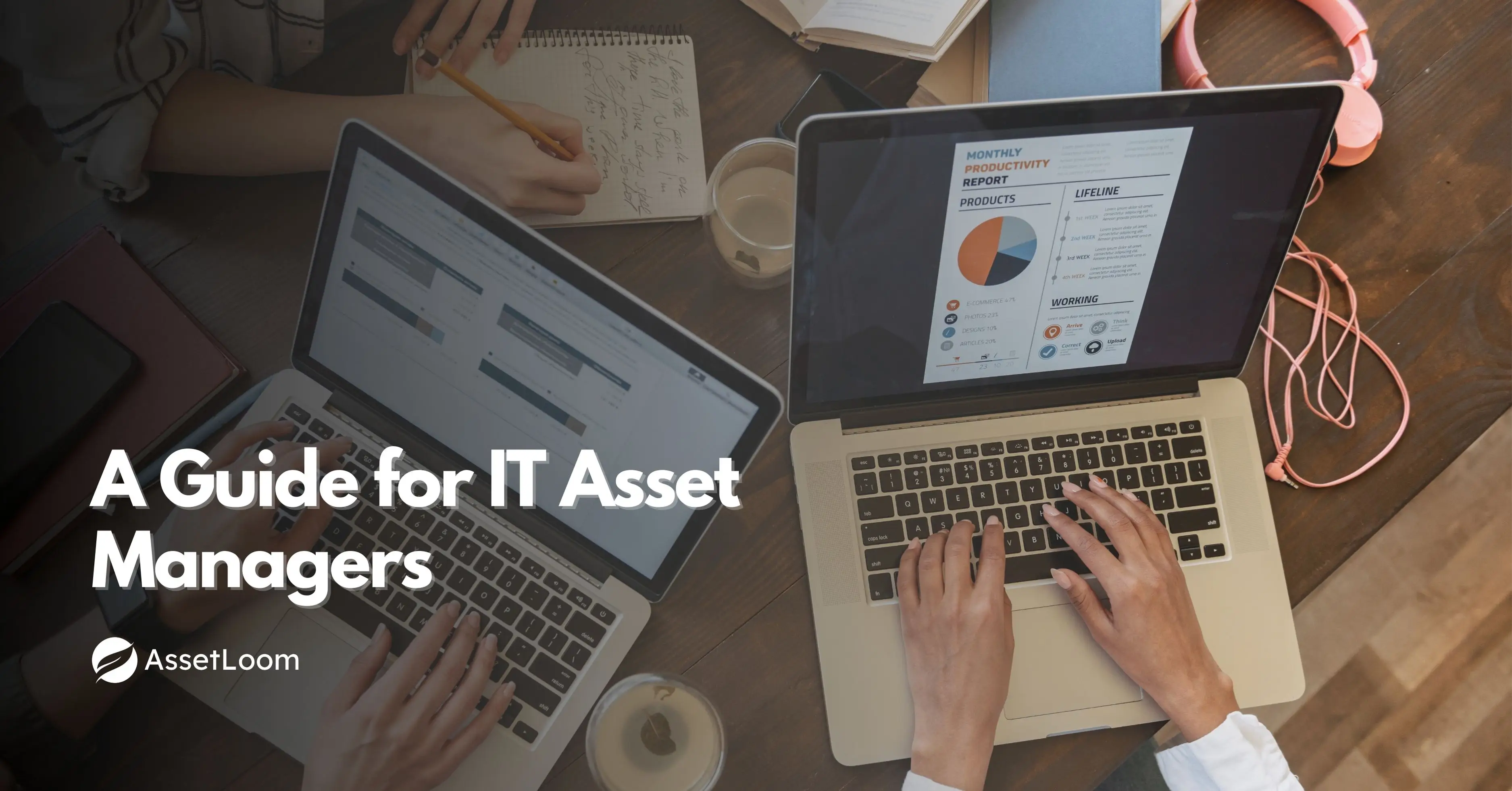
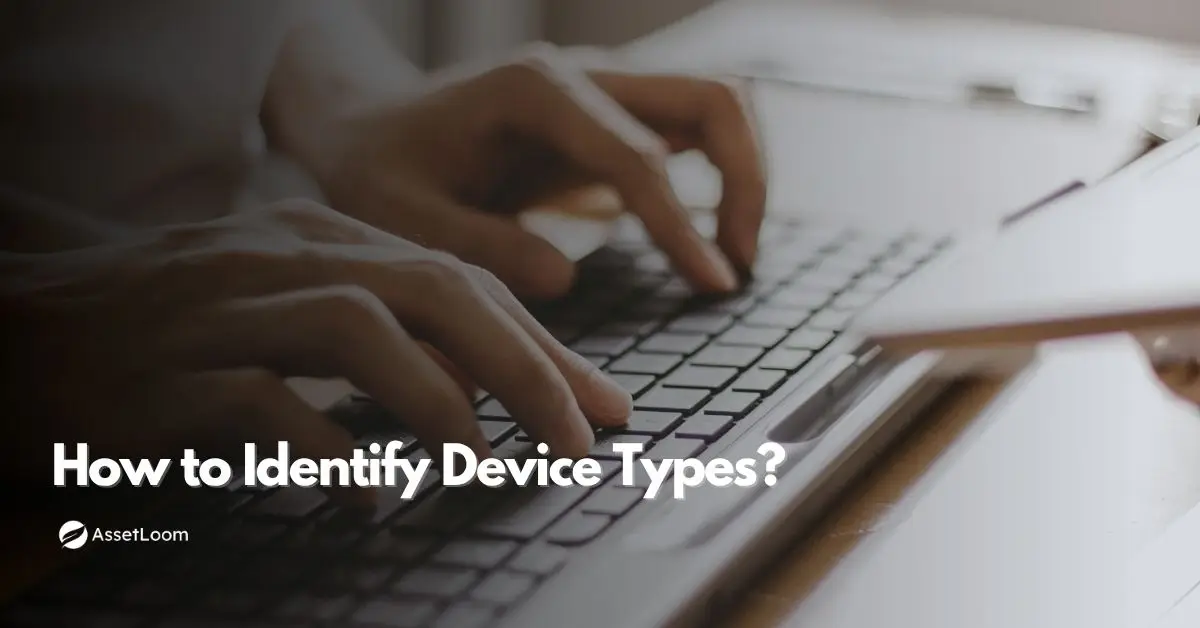
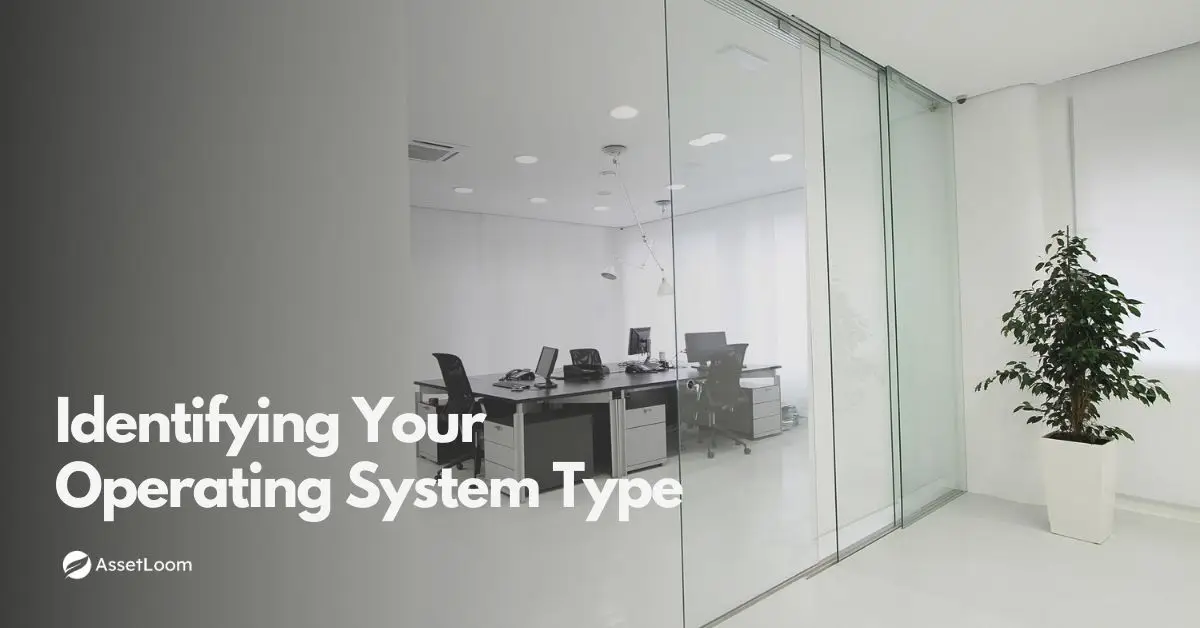



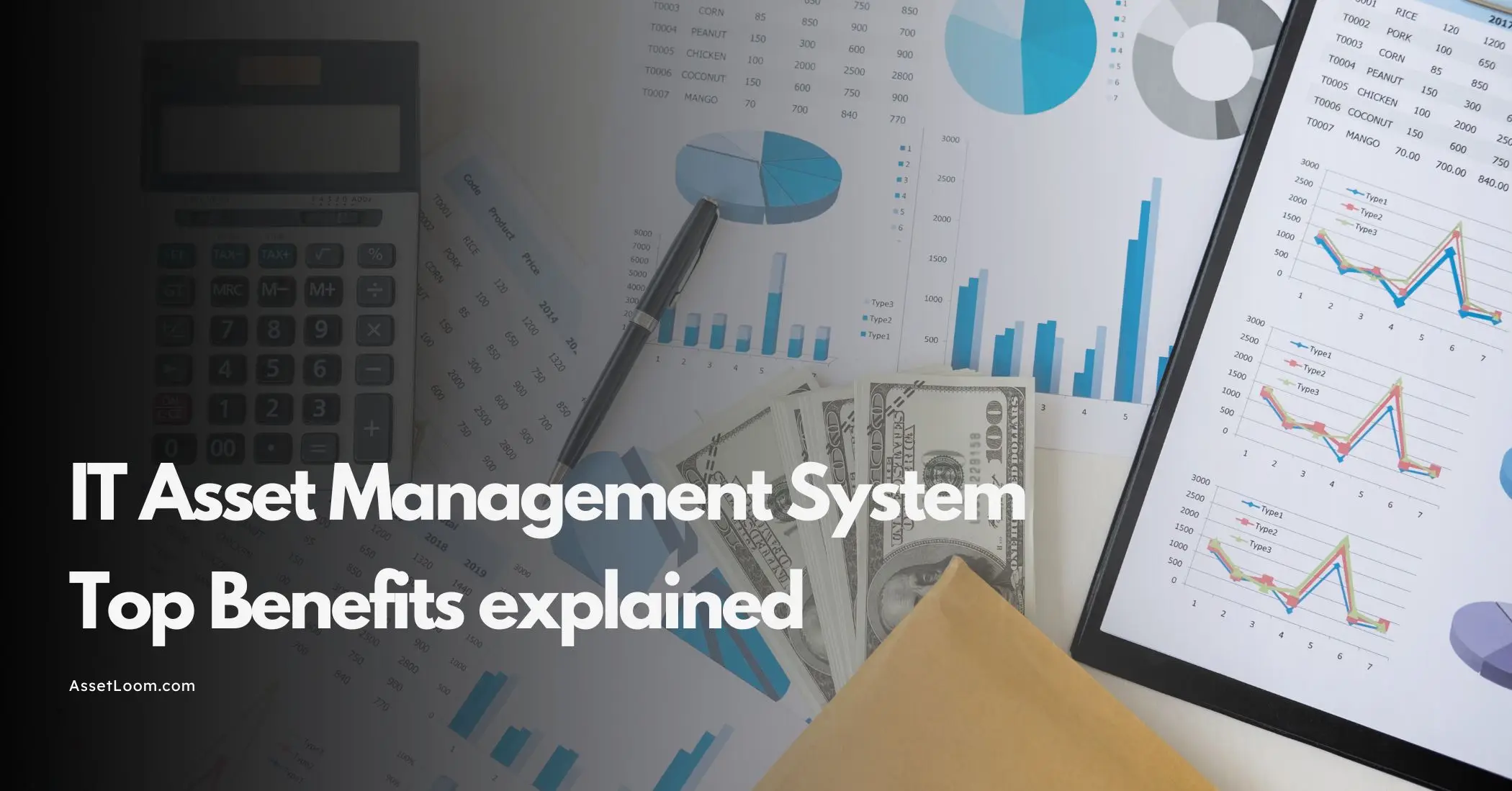

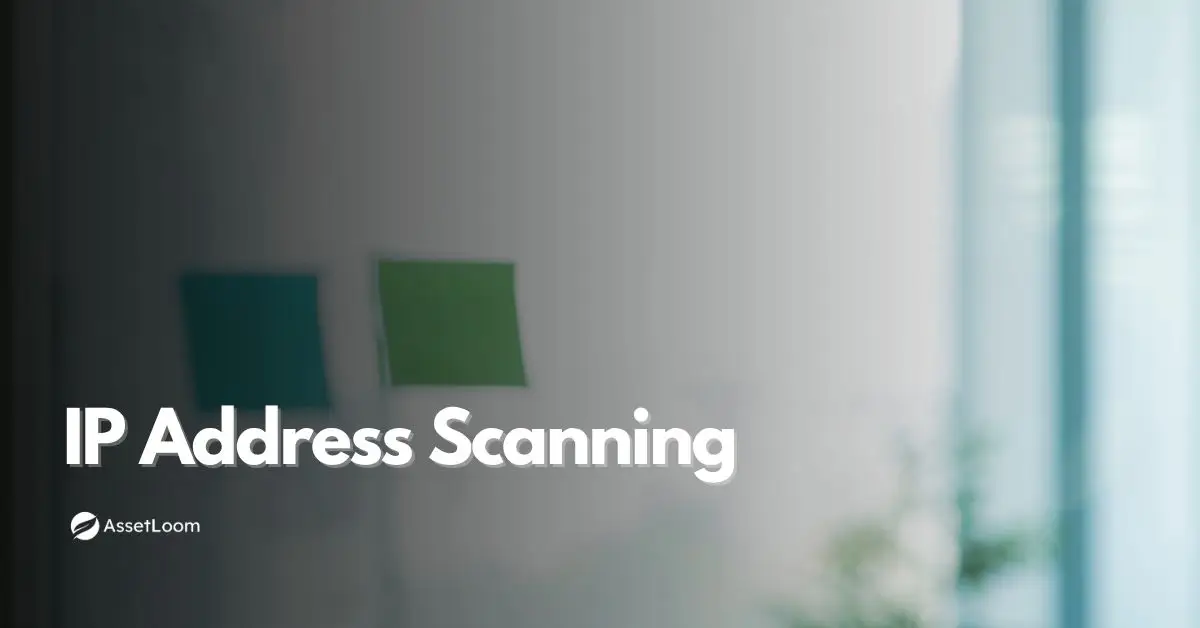
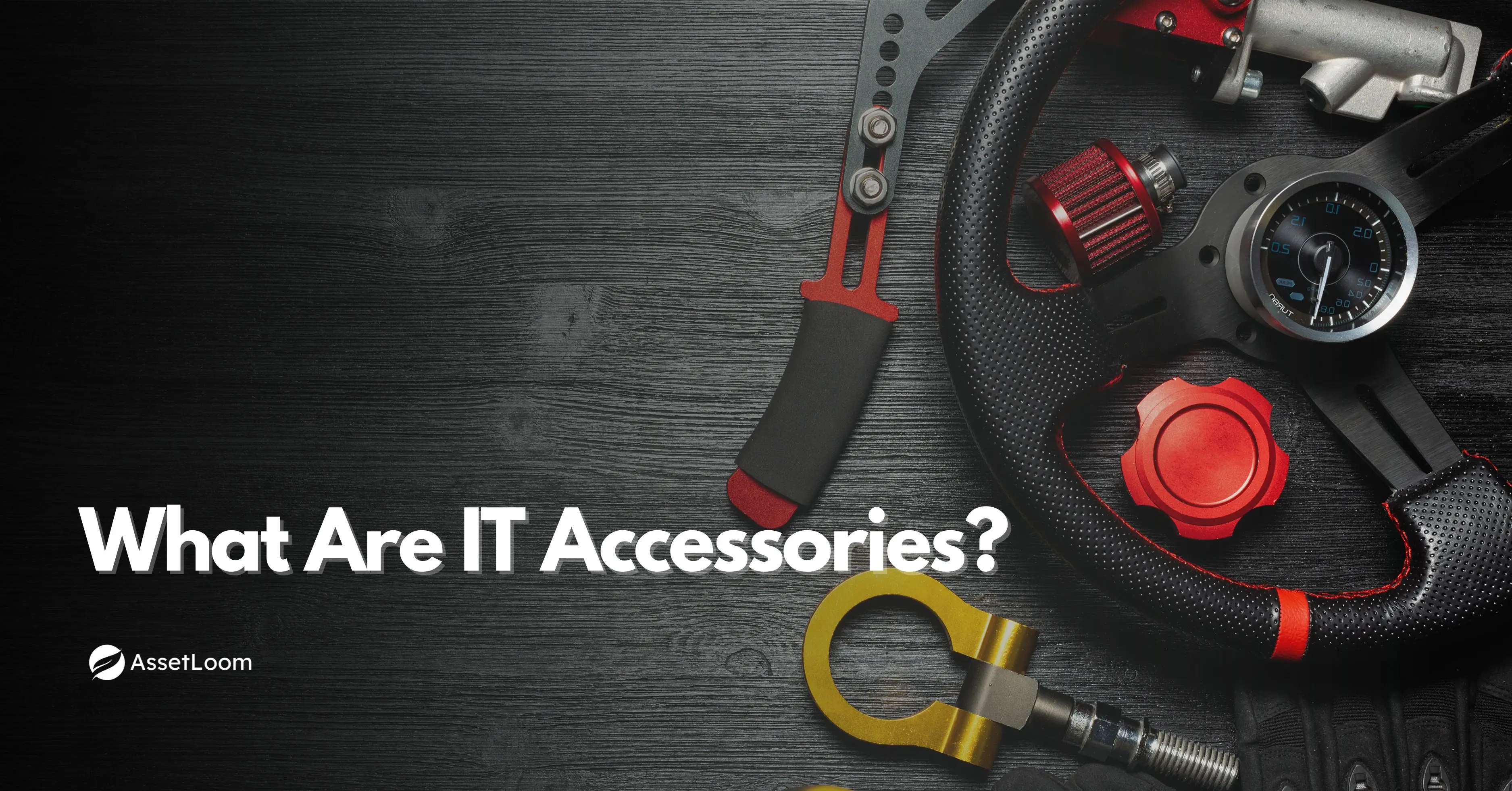

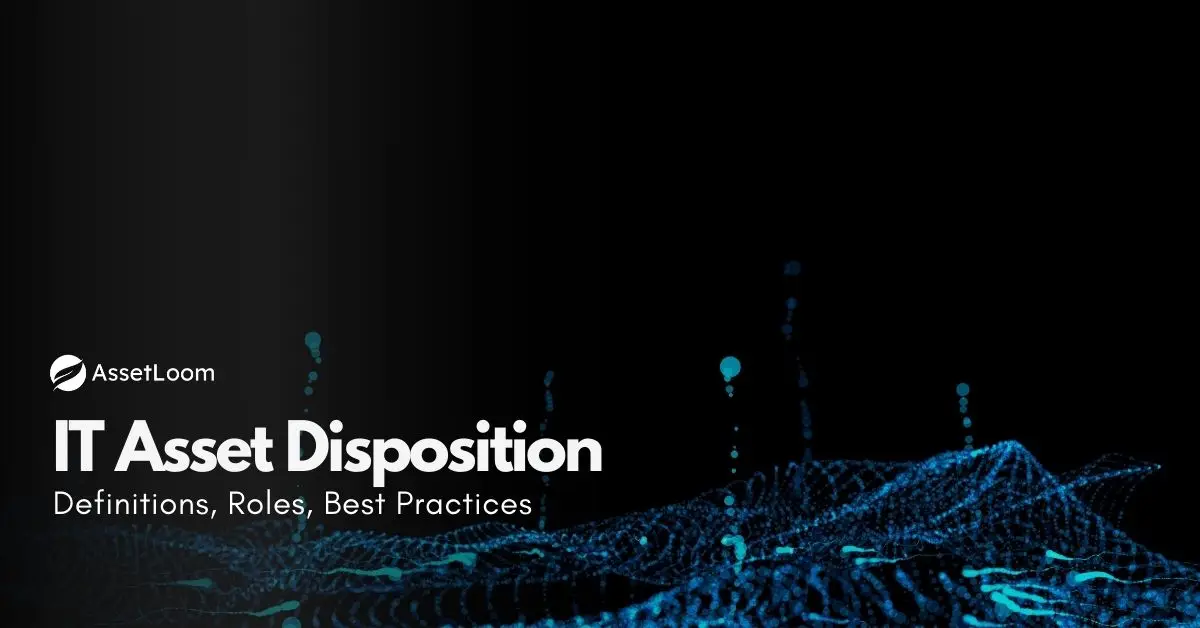
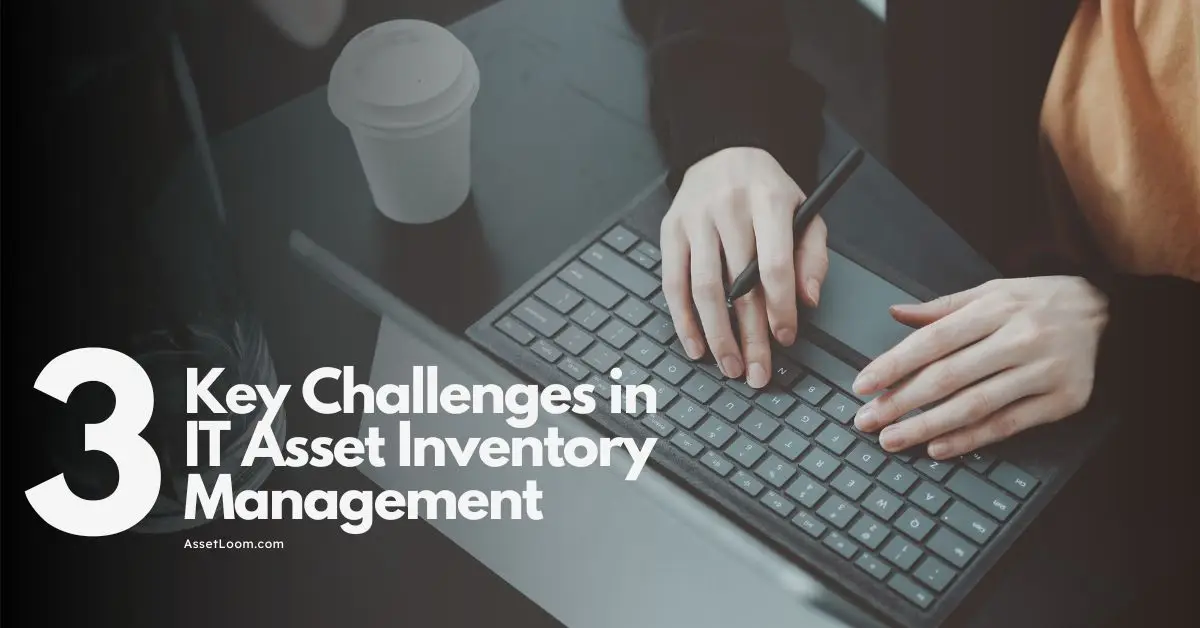

![IT Asset Lifecycle Management Policy Template [Free Download]](https://assetloom.com/marketing/blog/it-asset-lifecycle-management-policy-template.webp)


